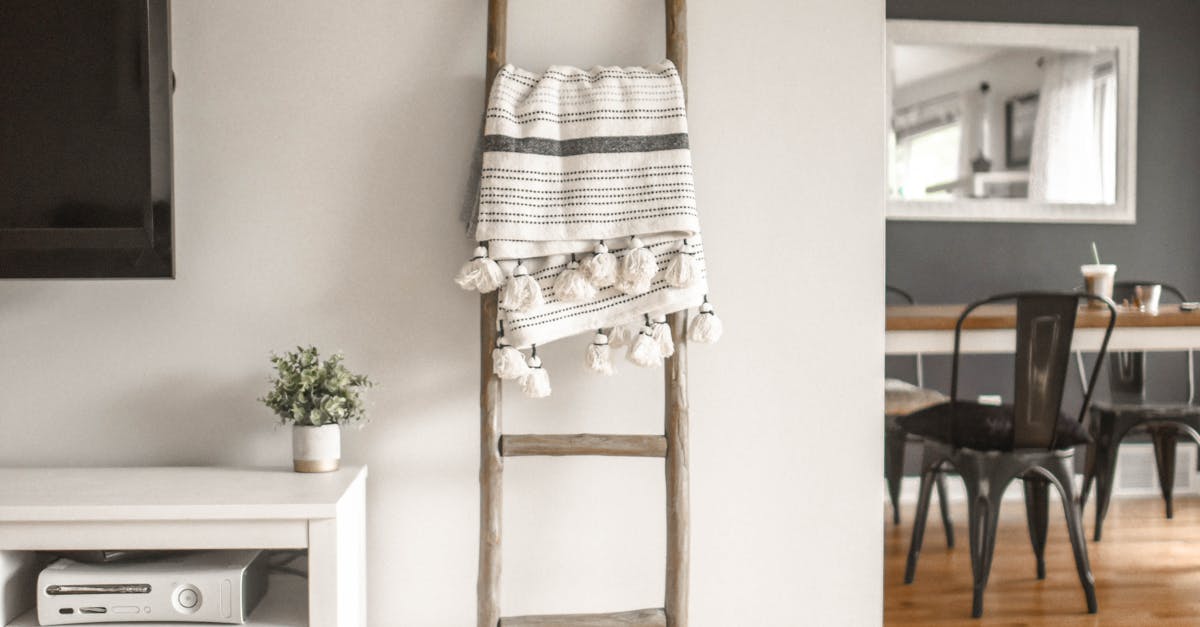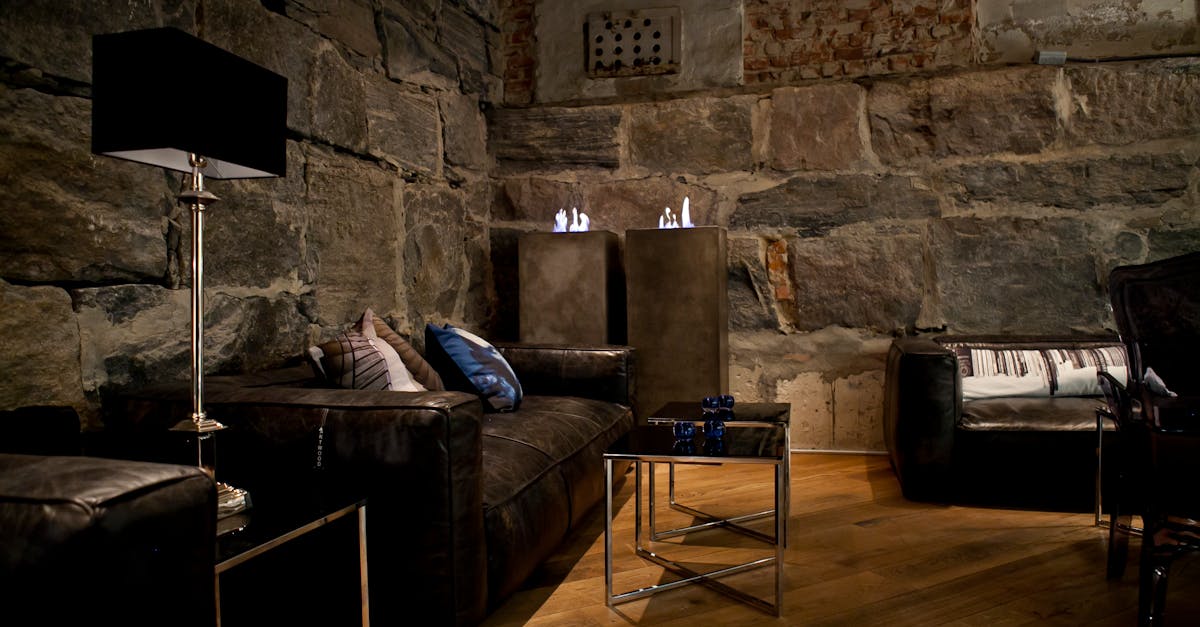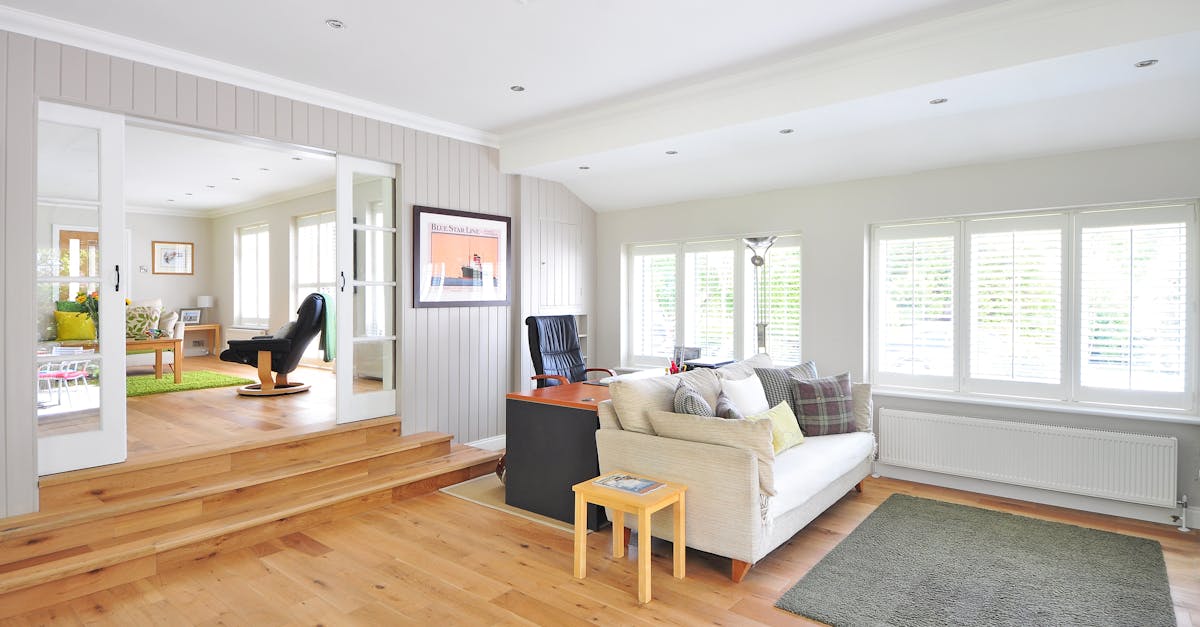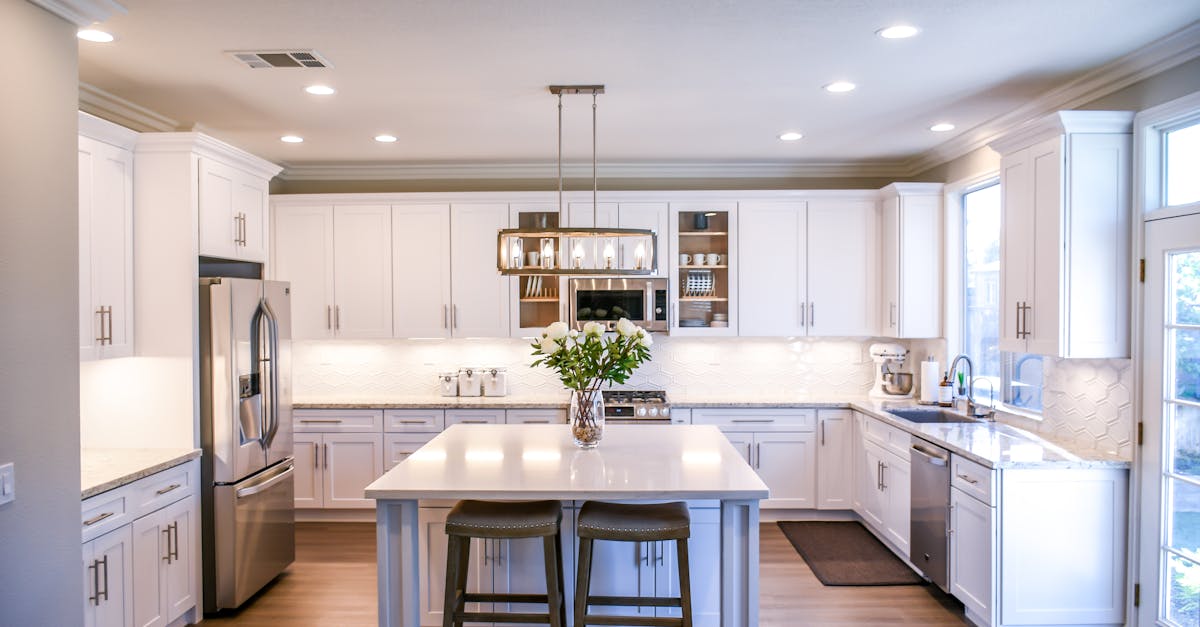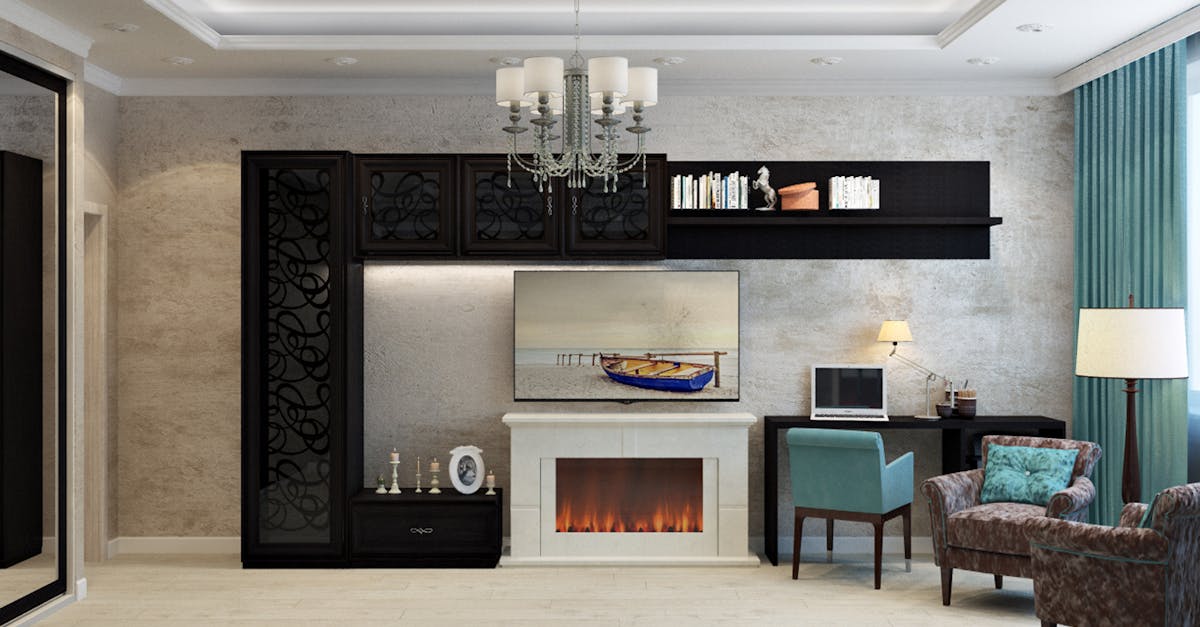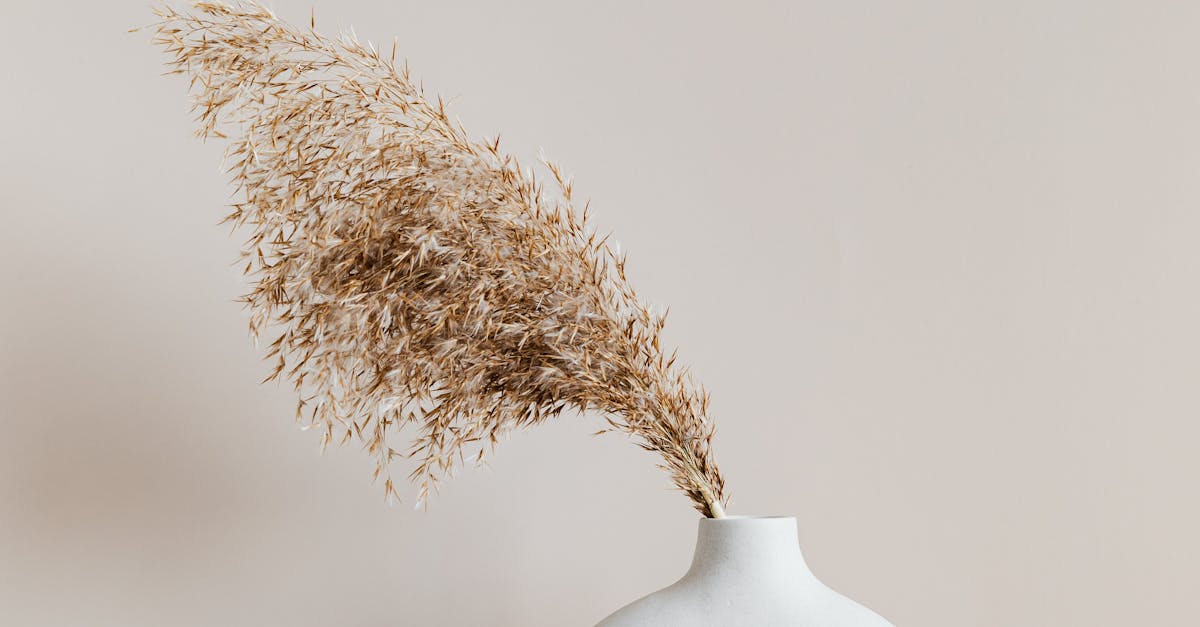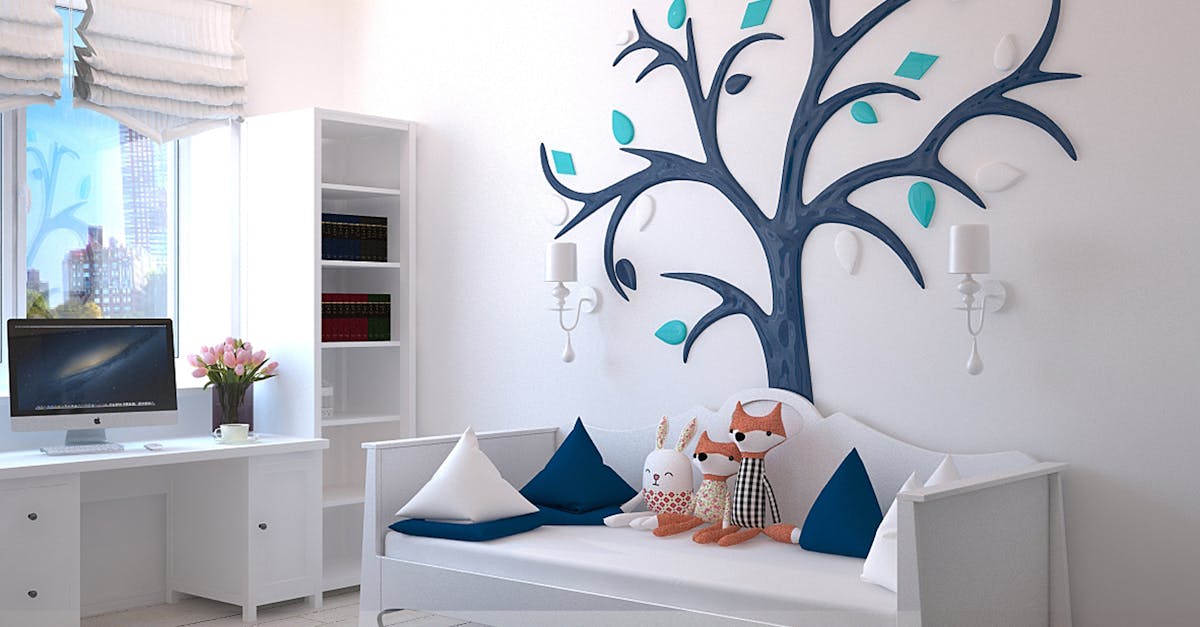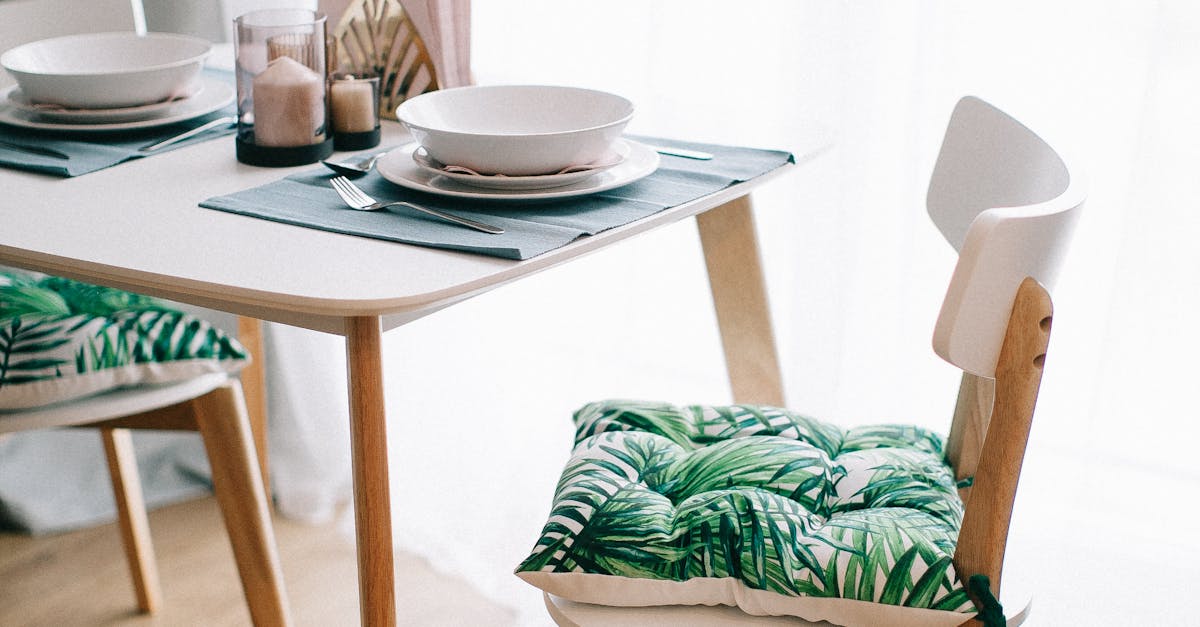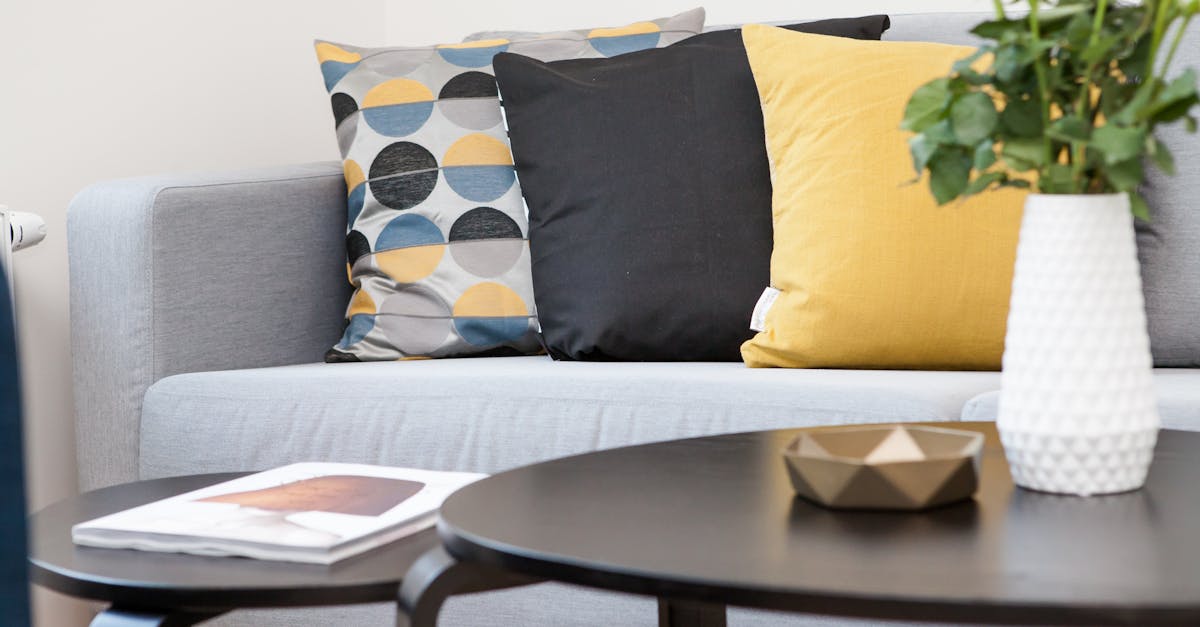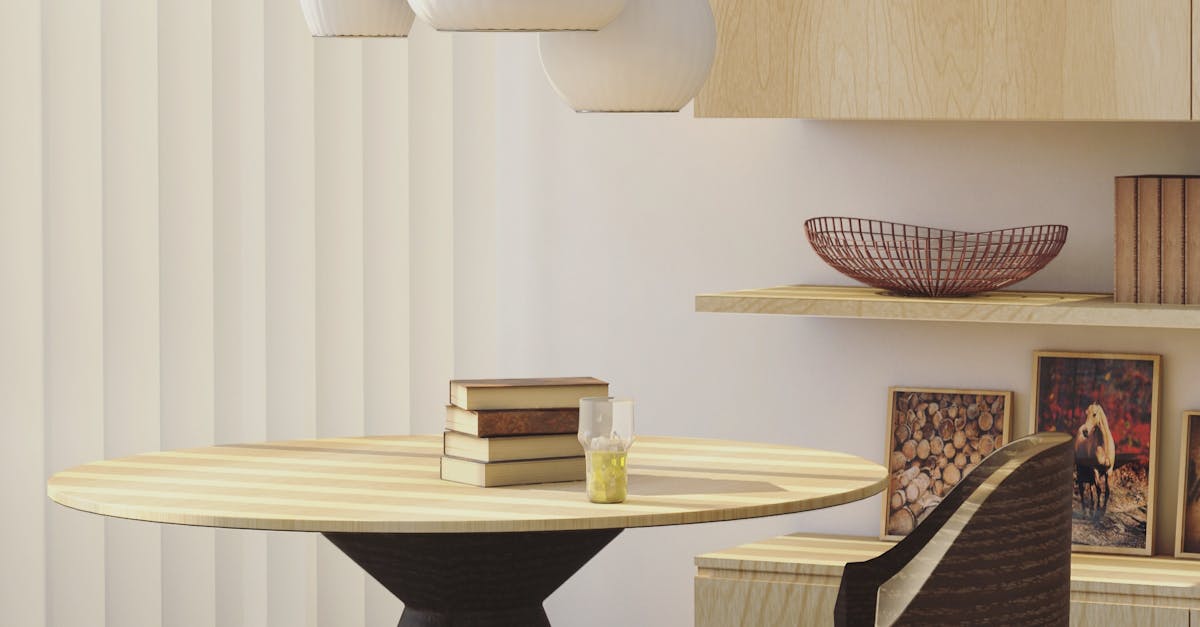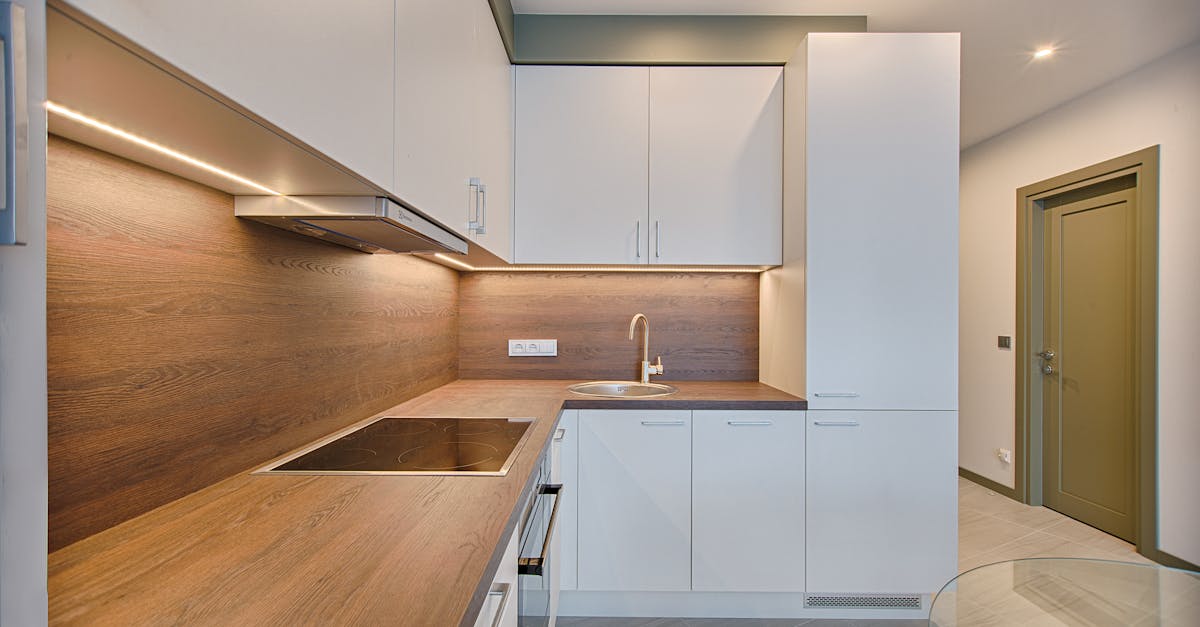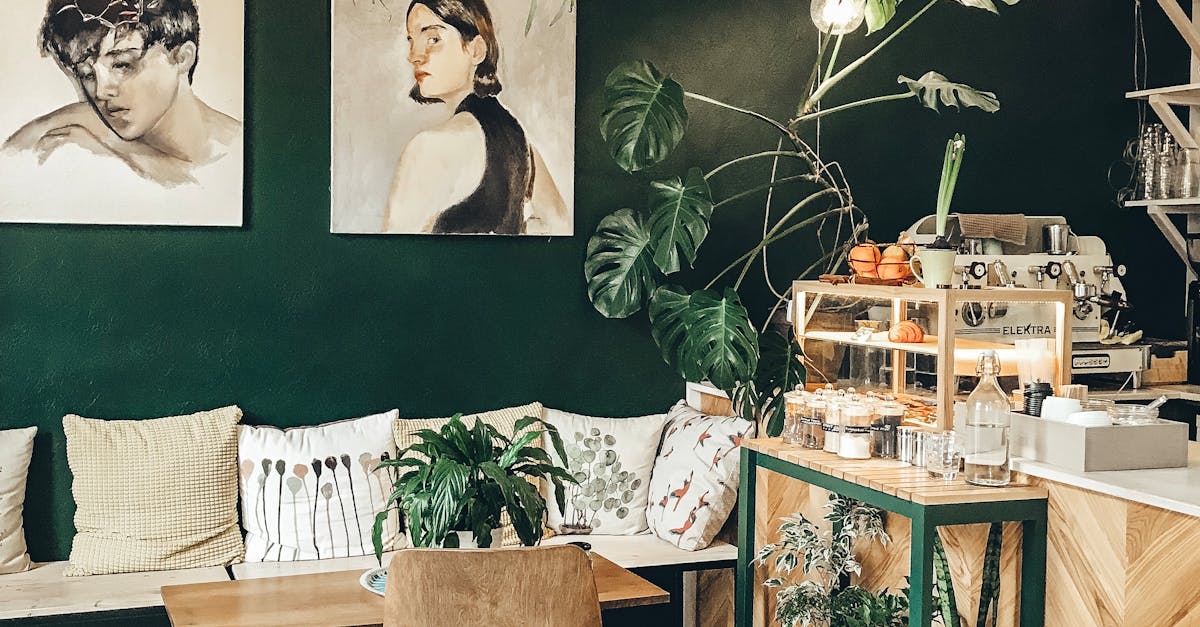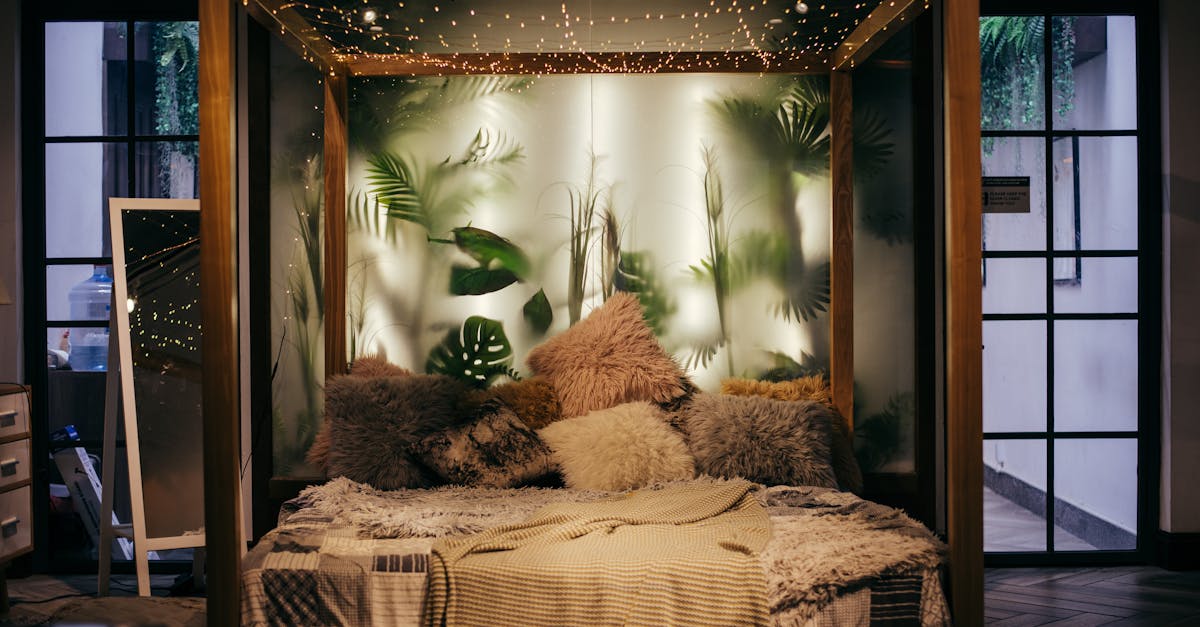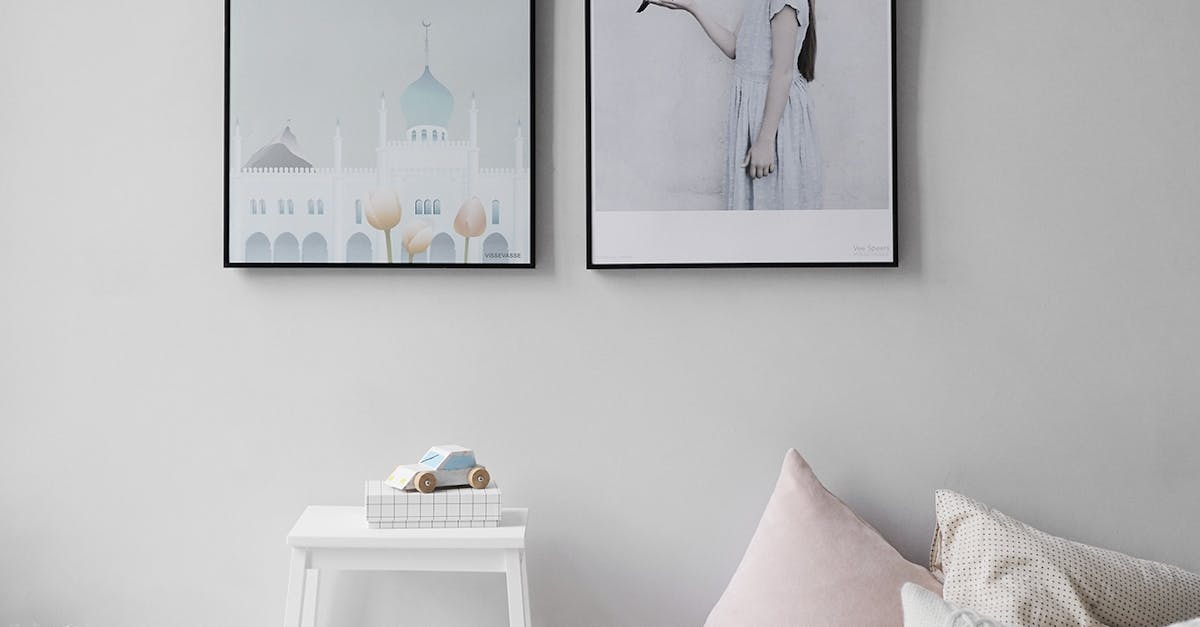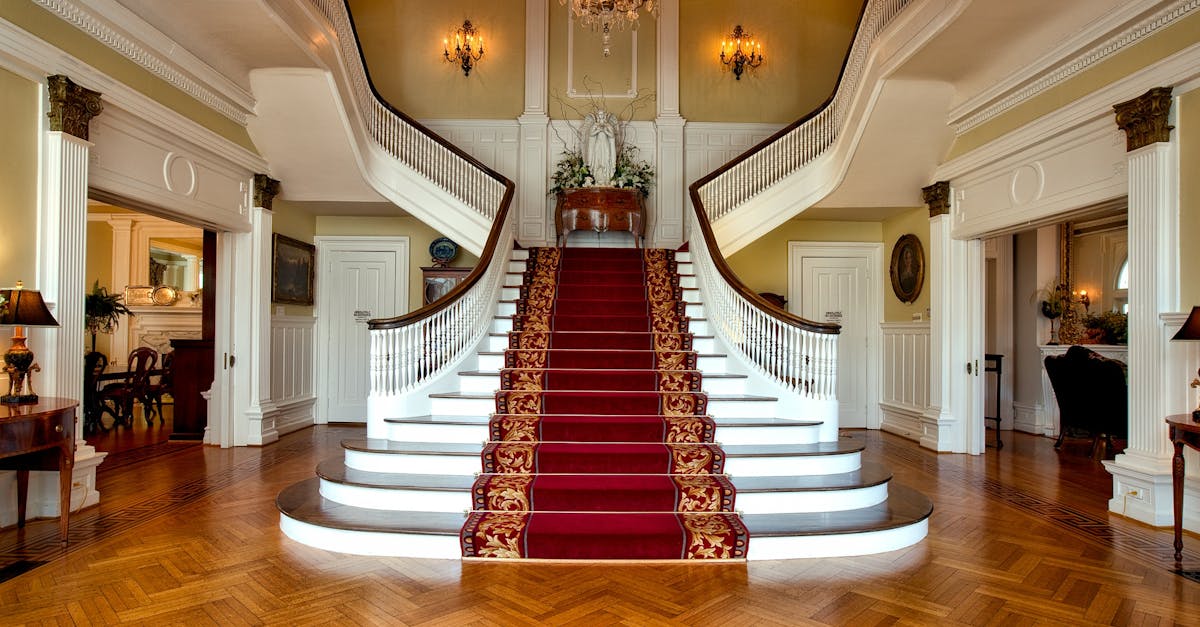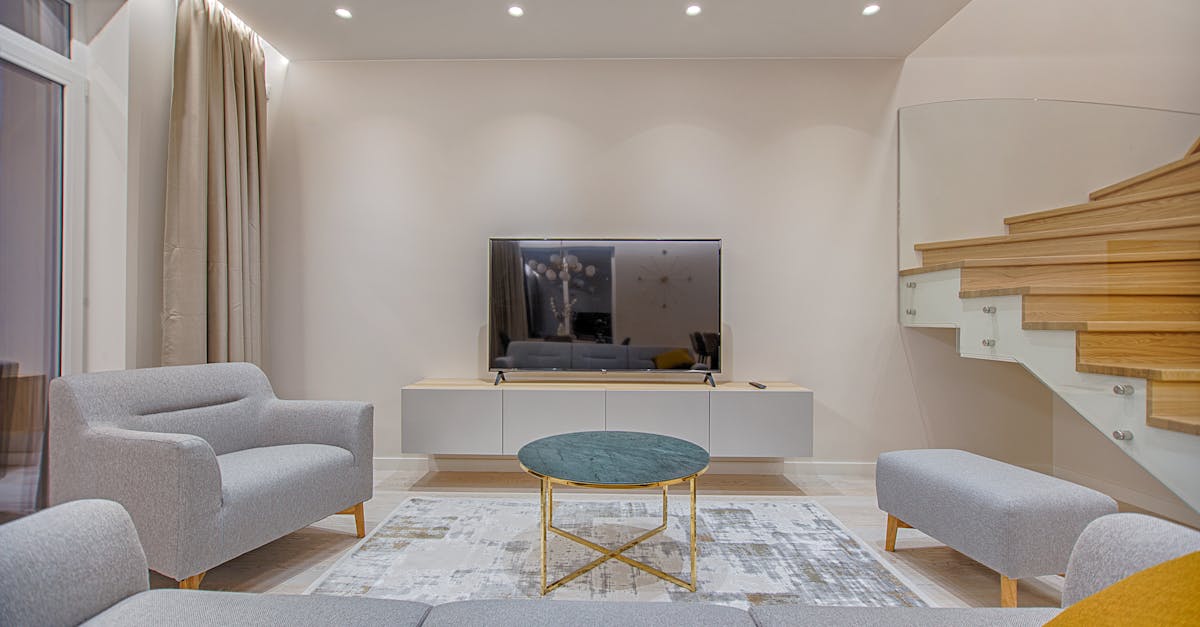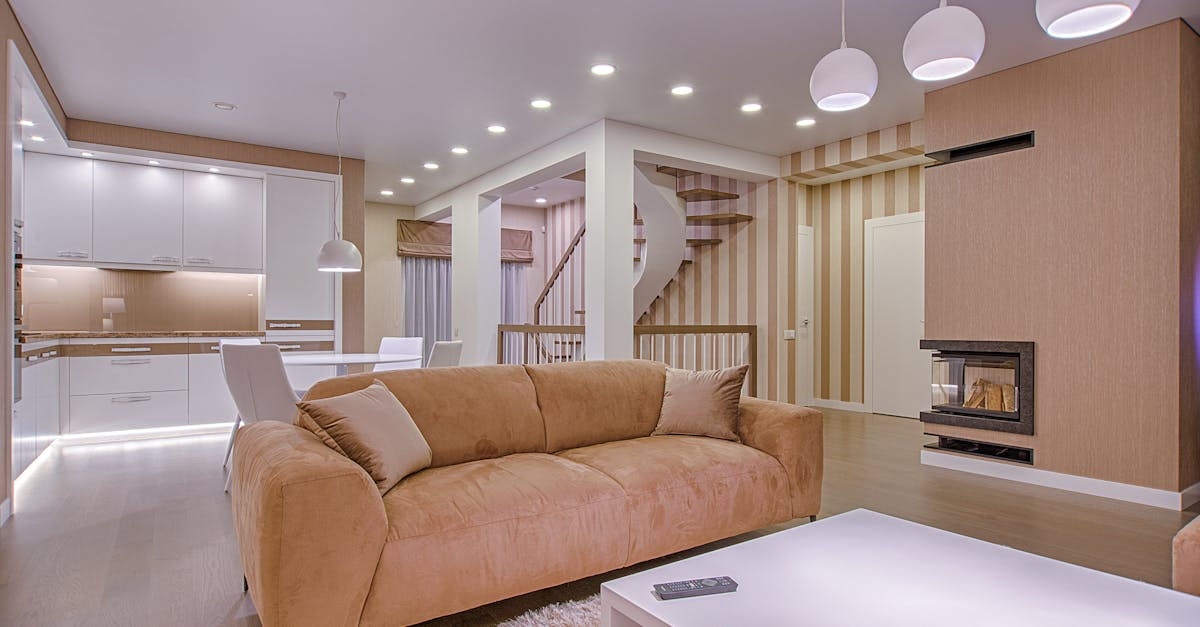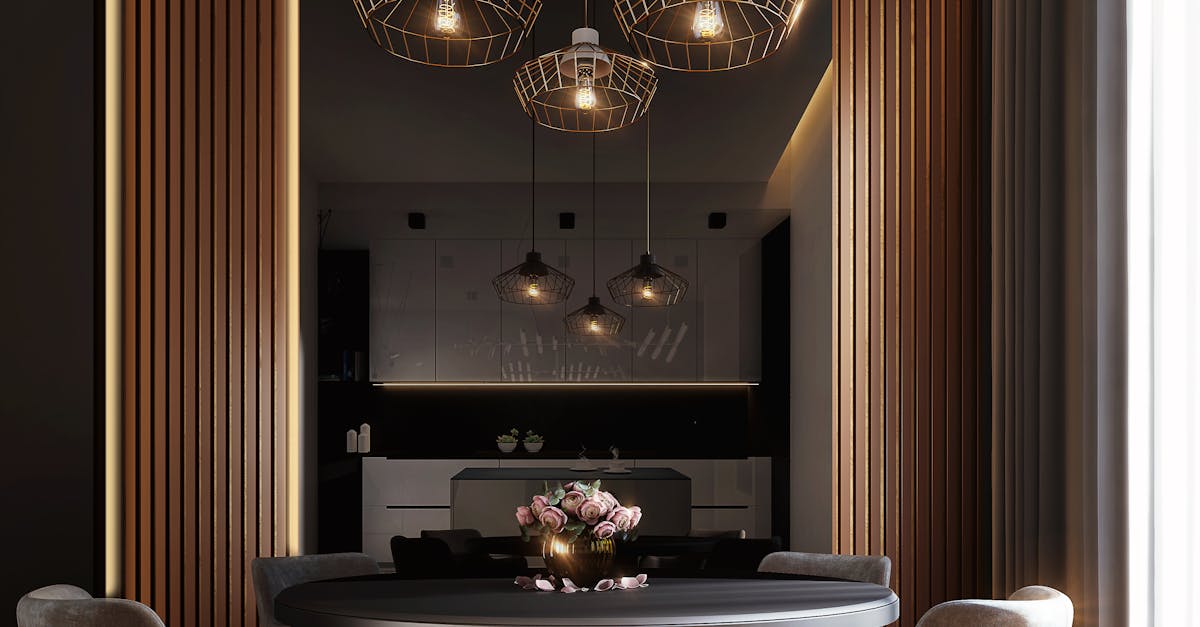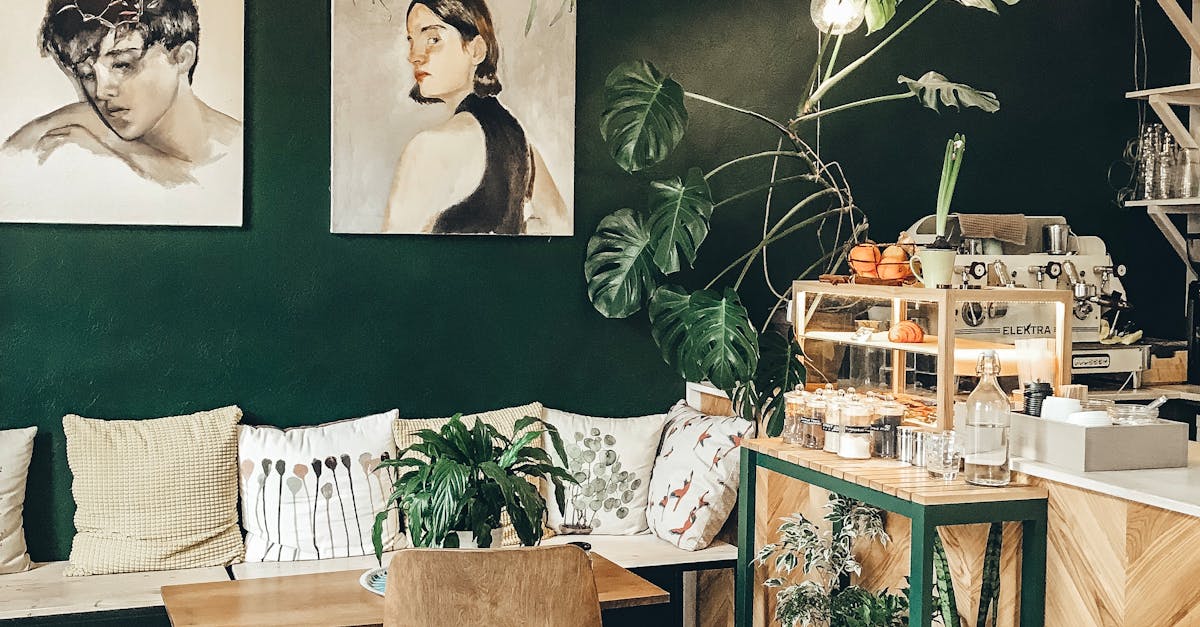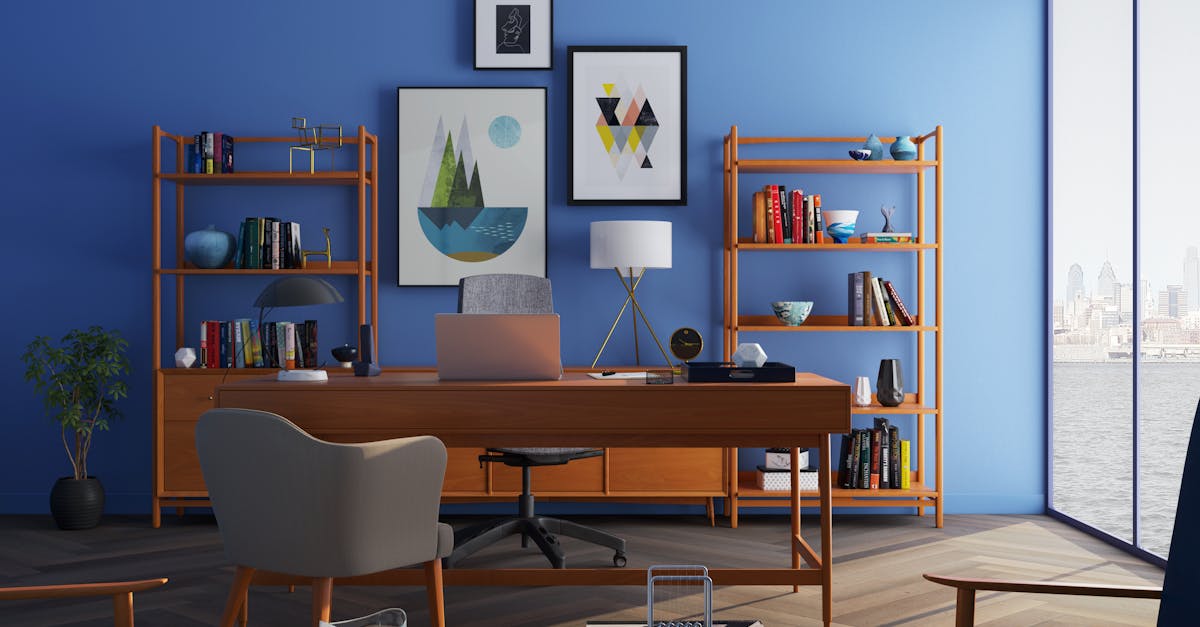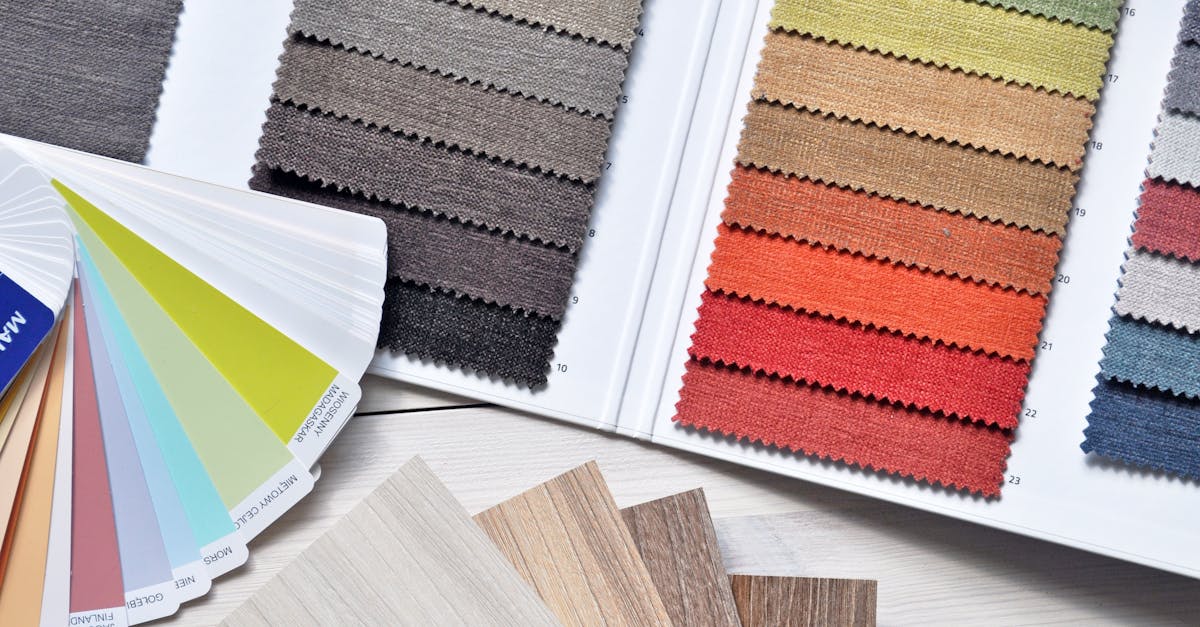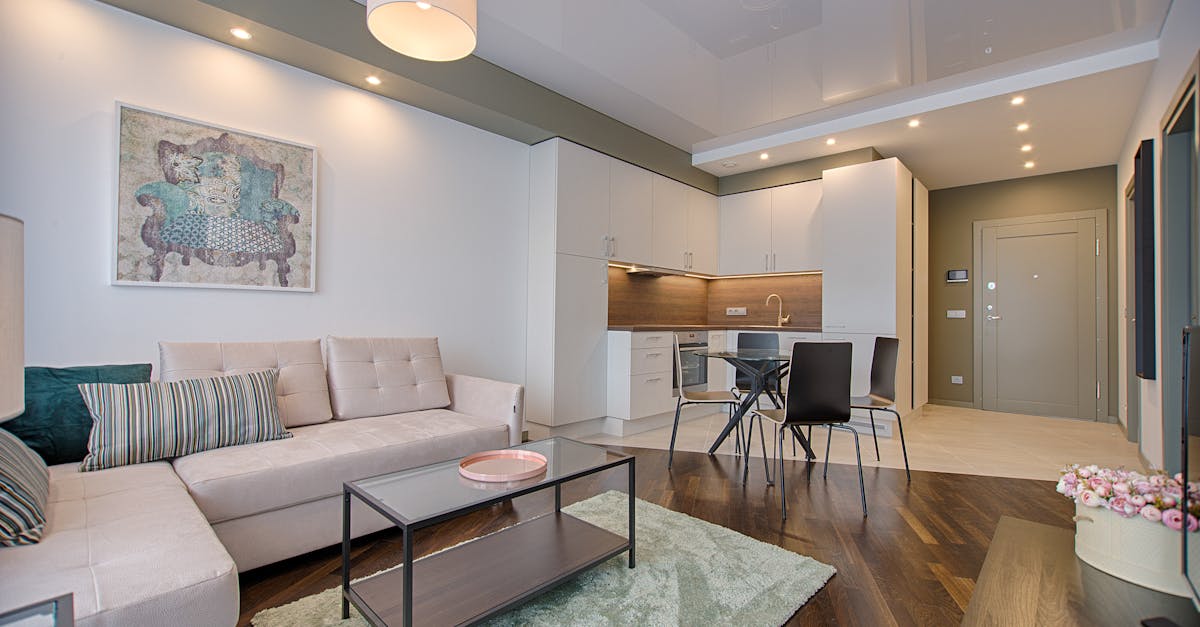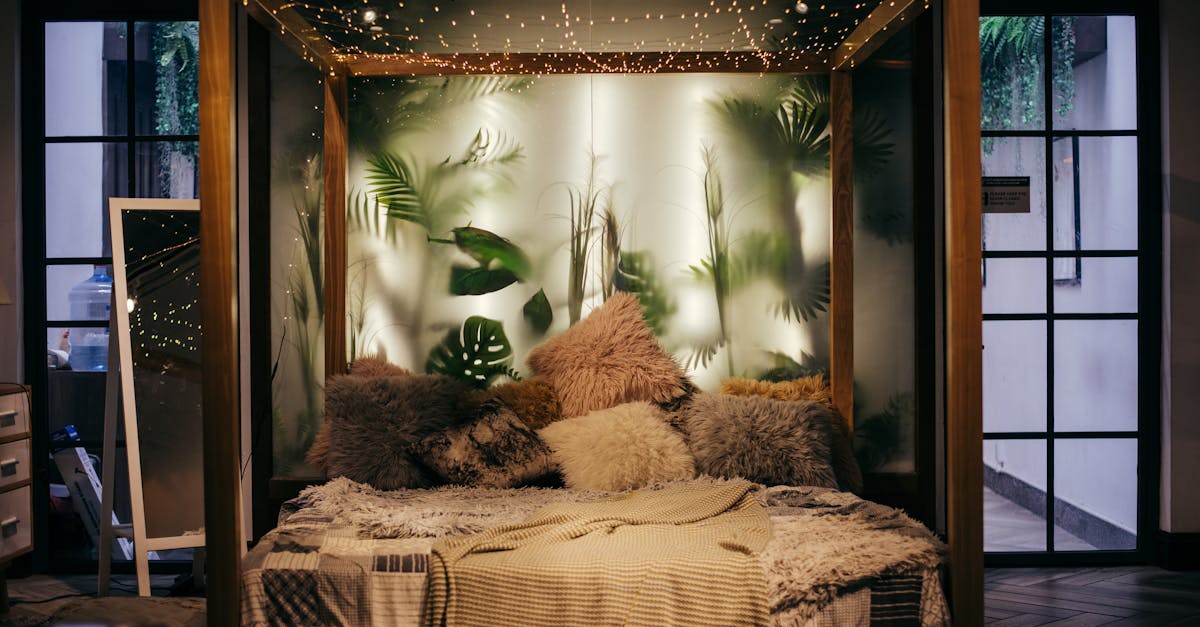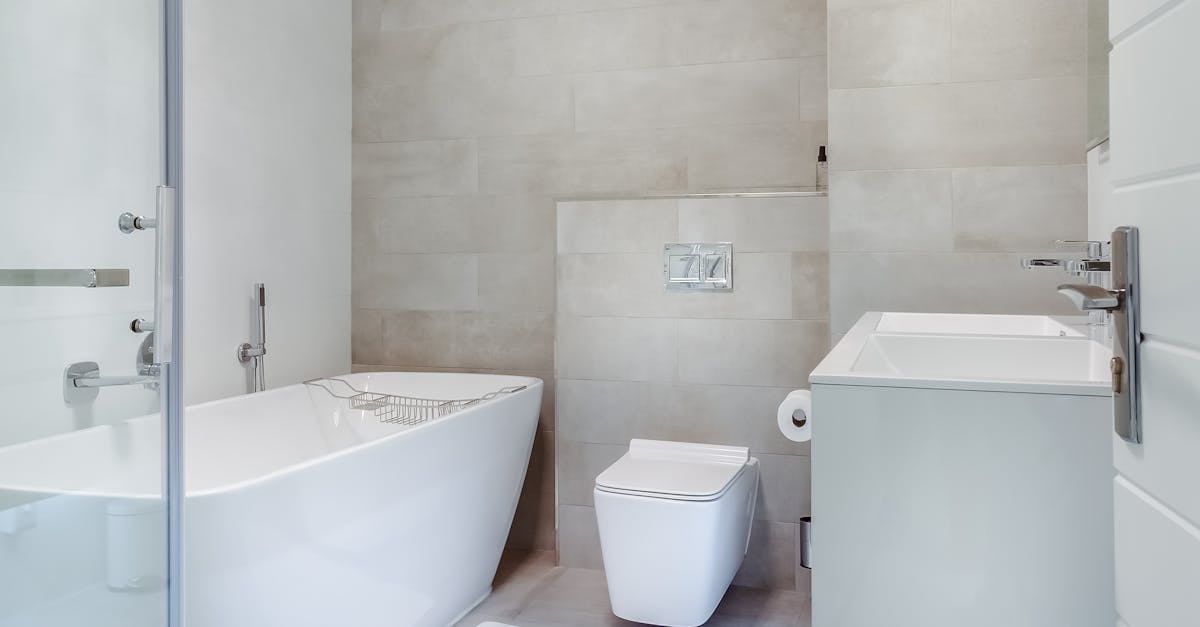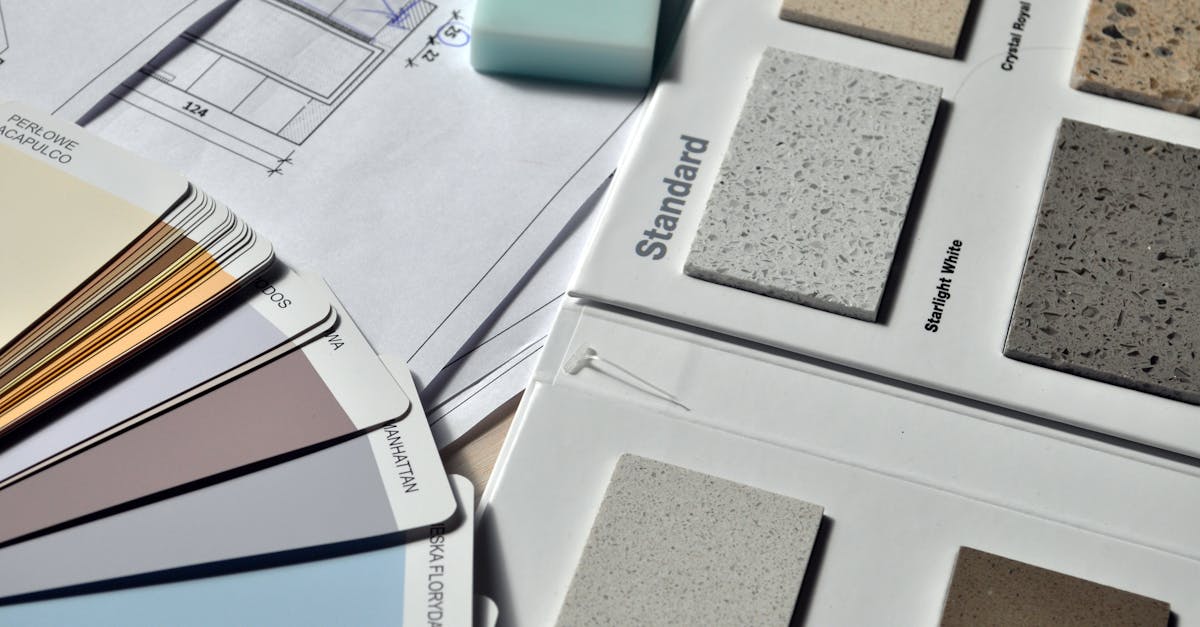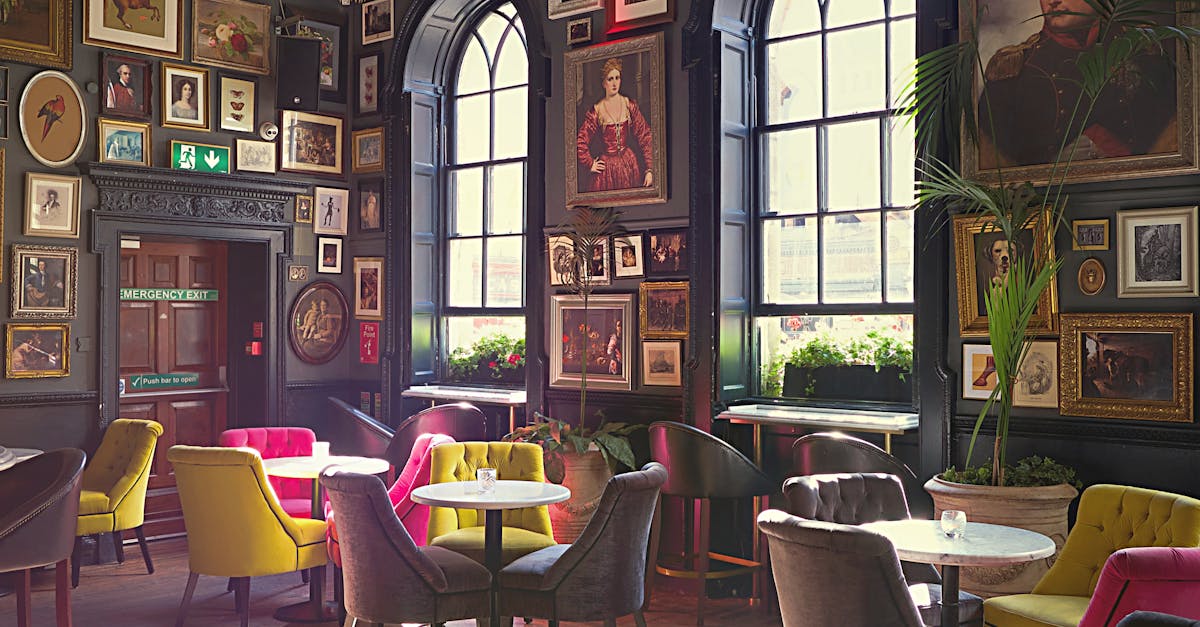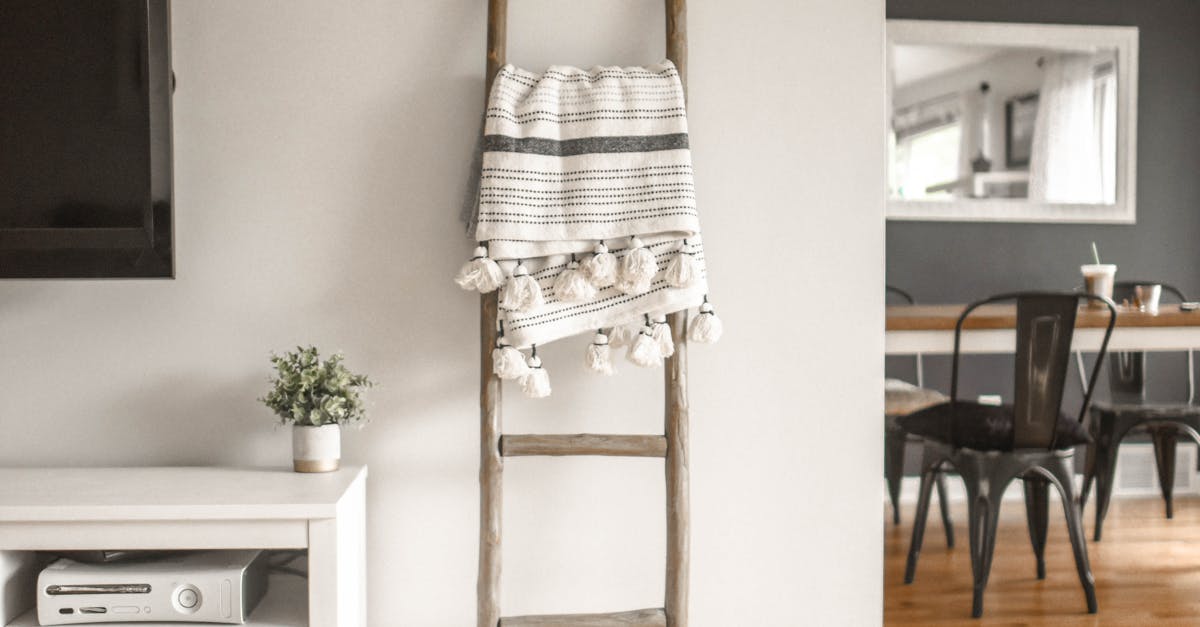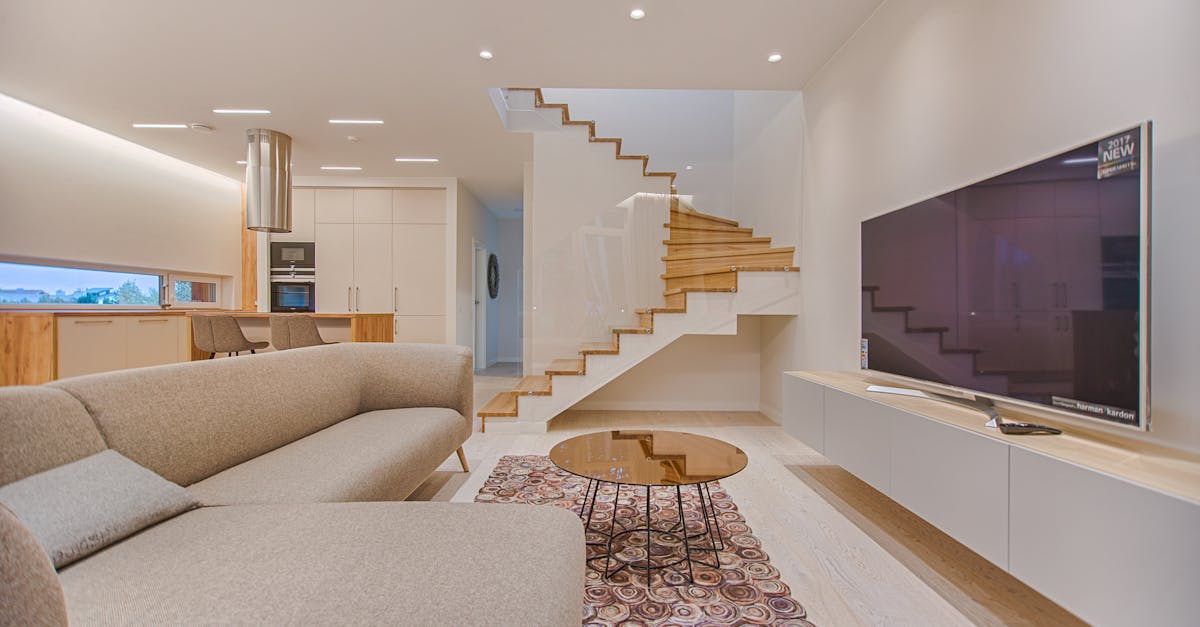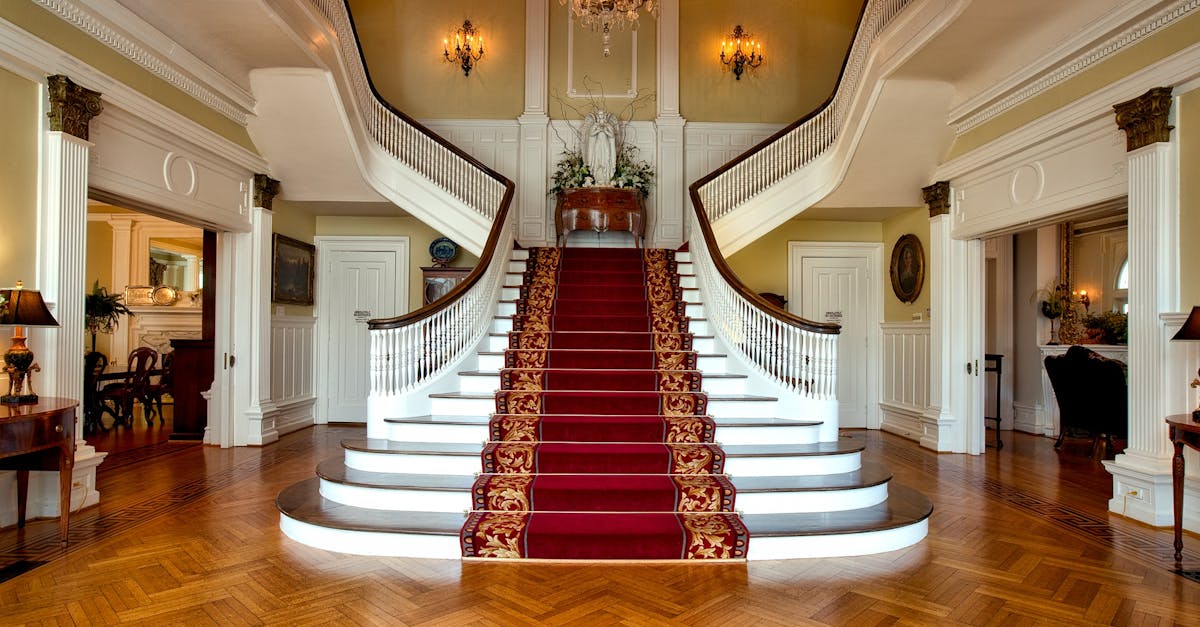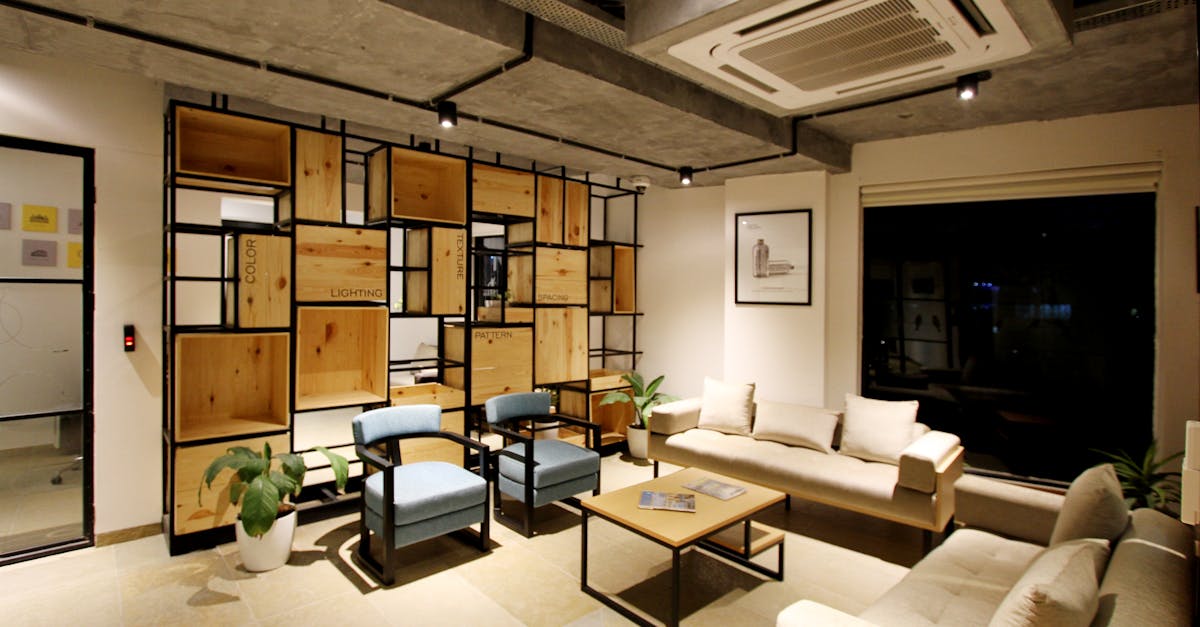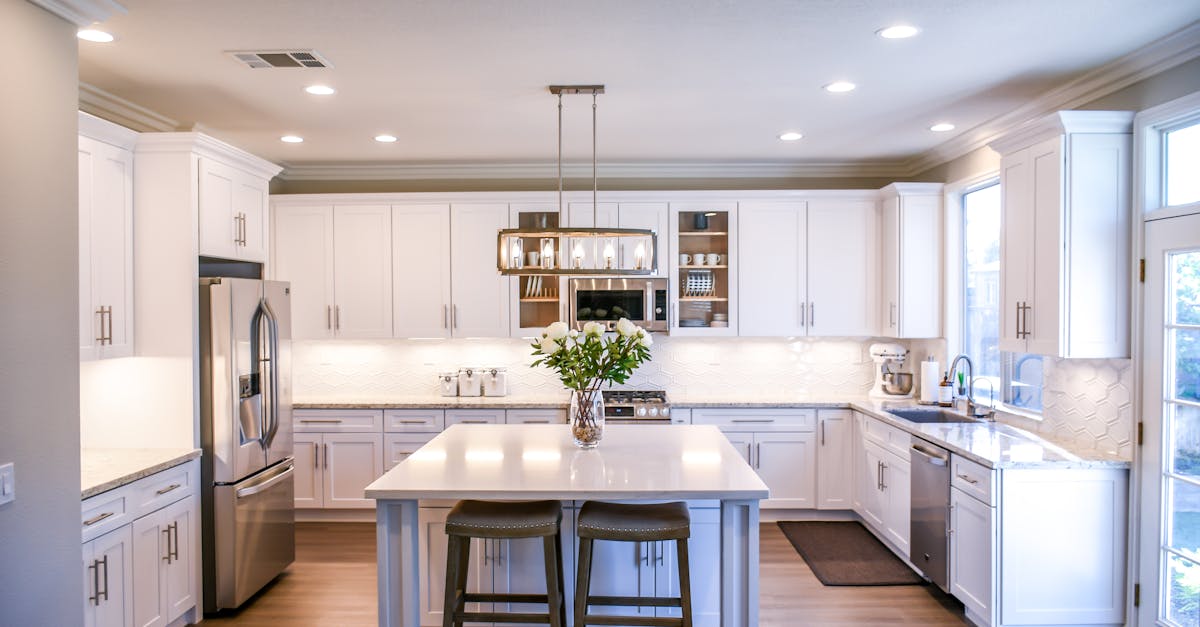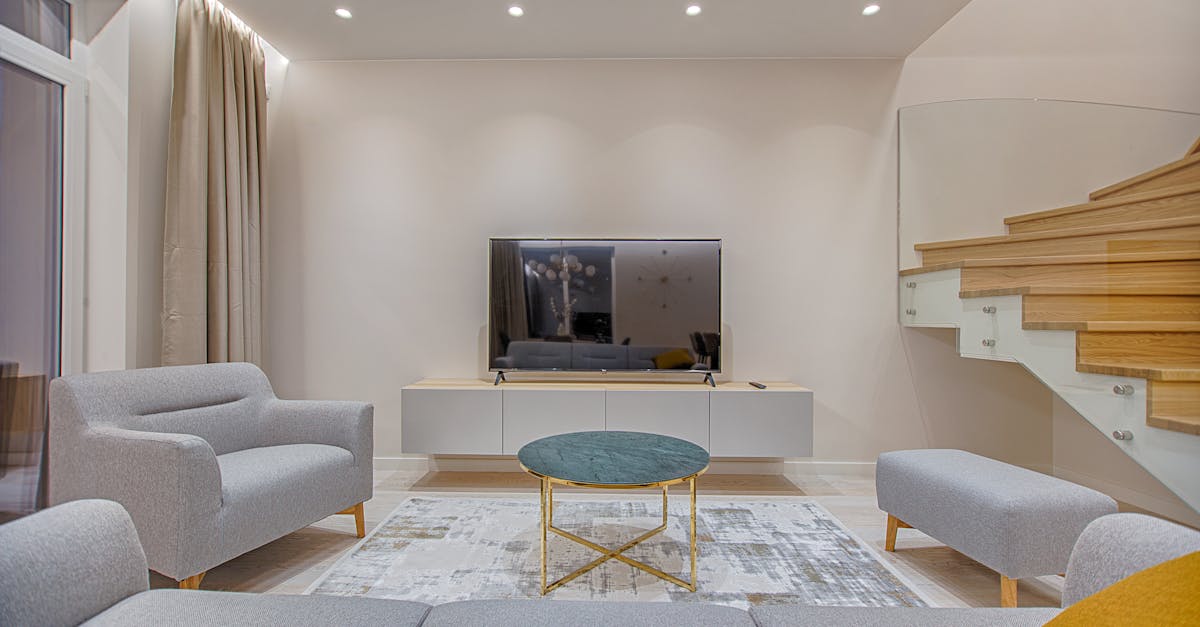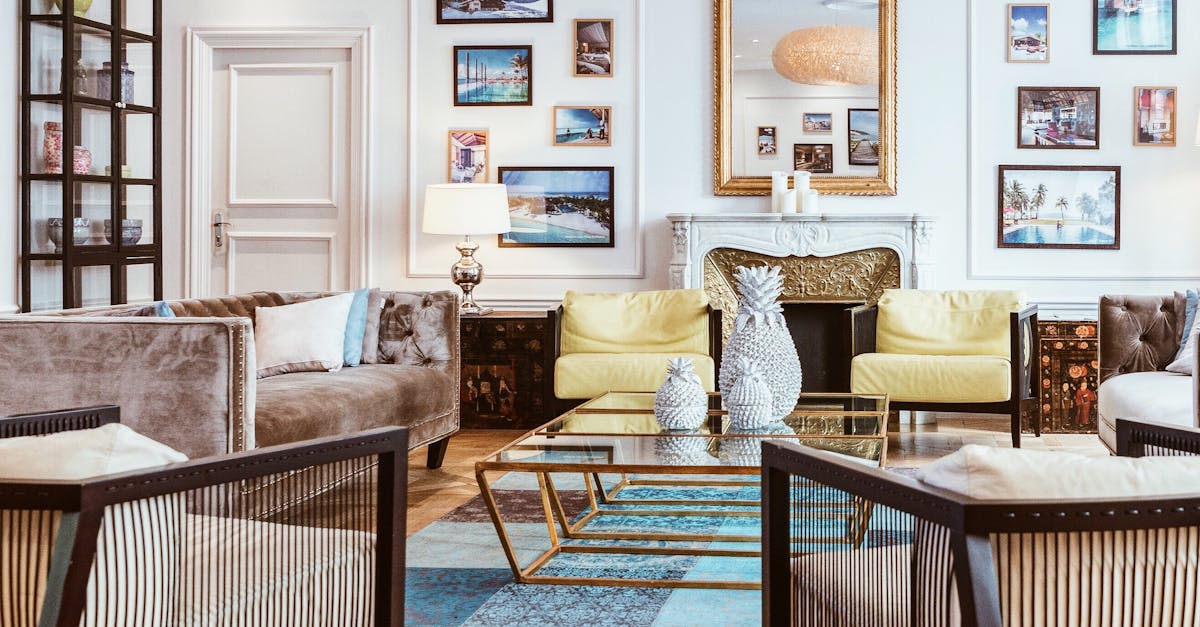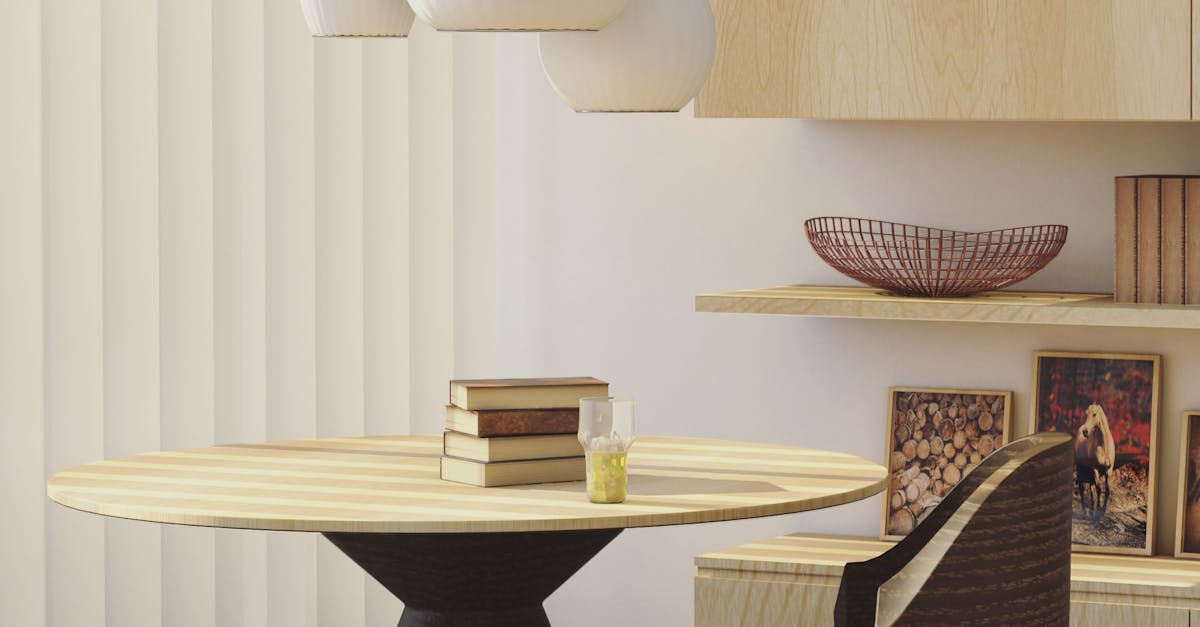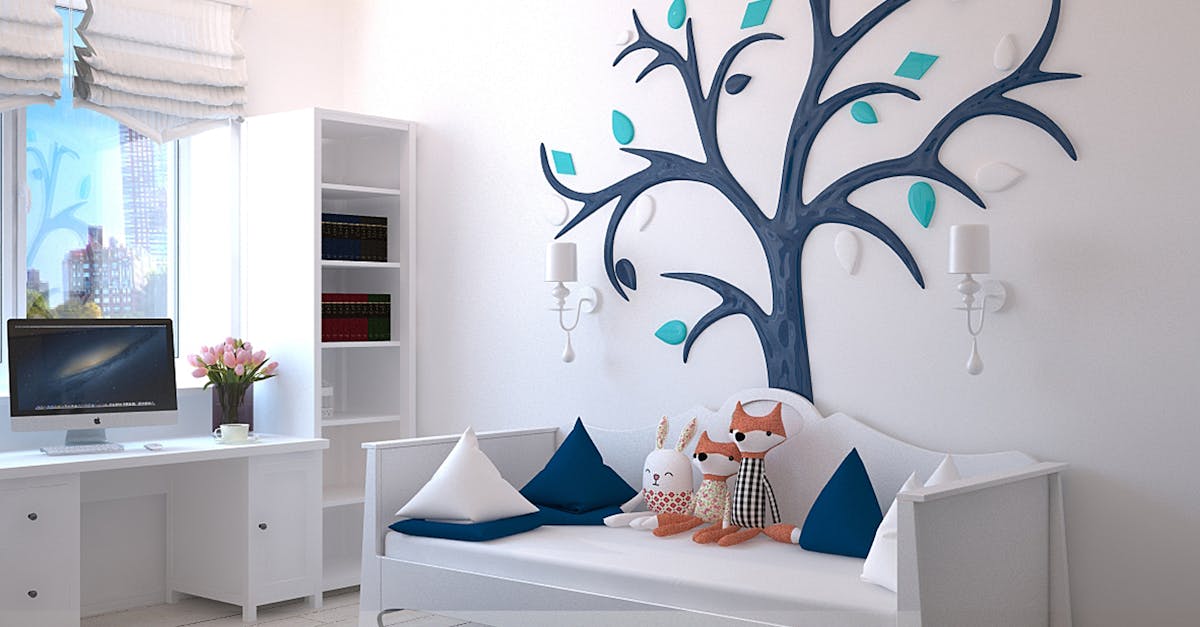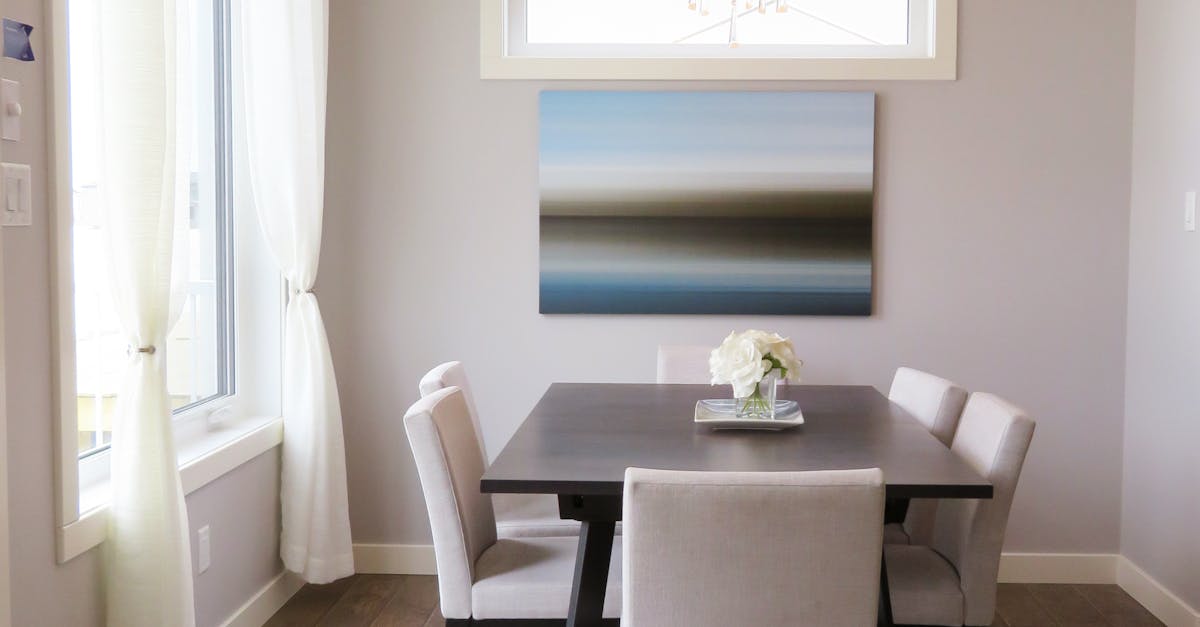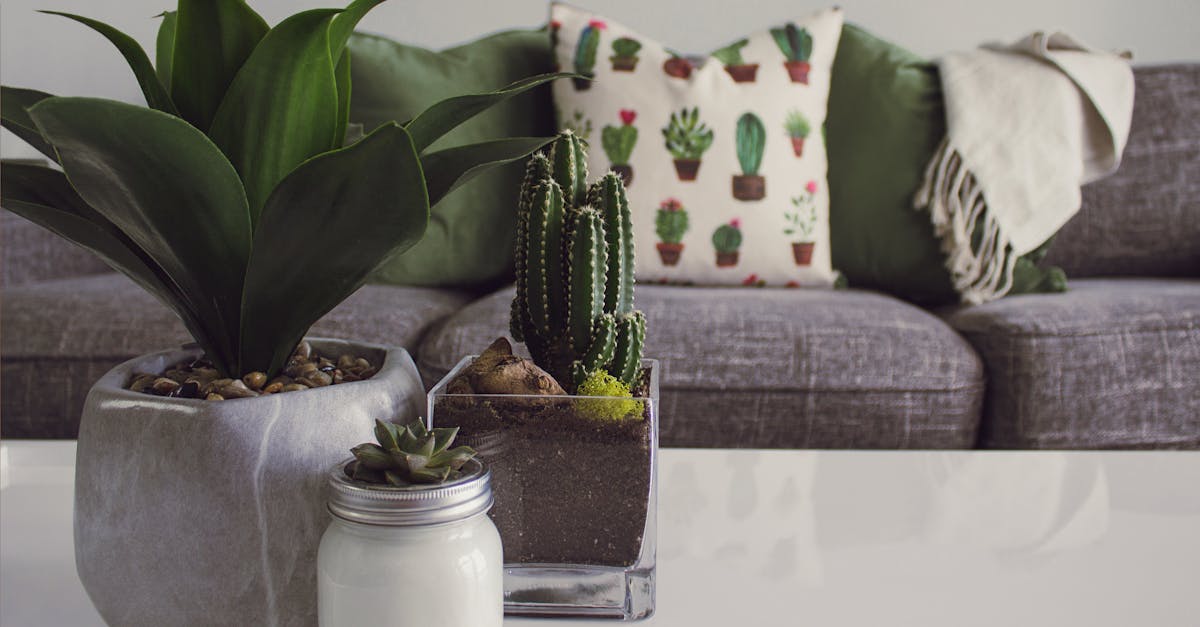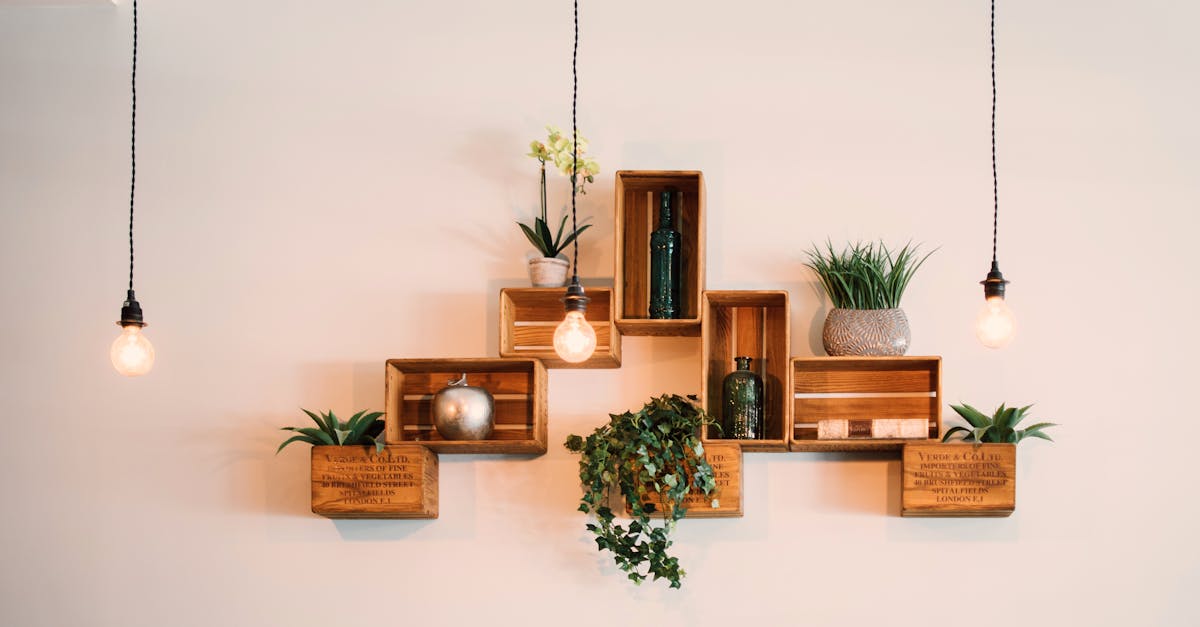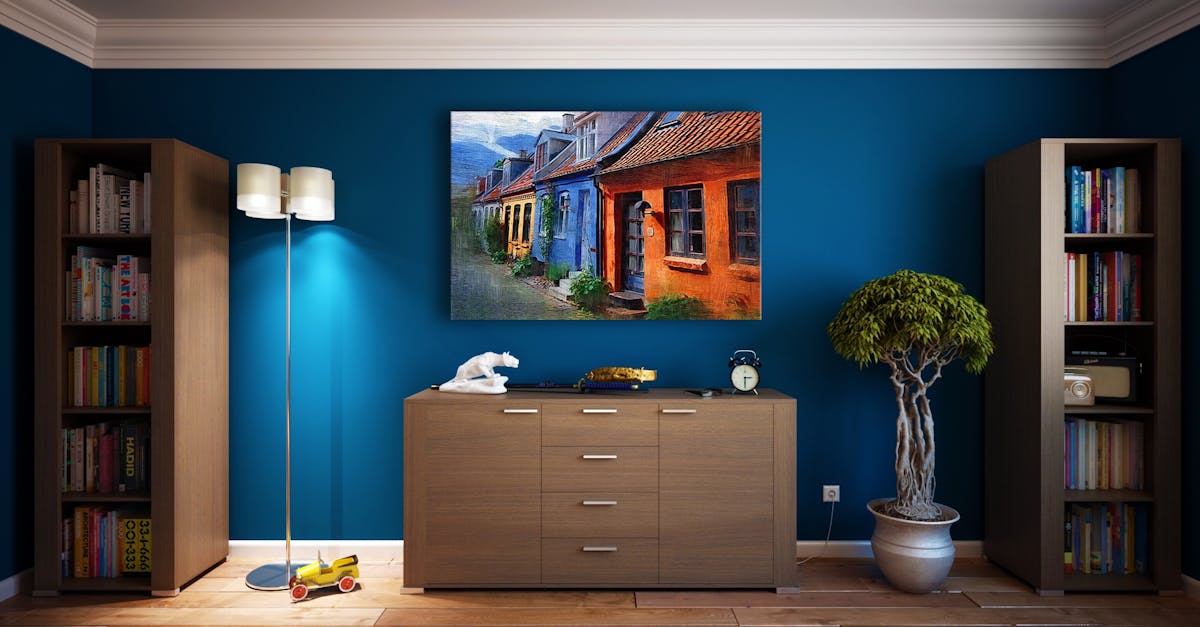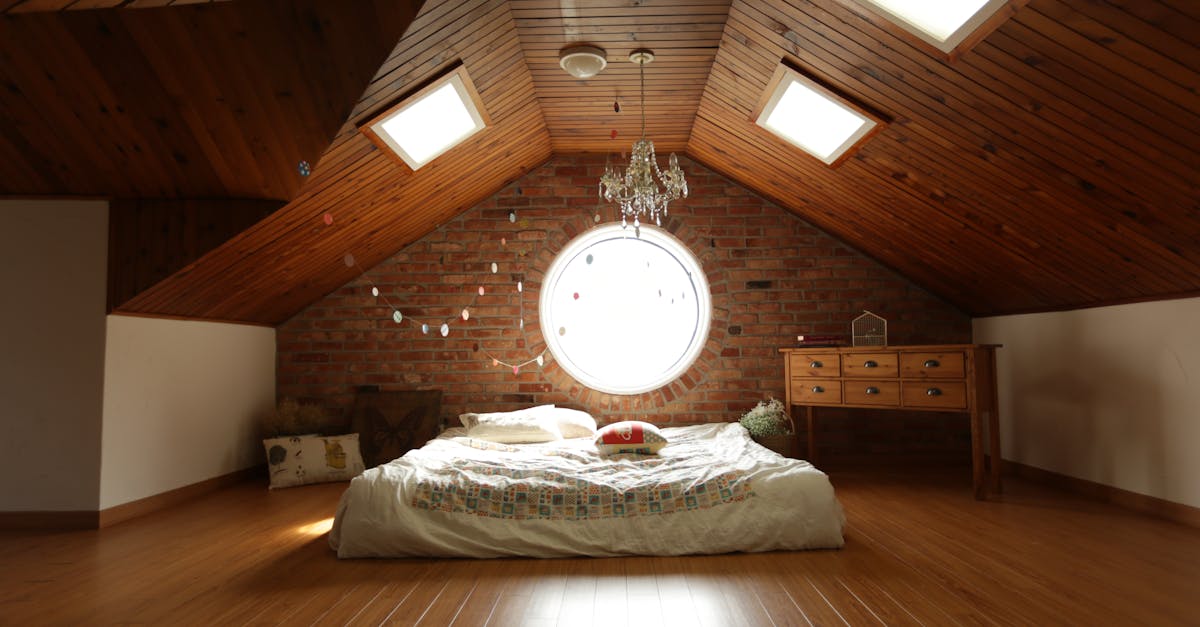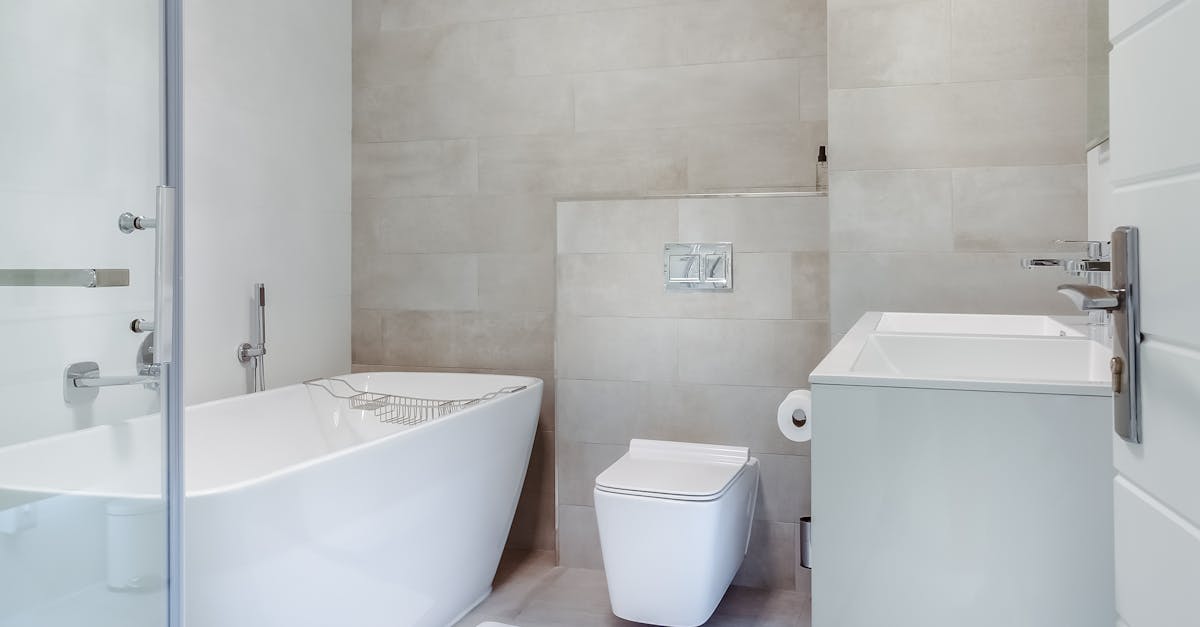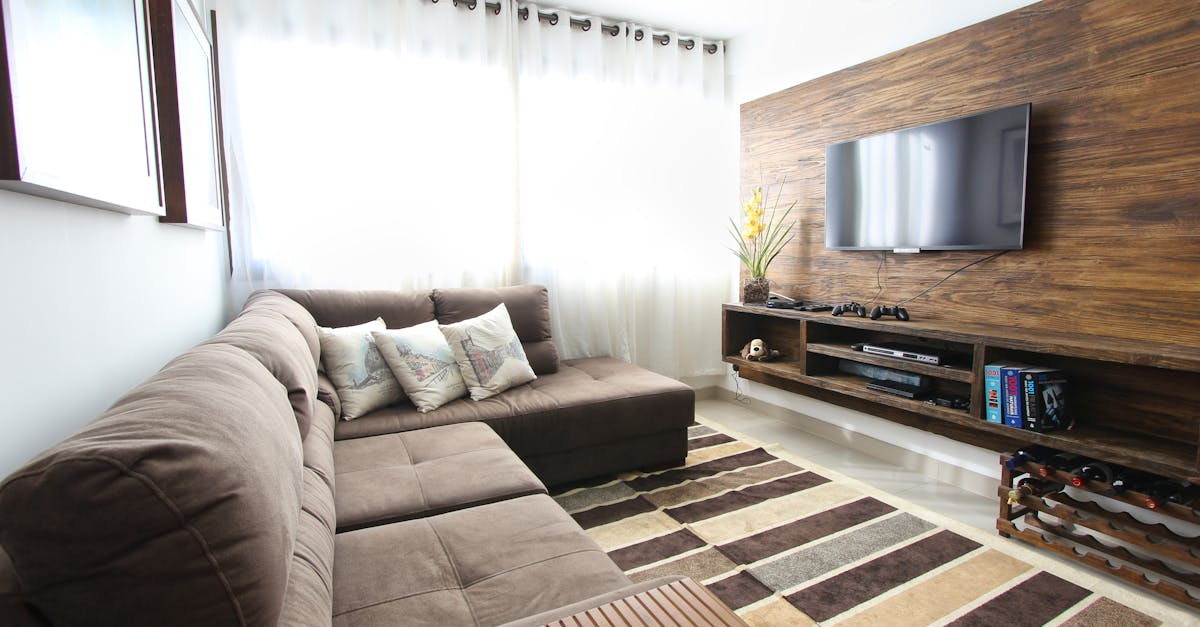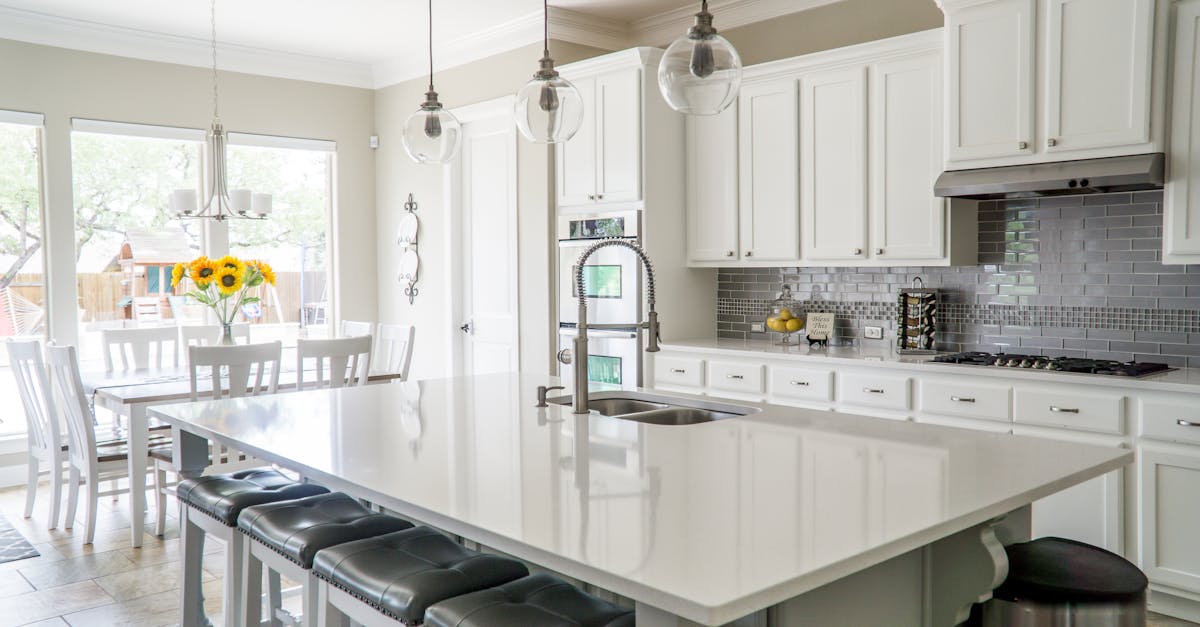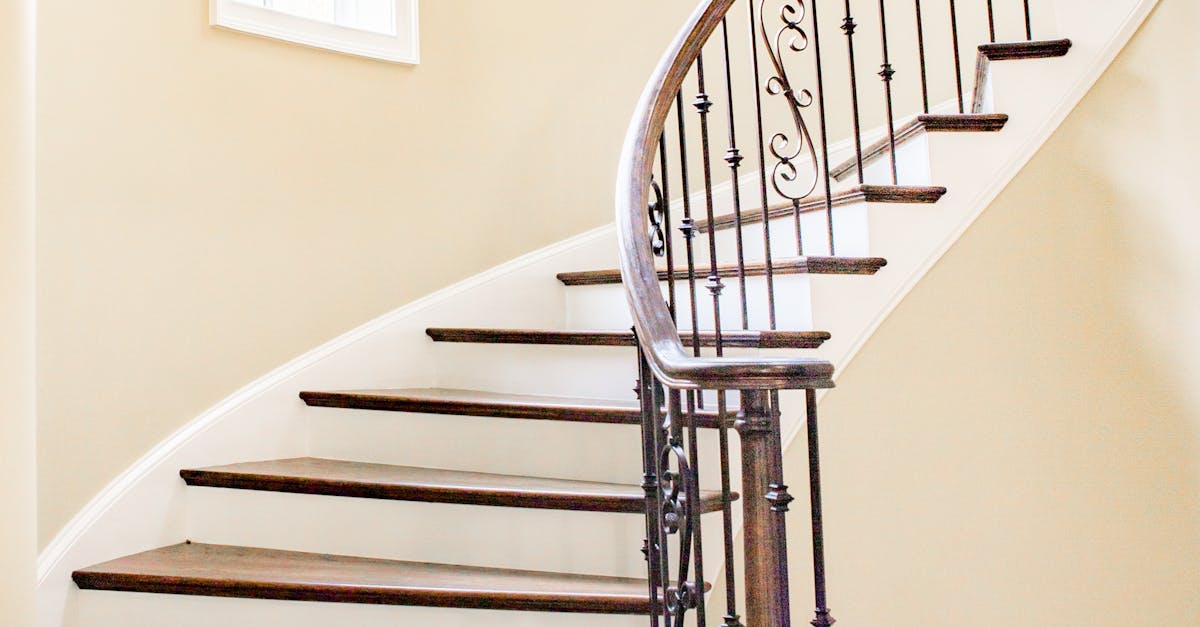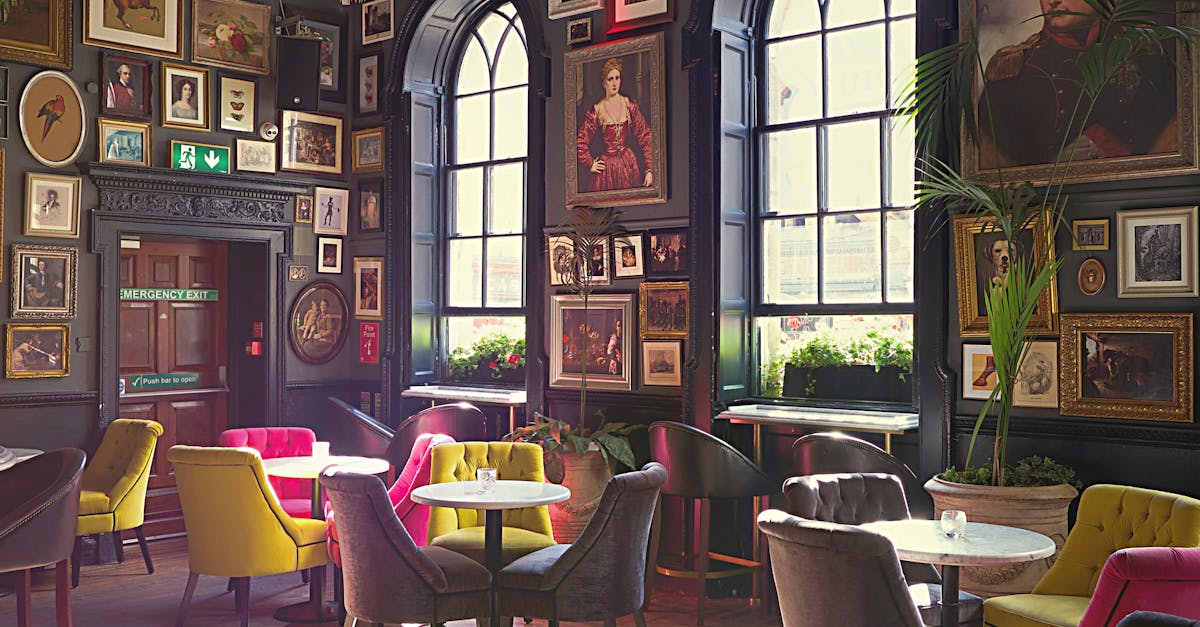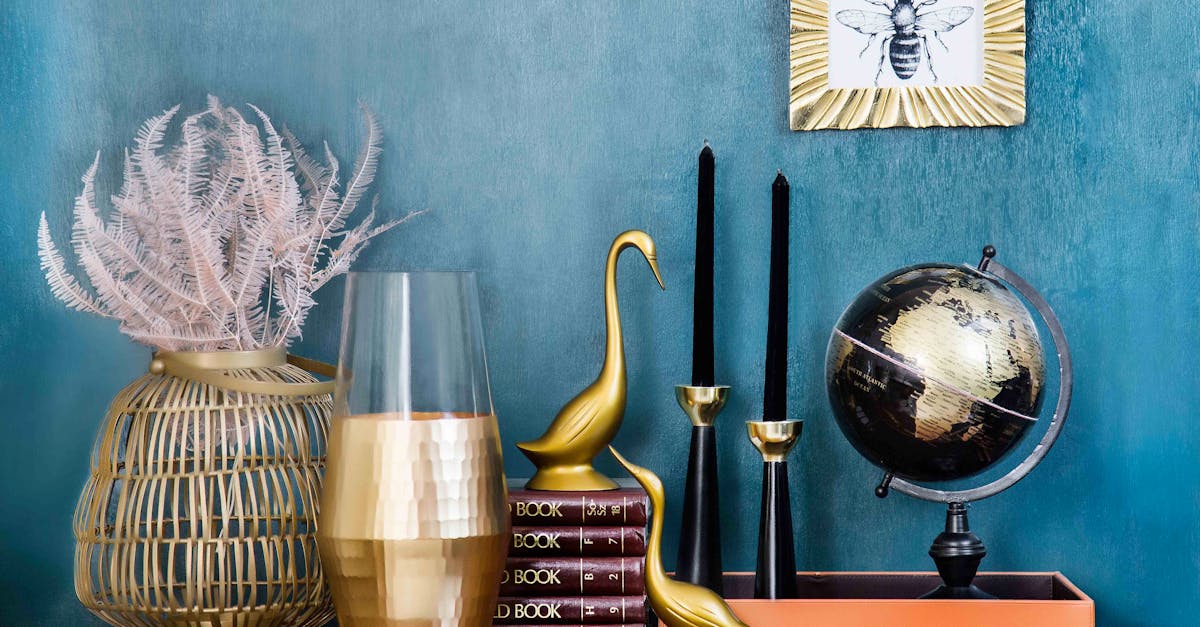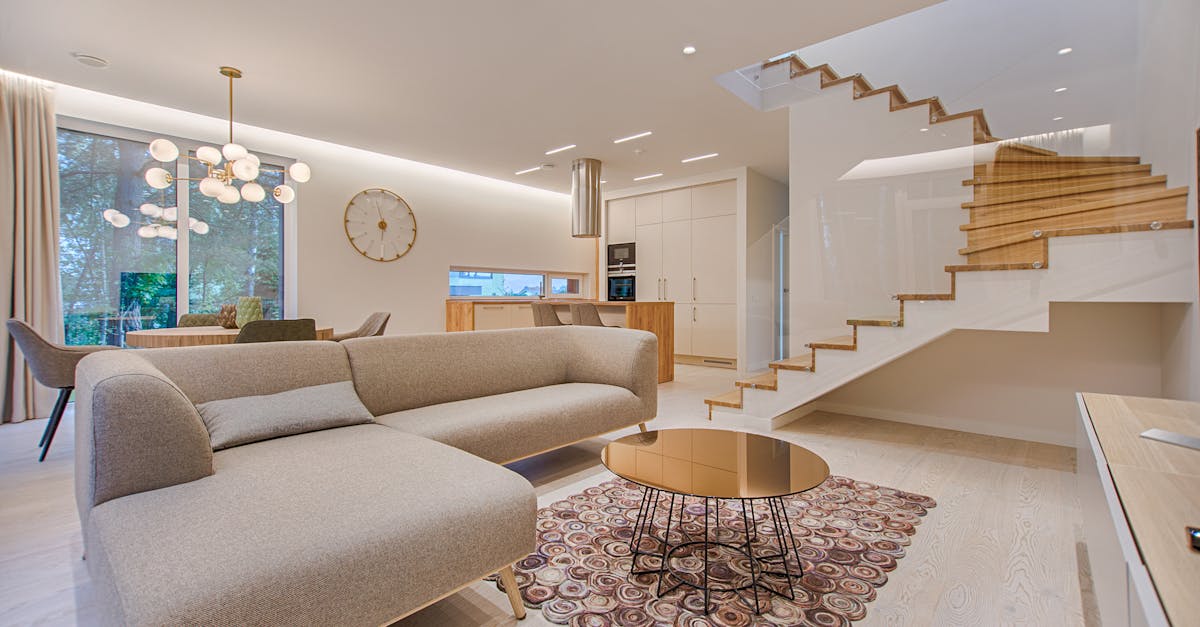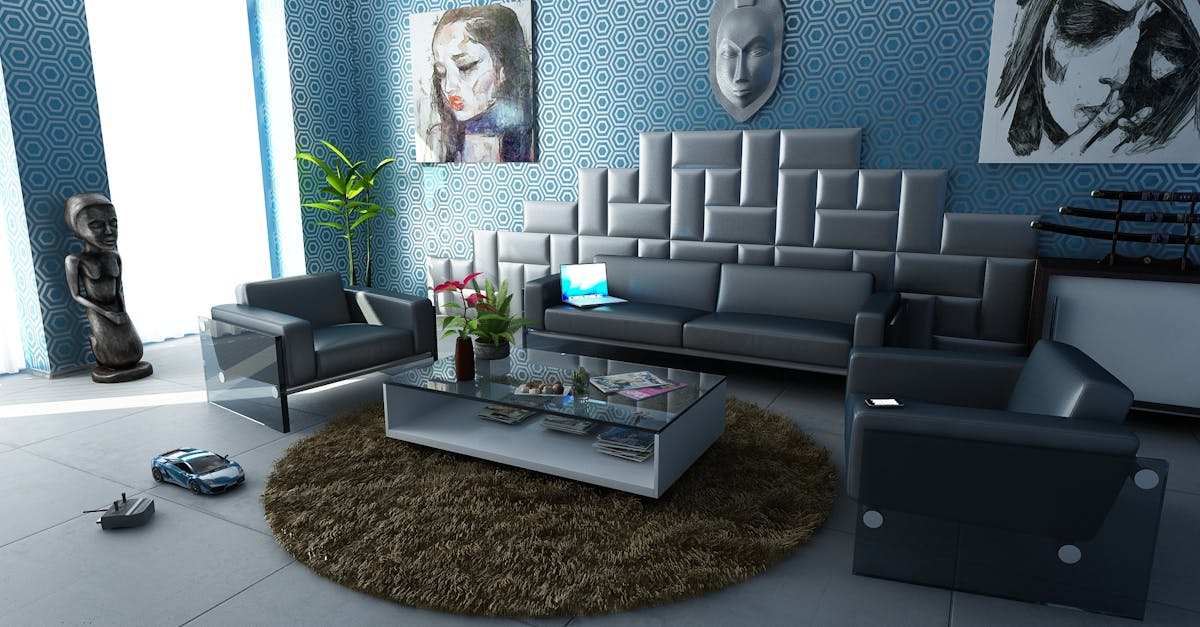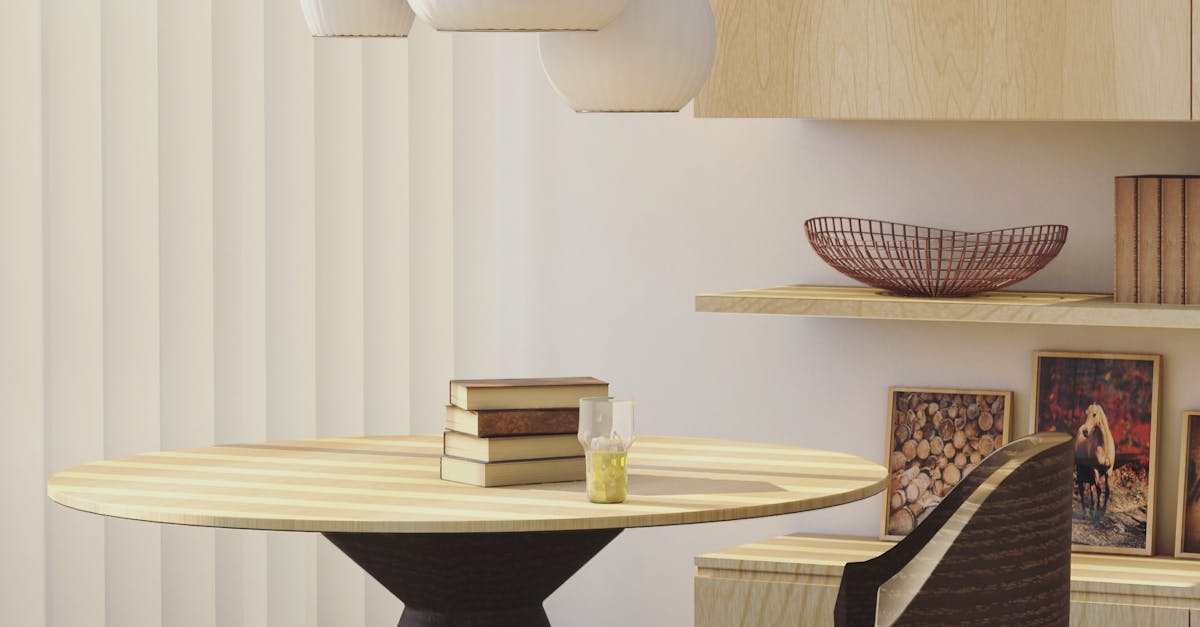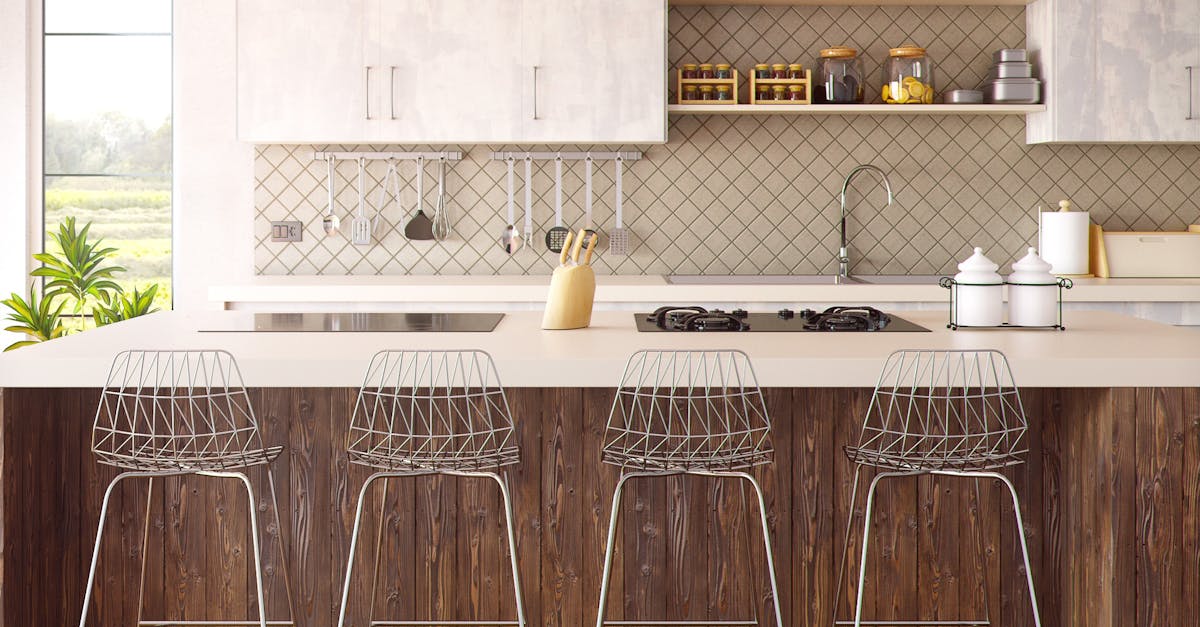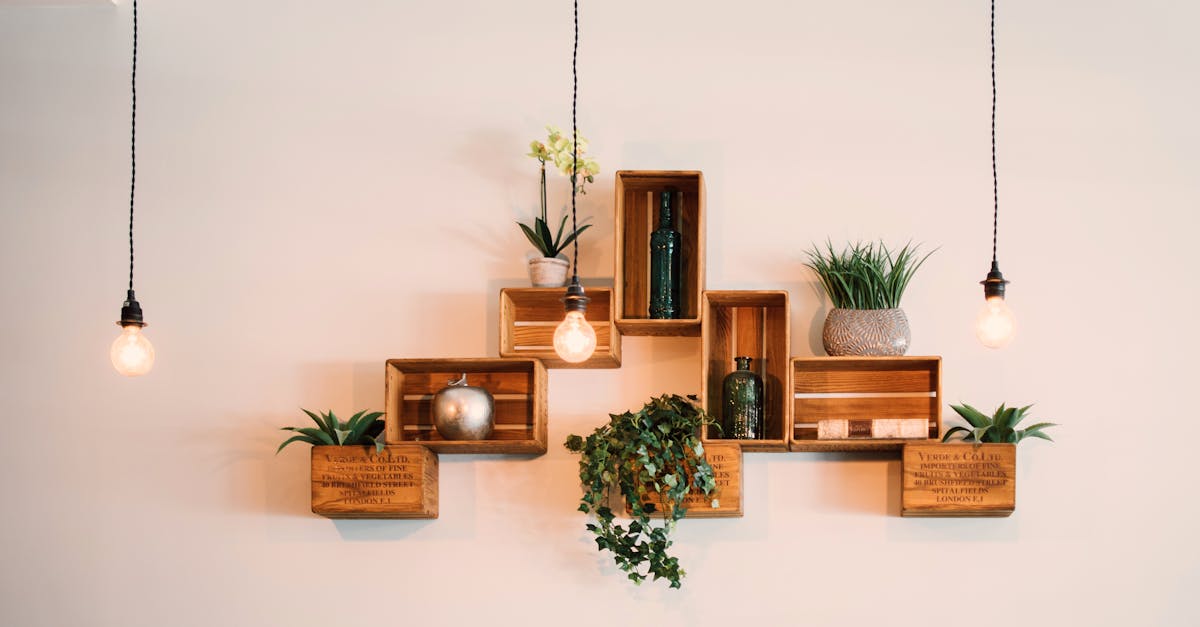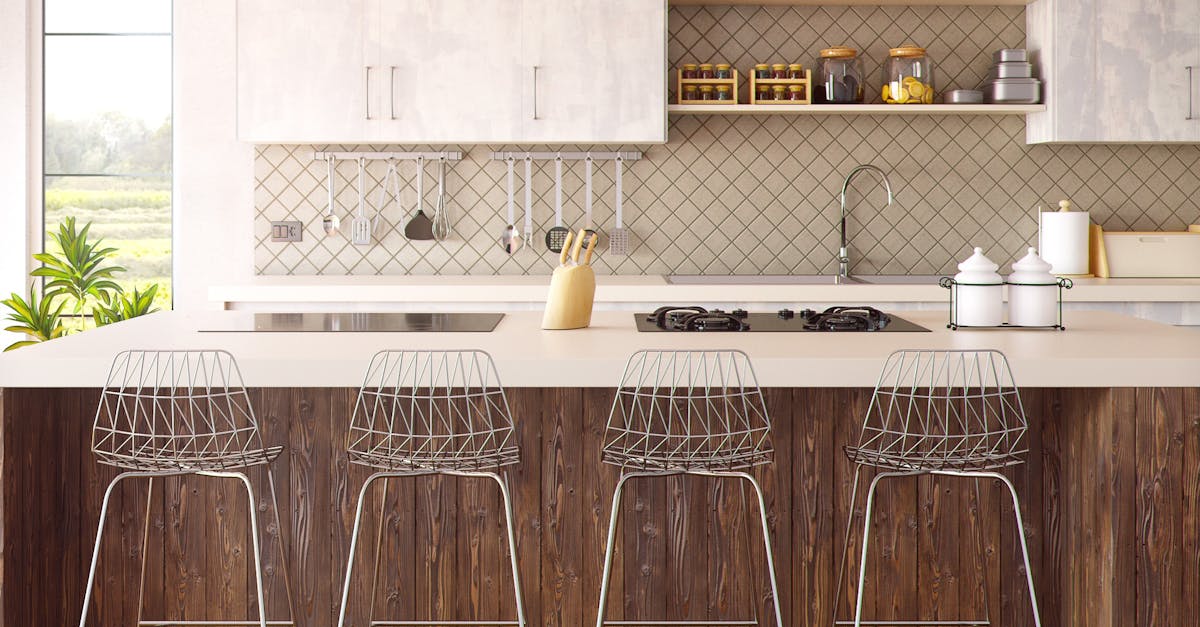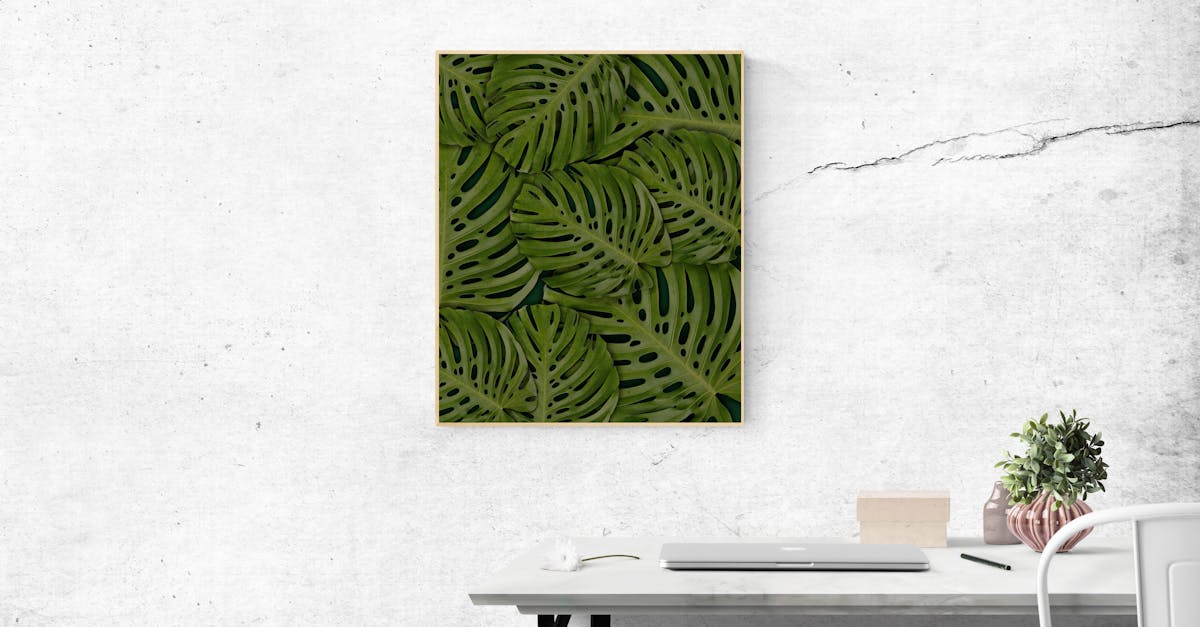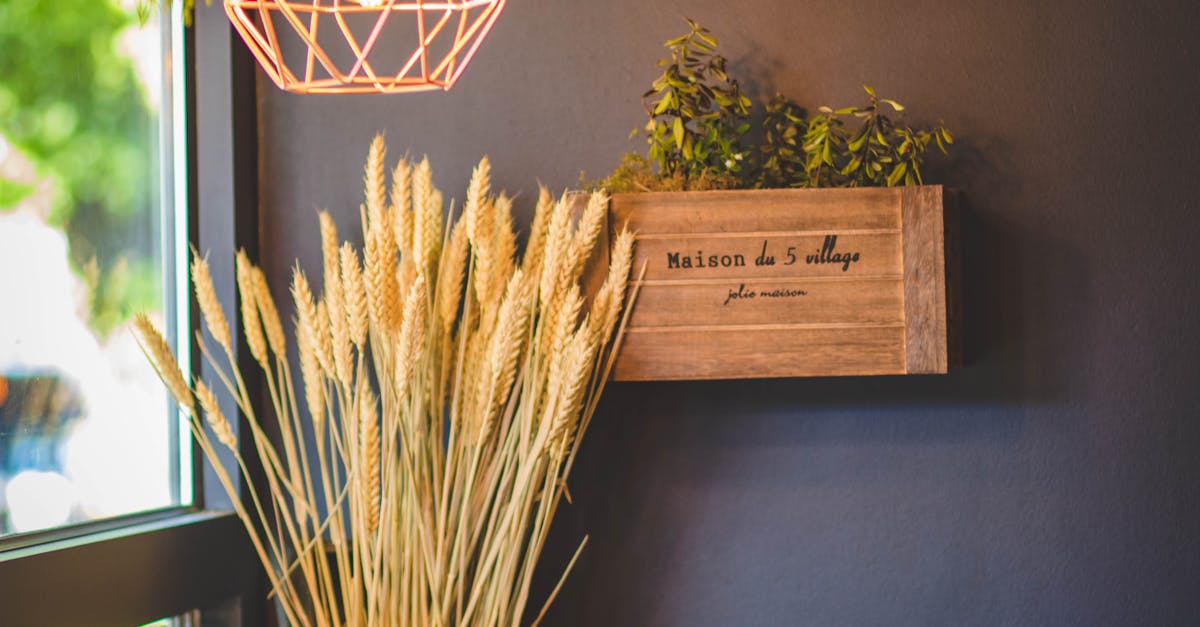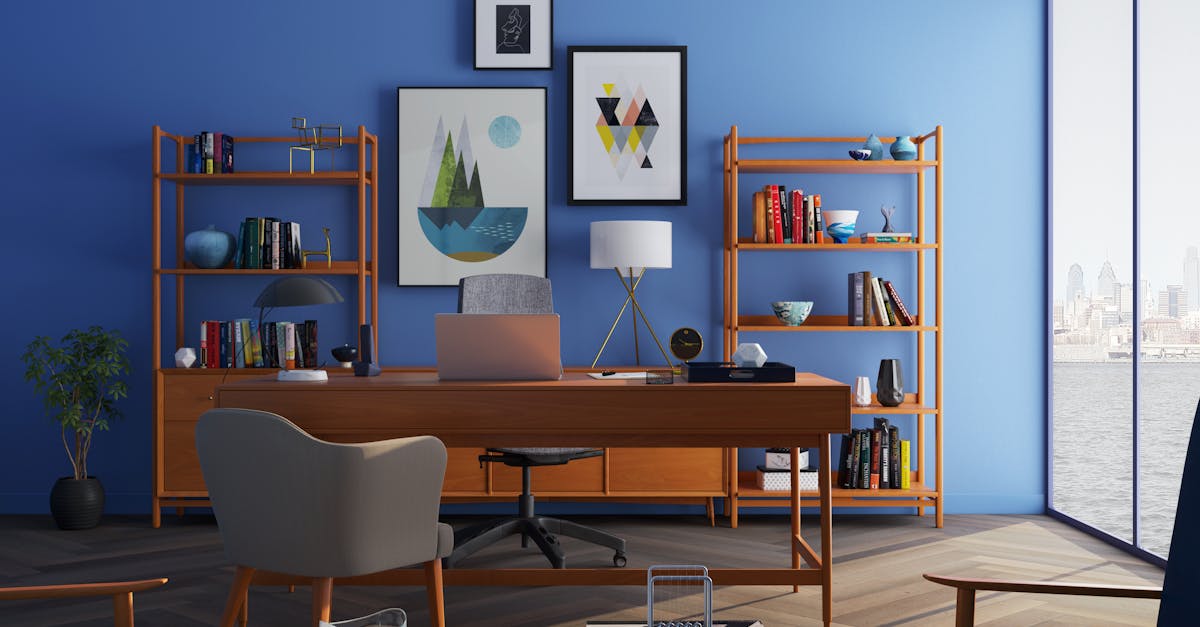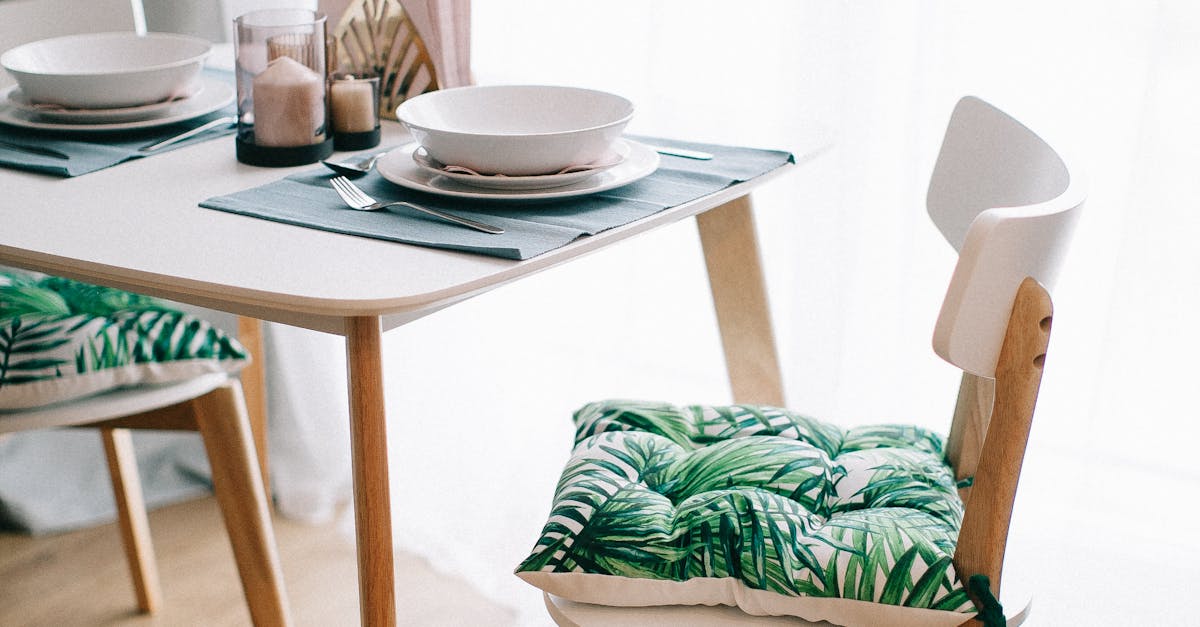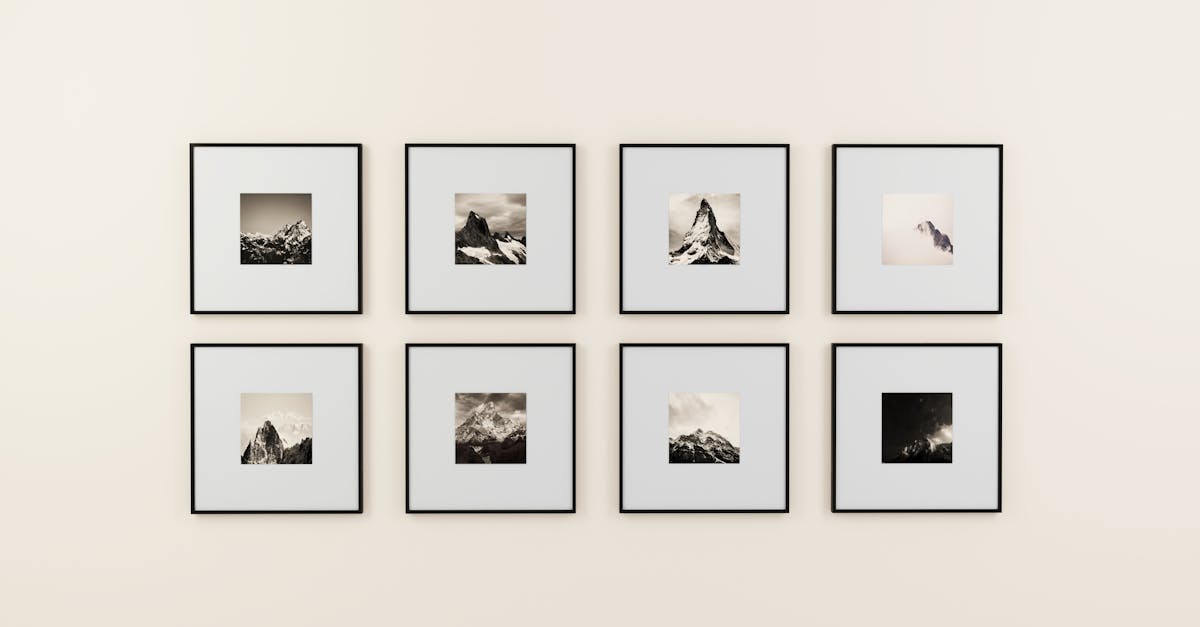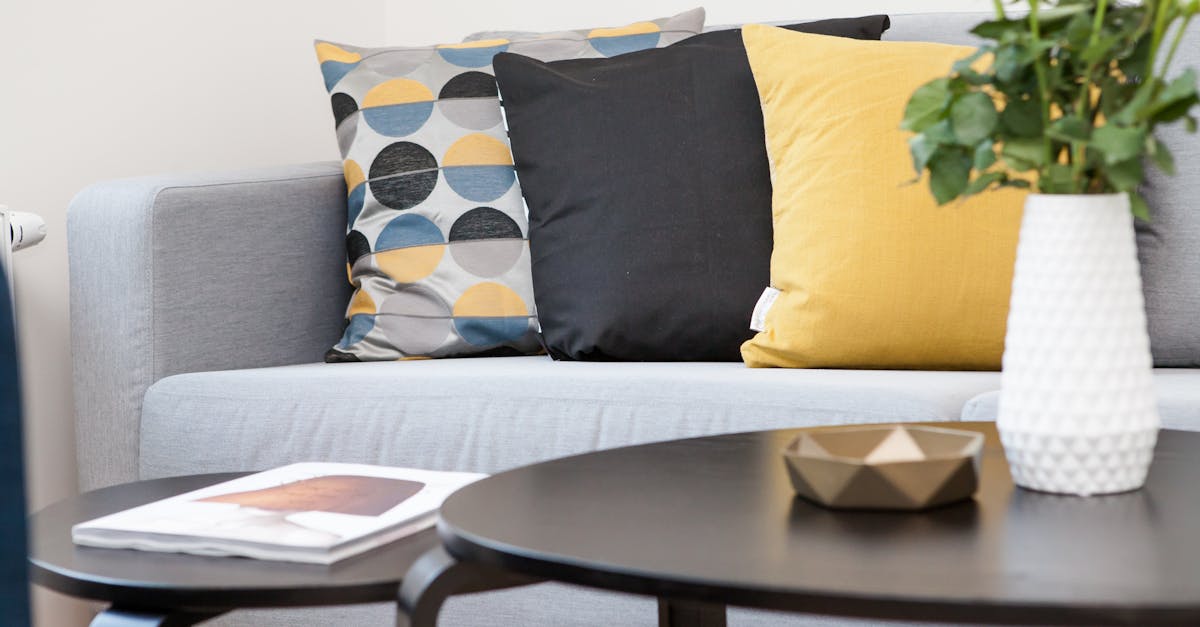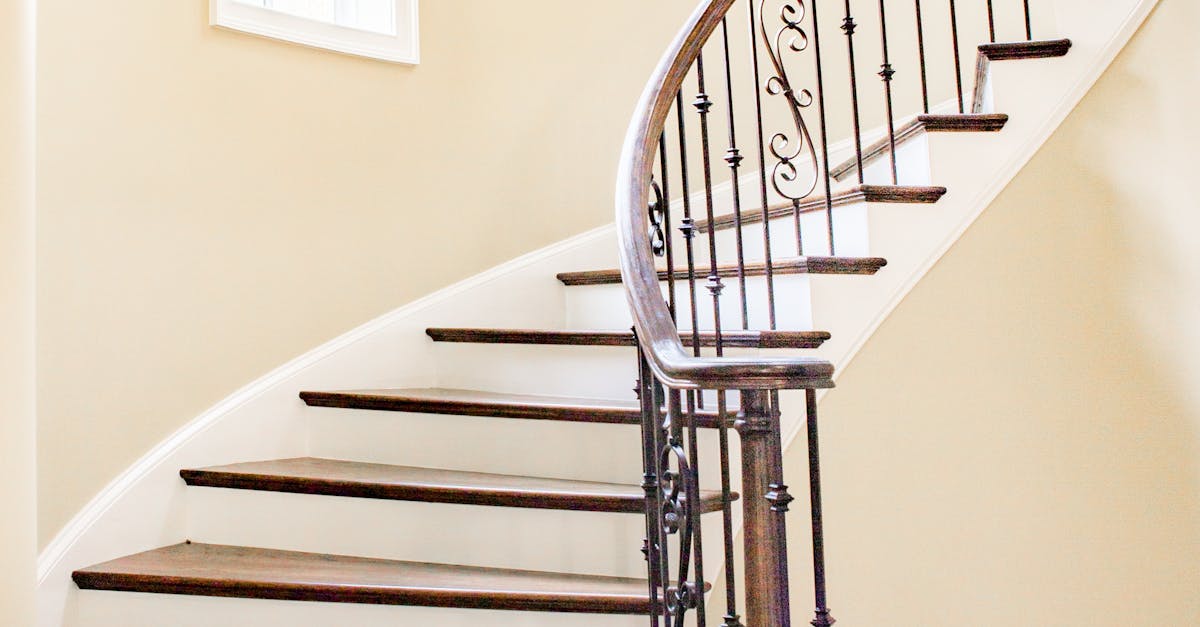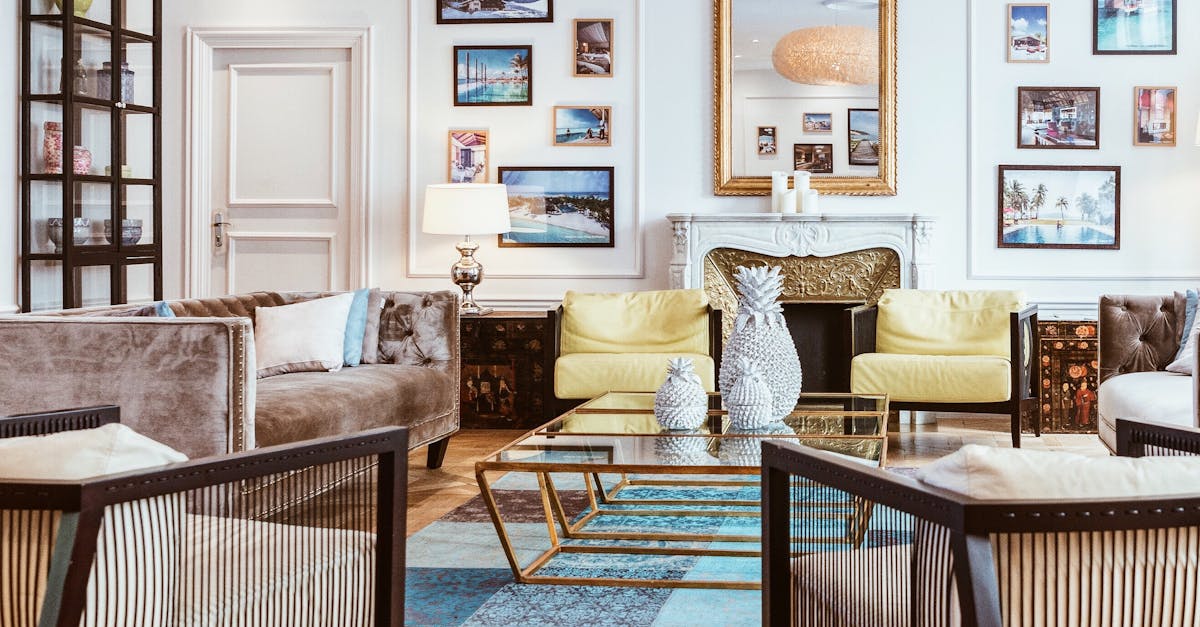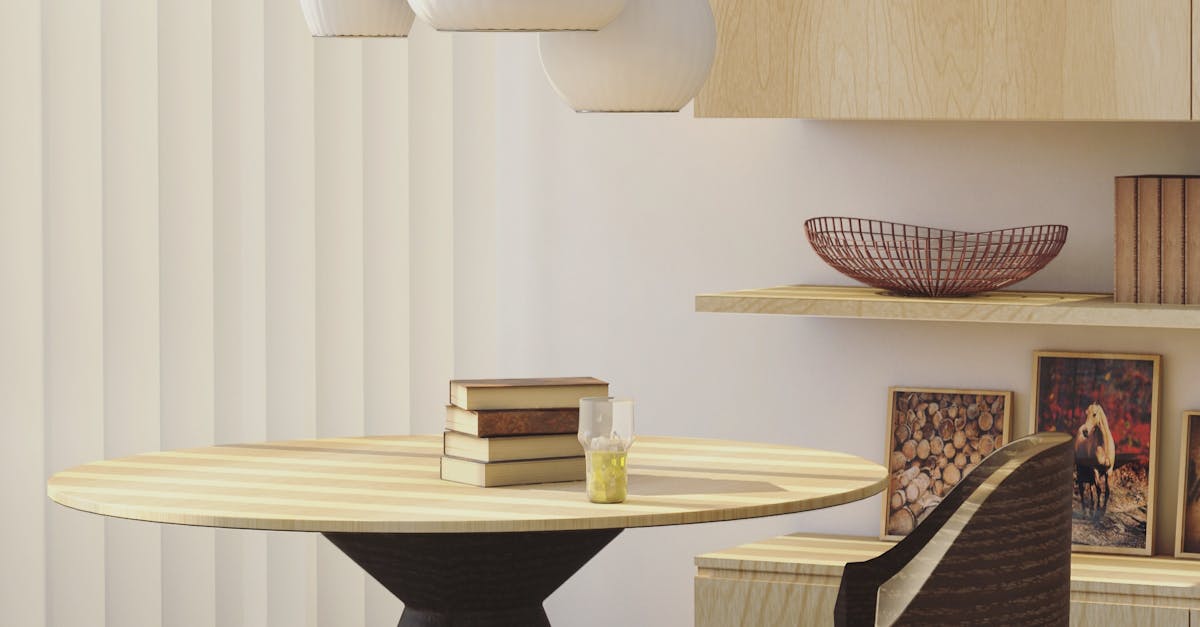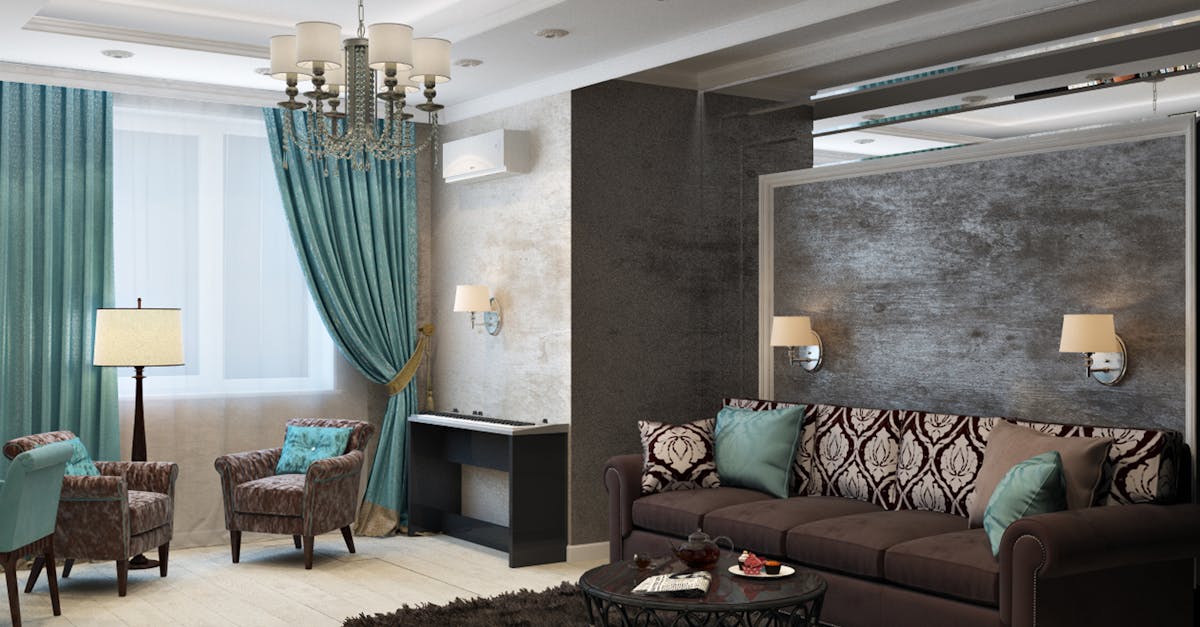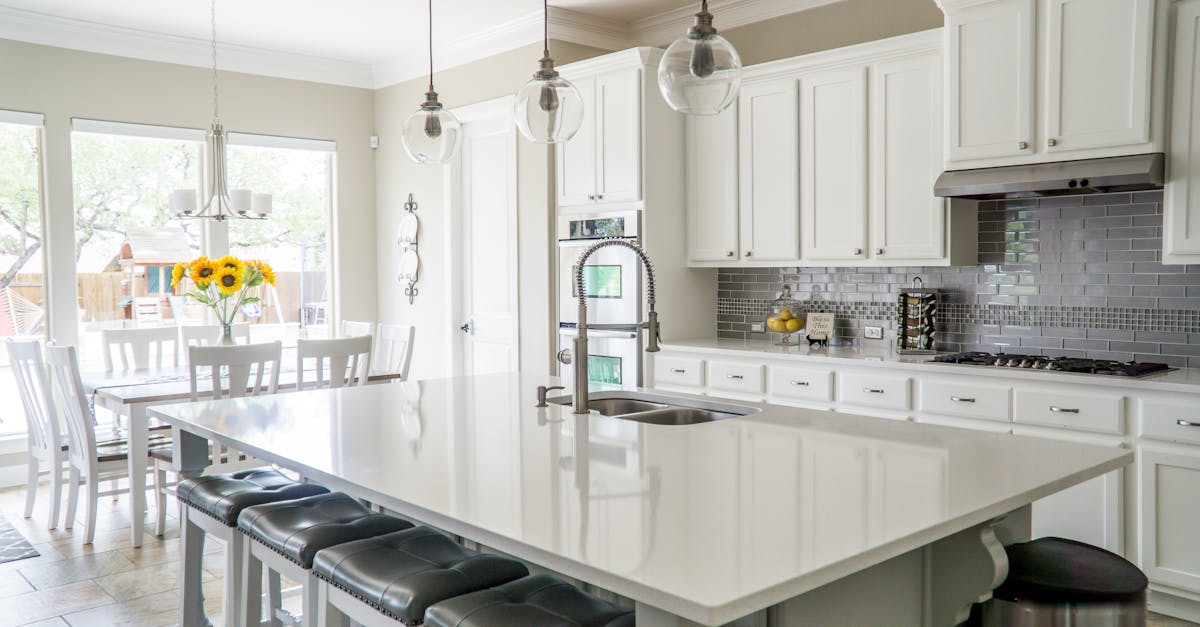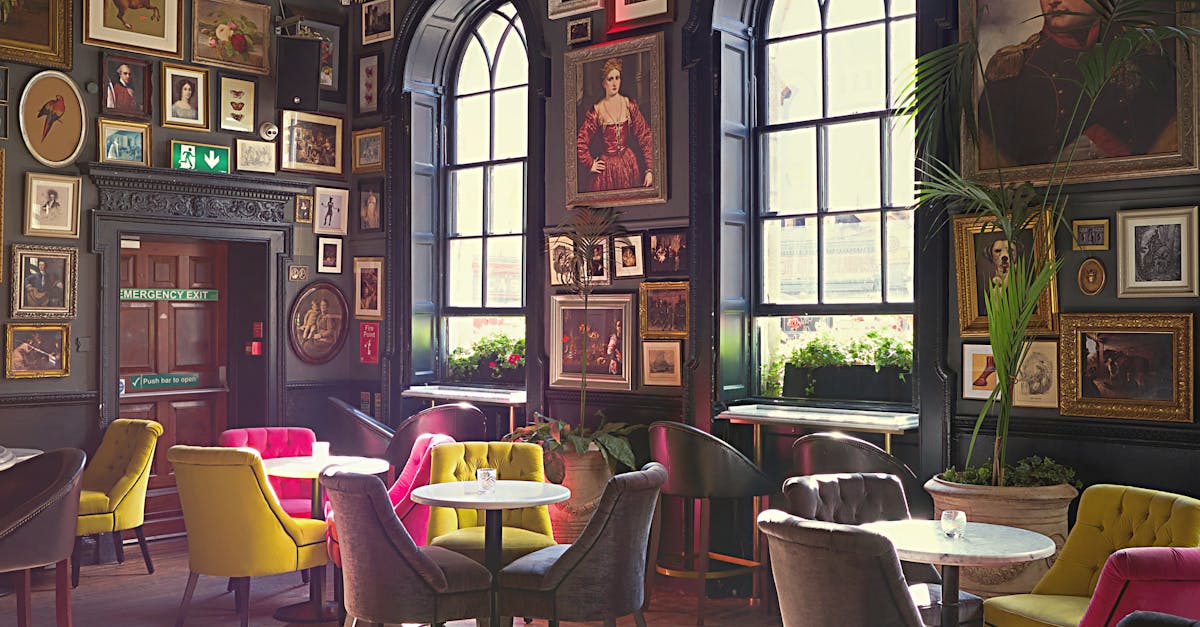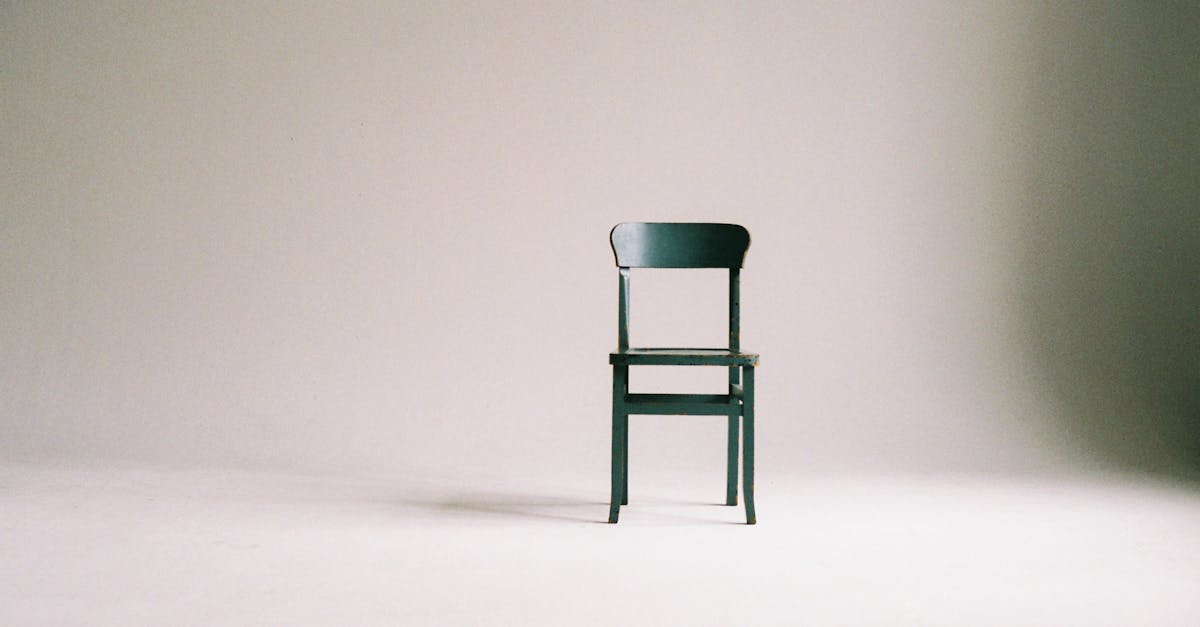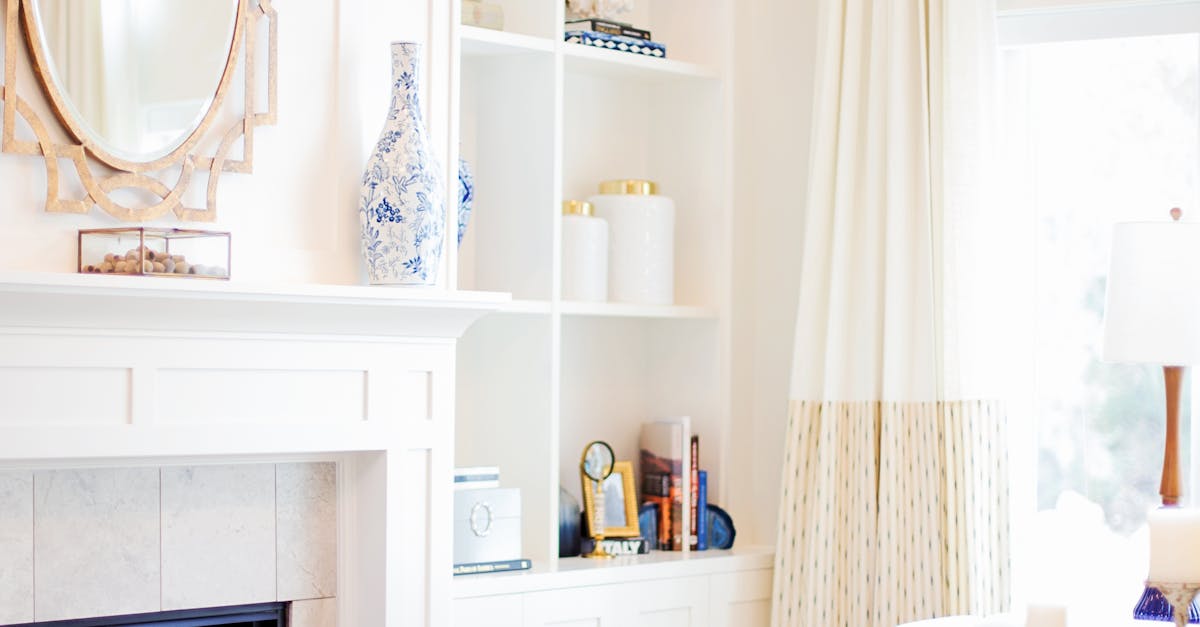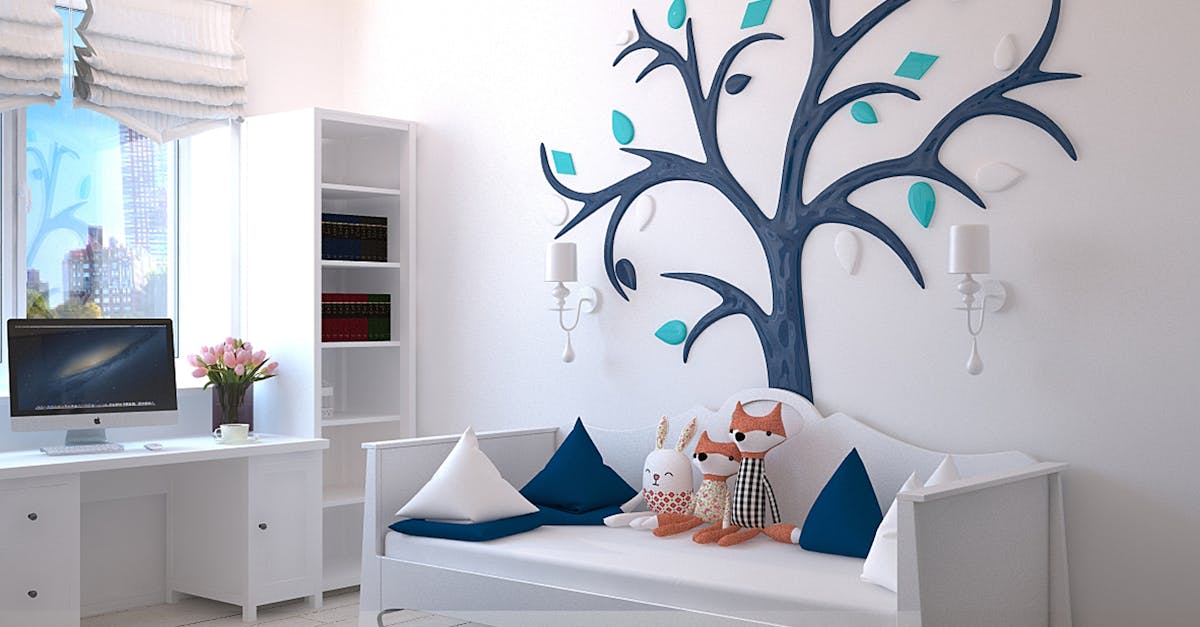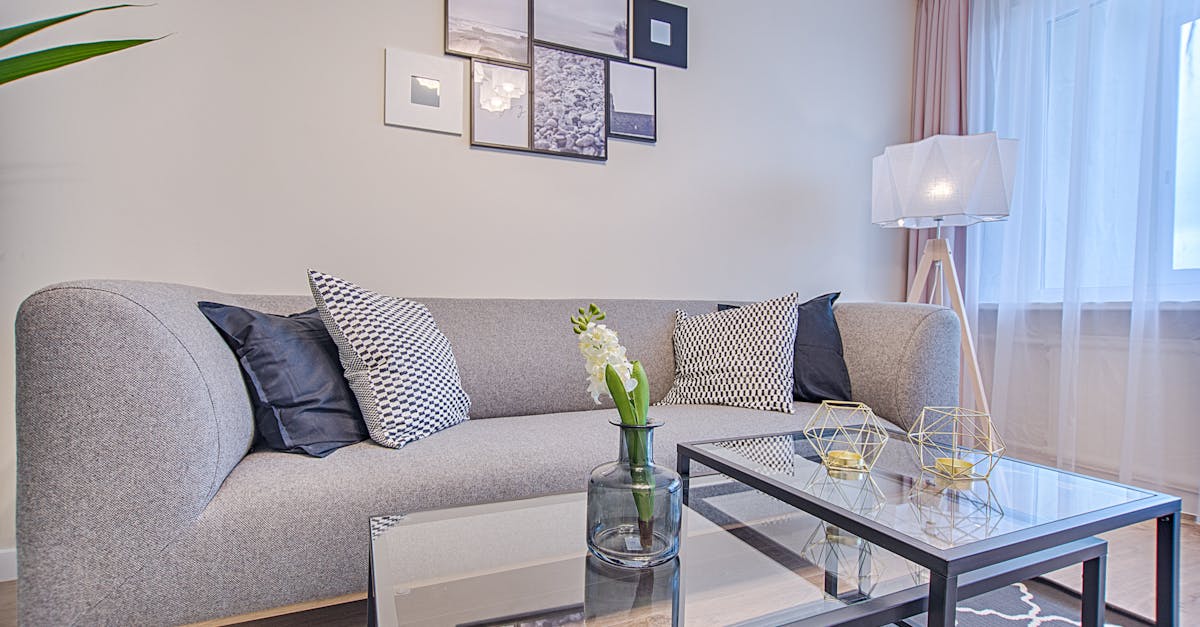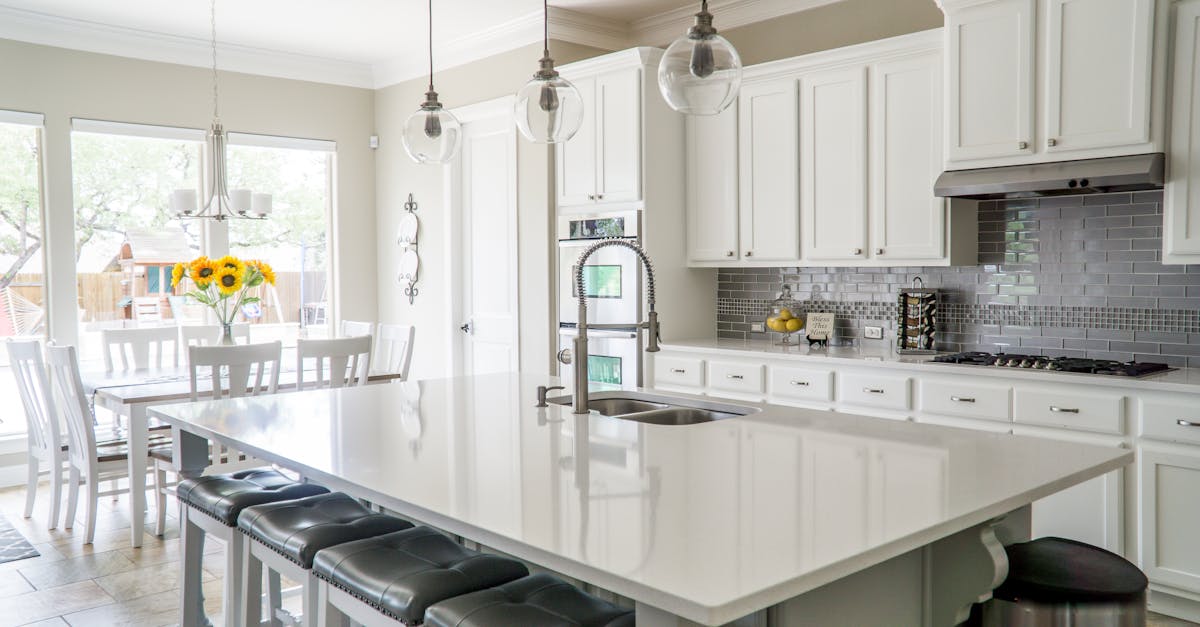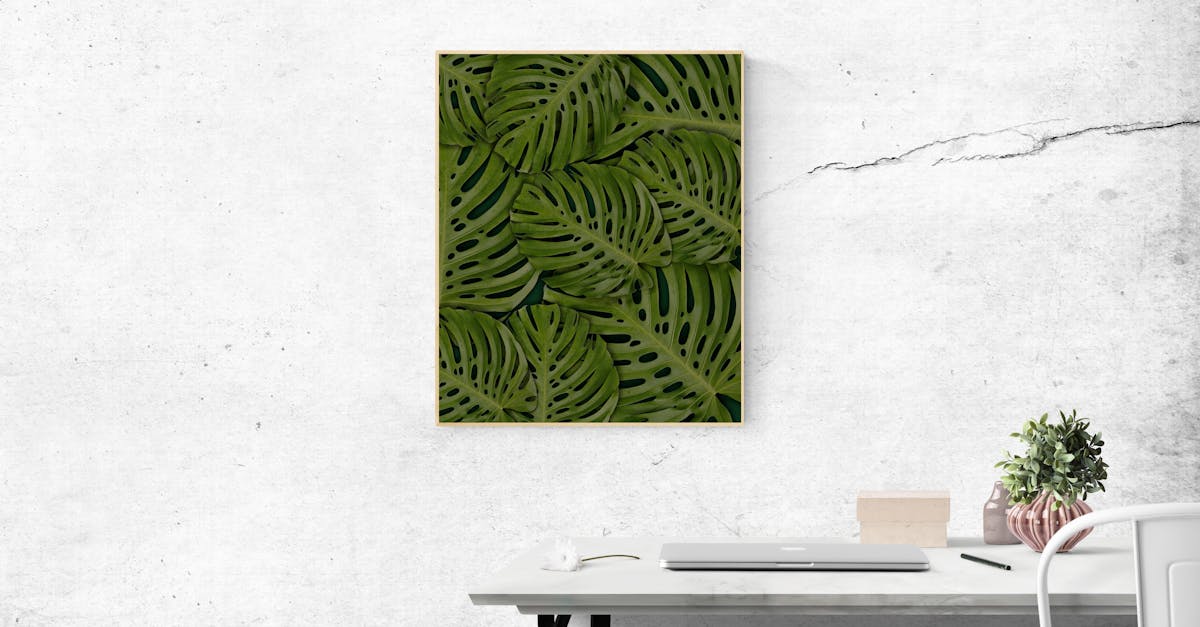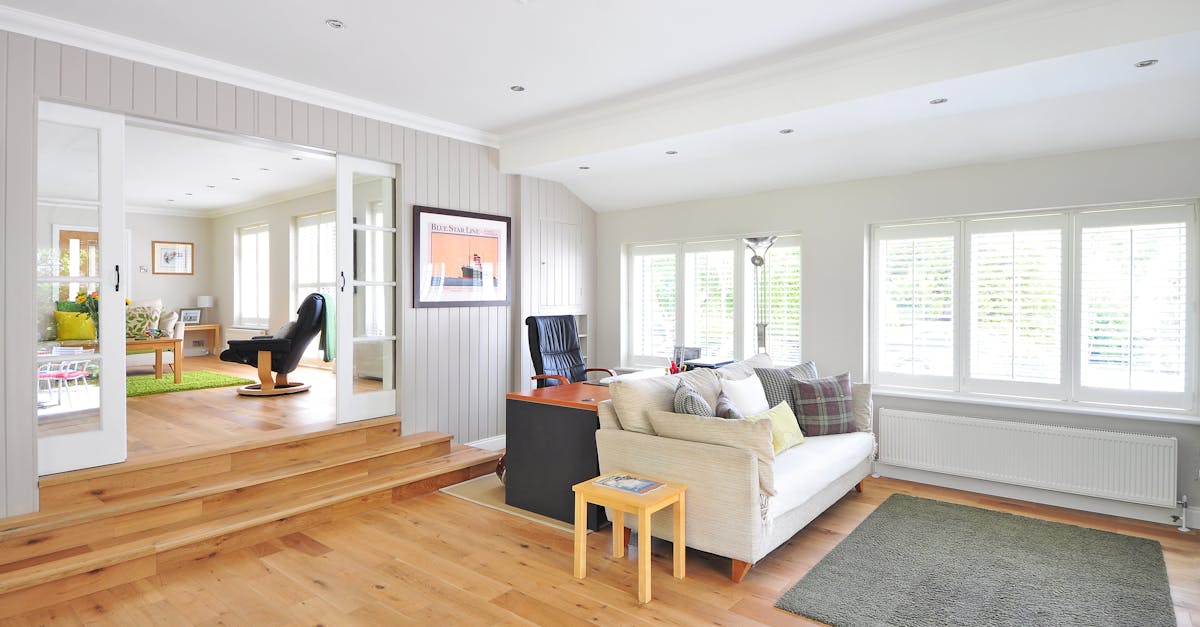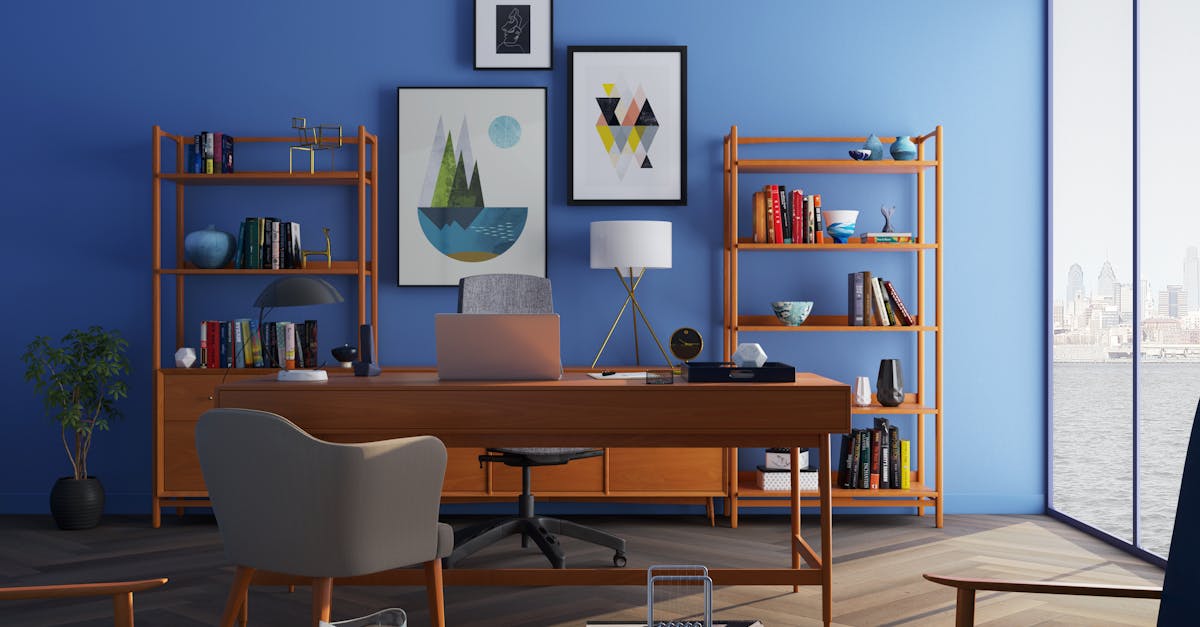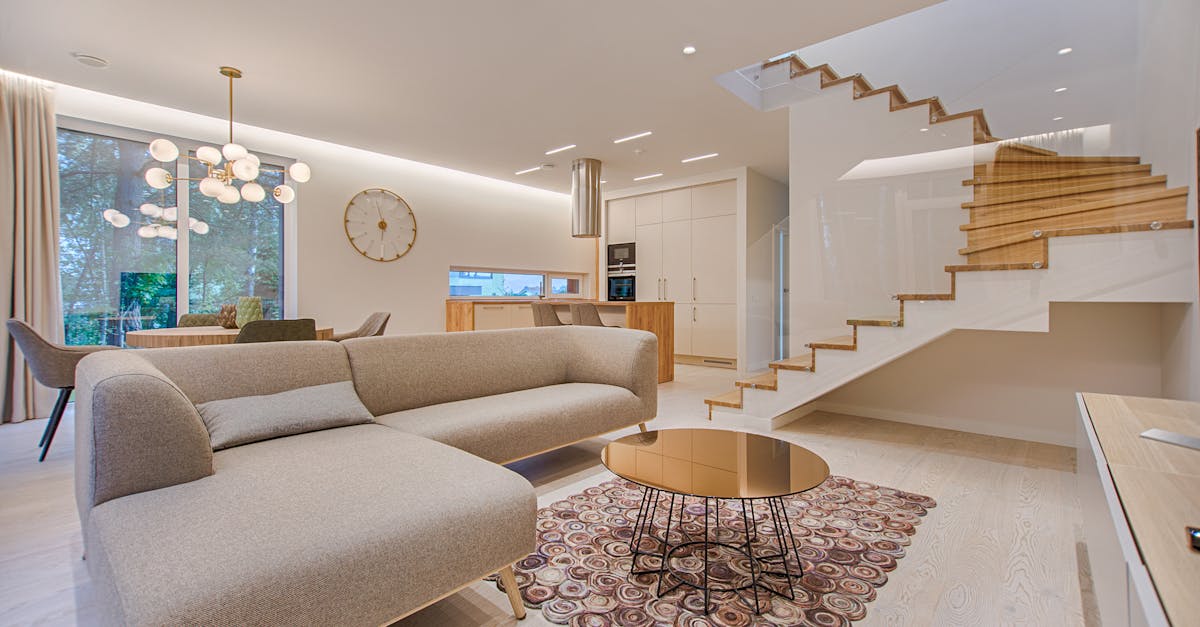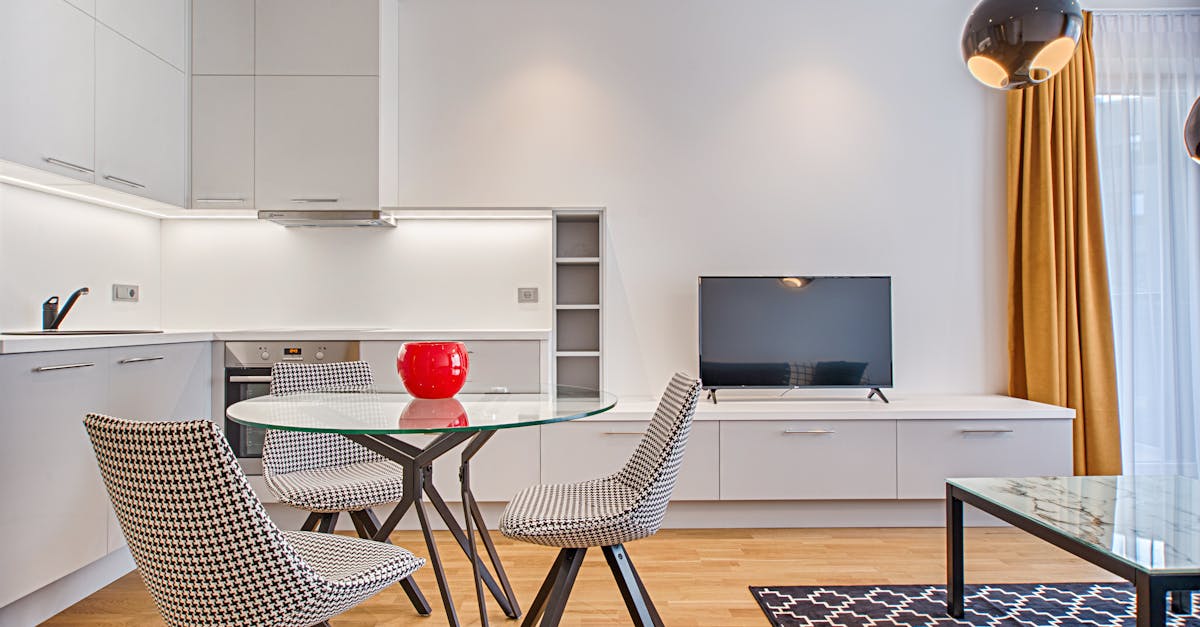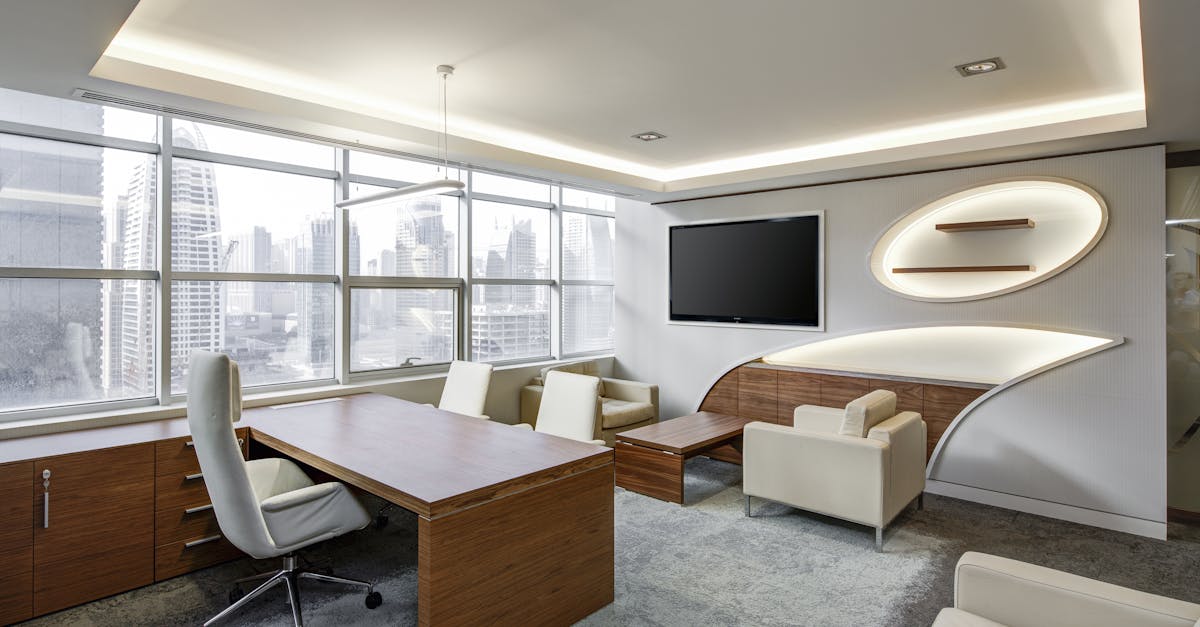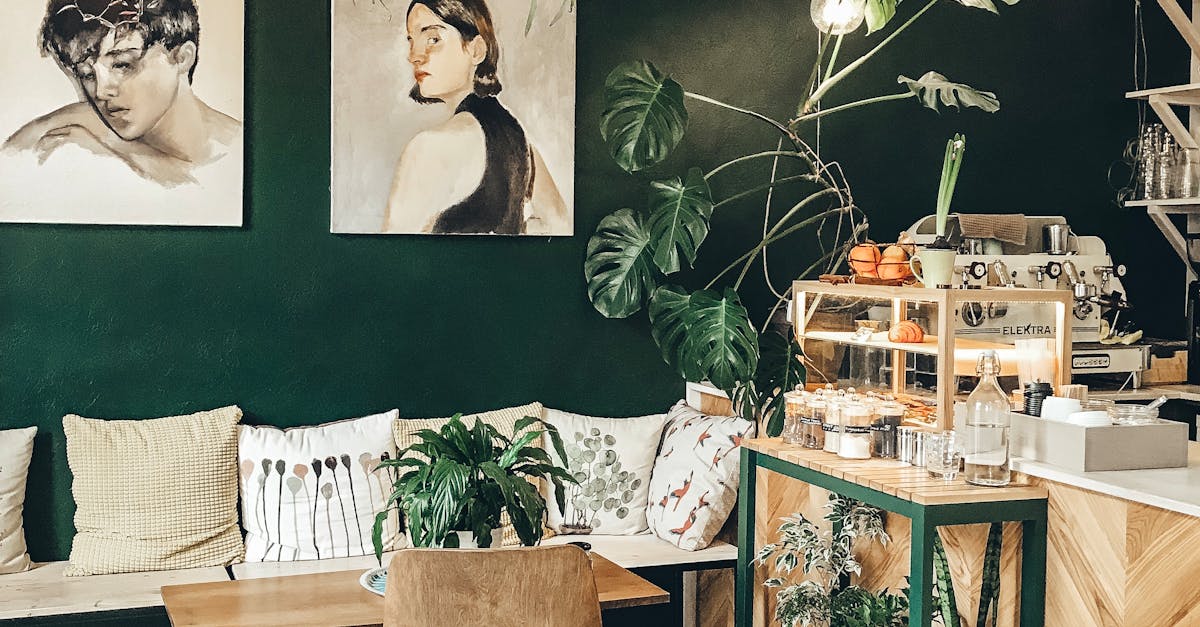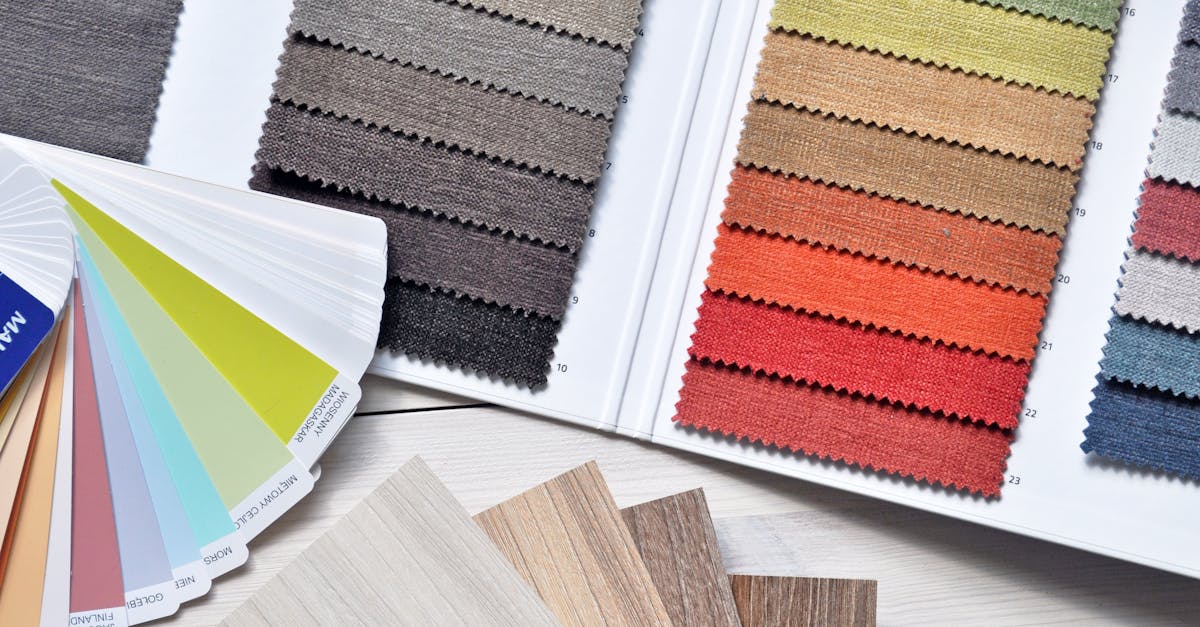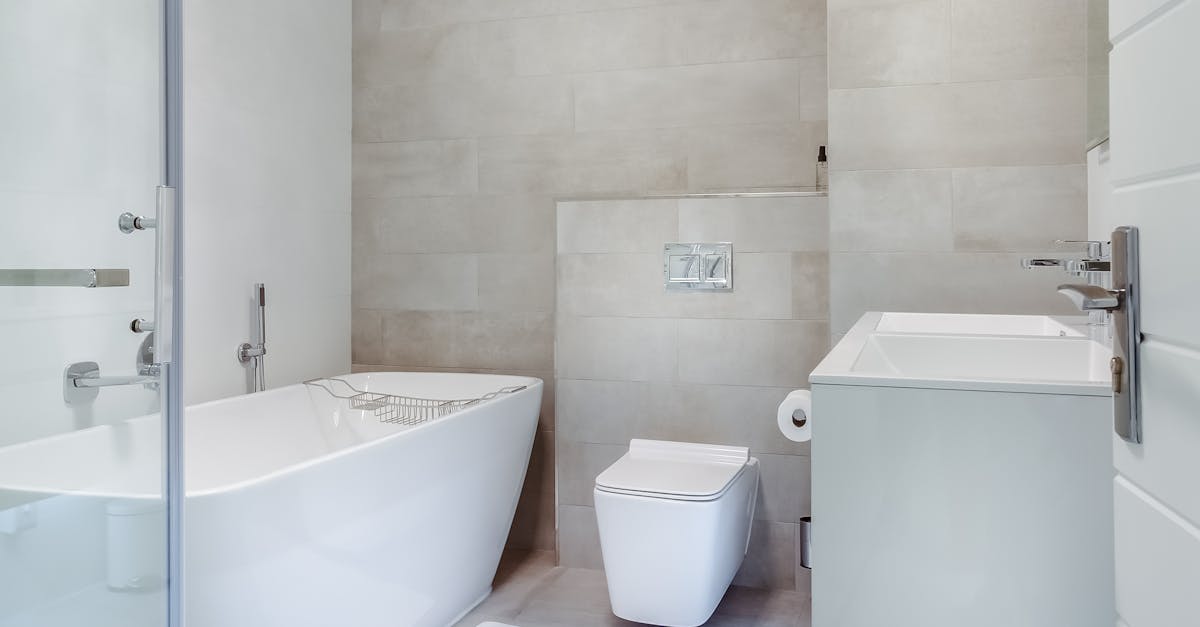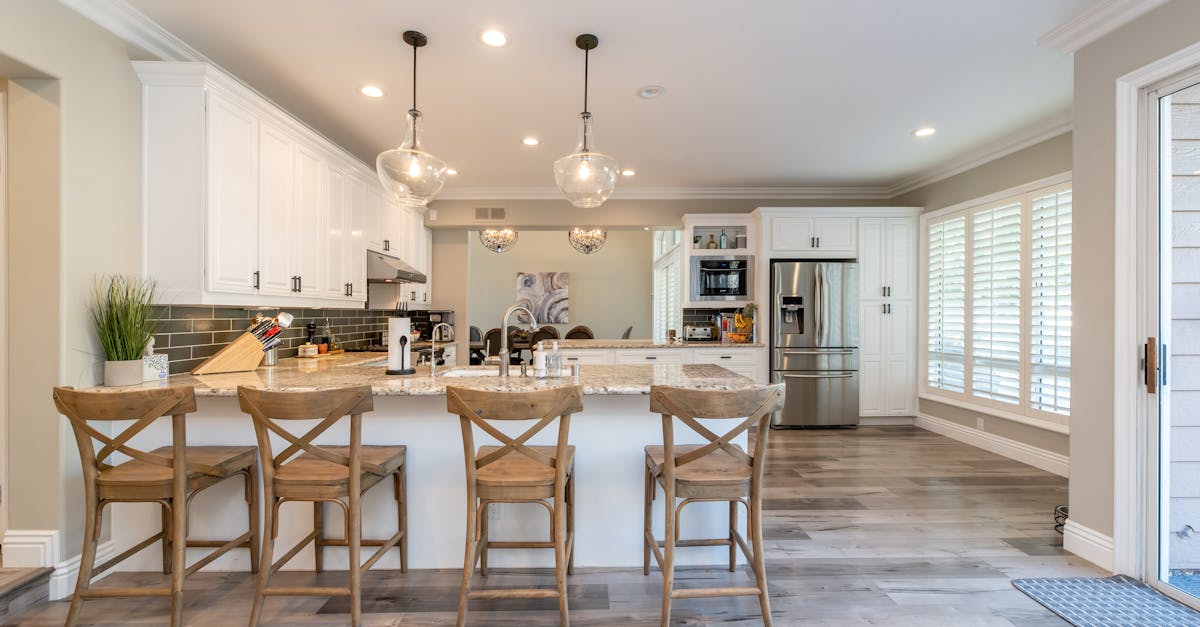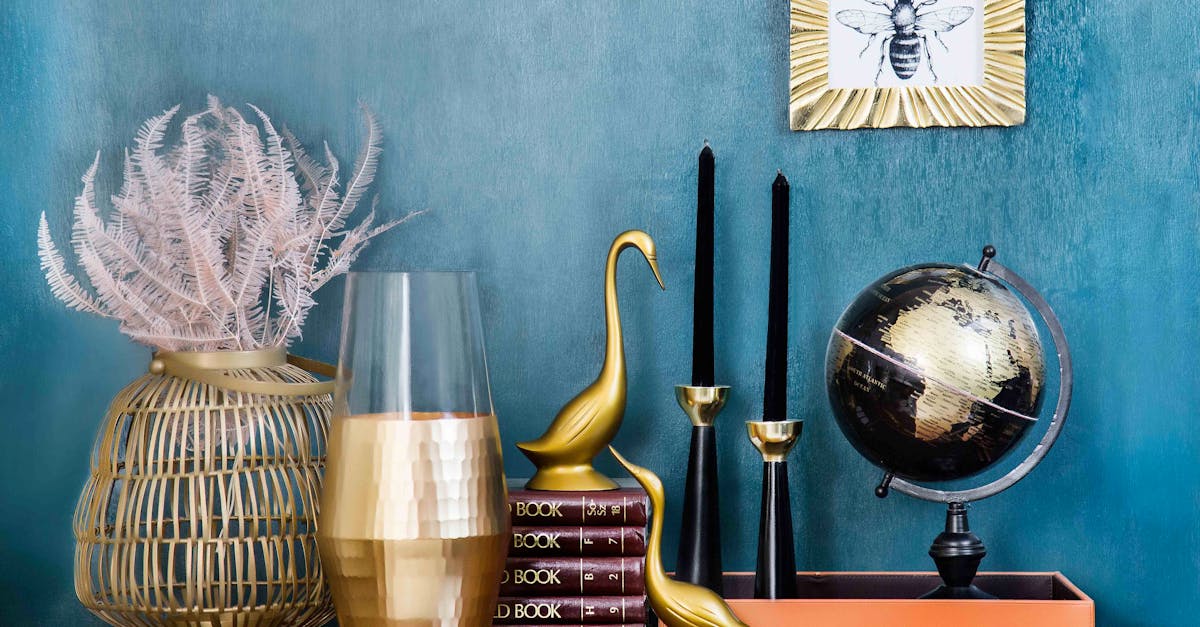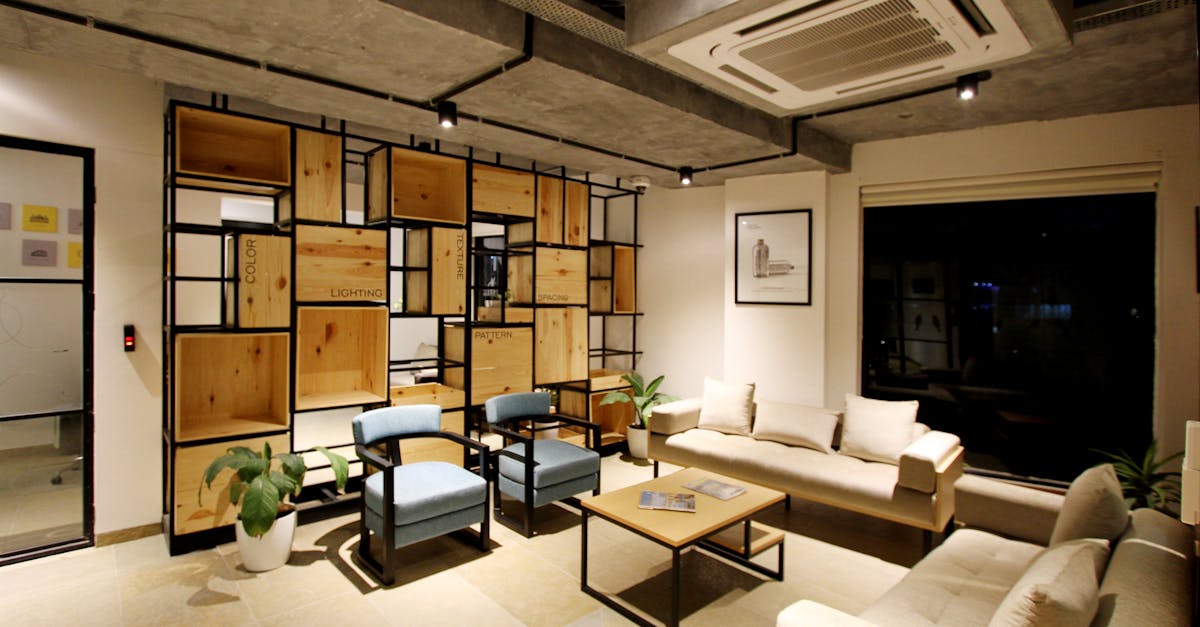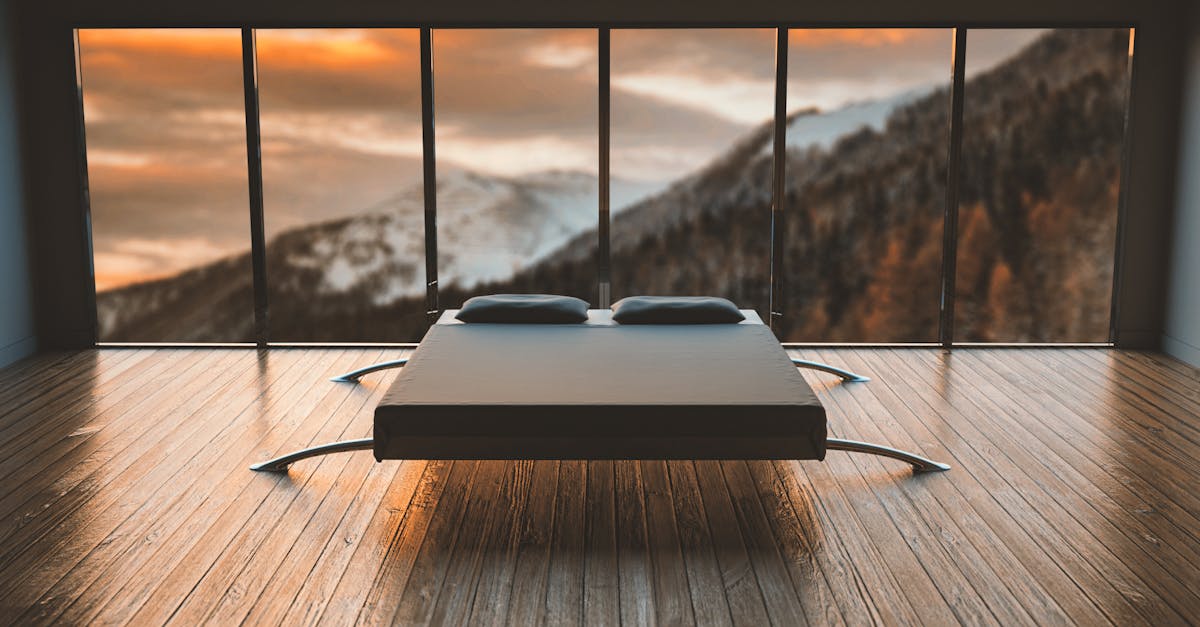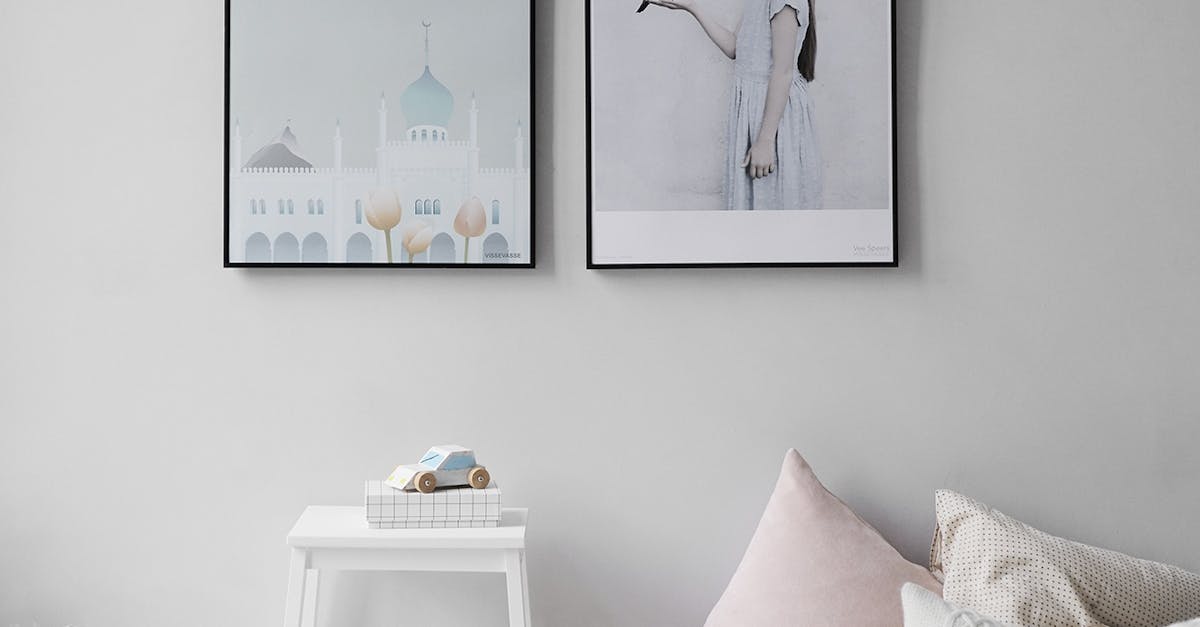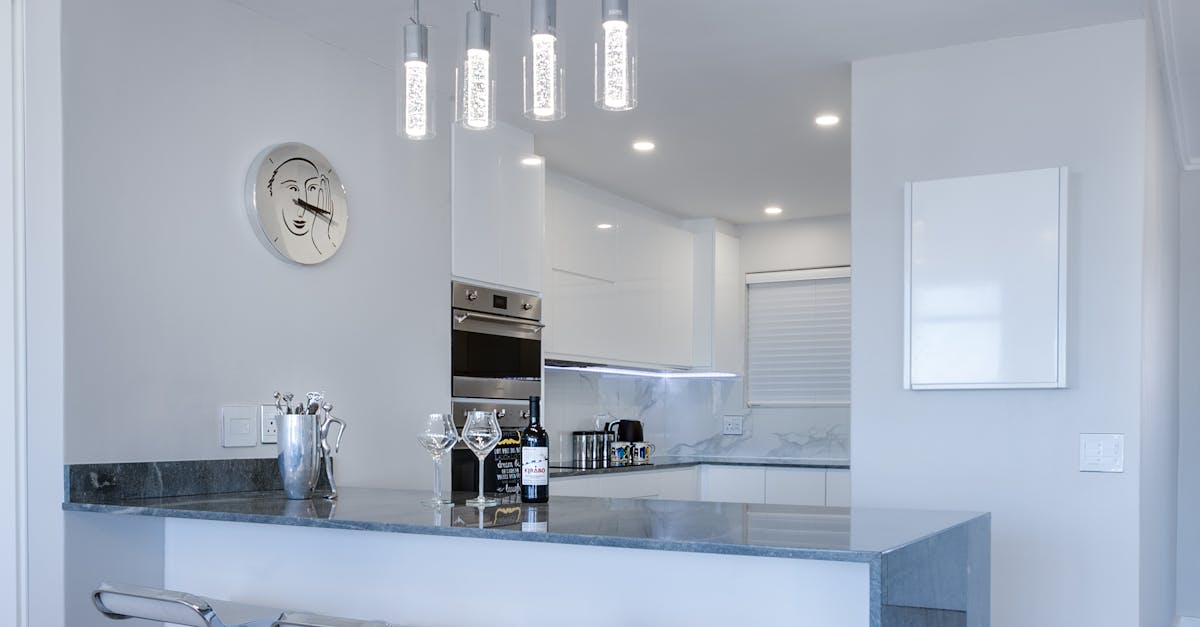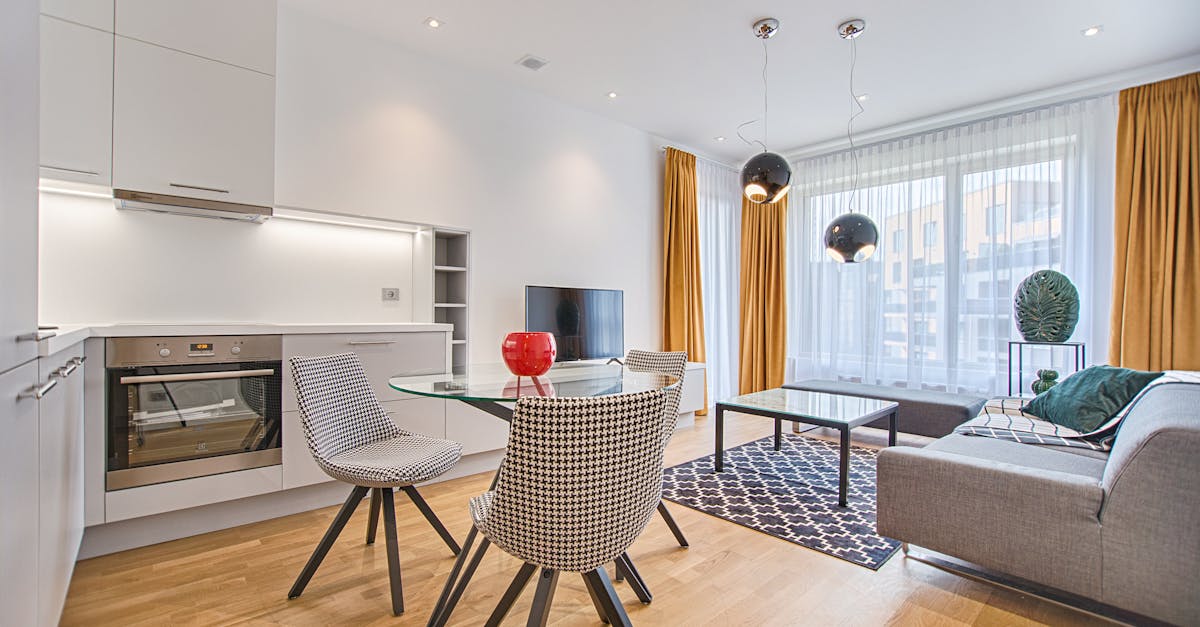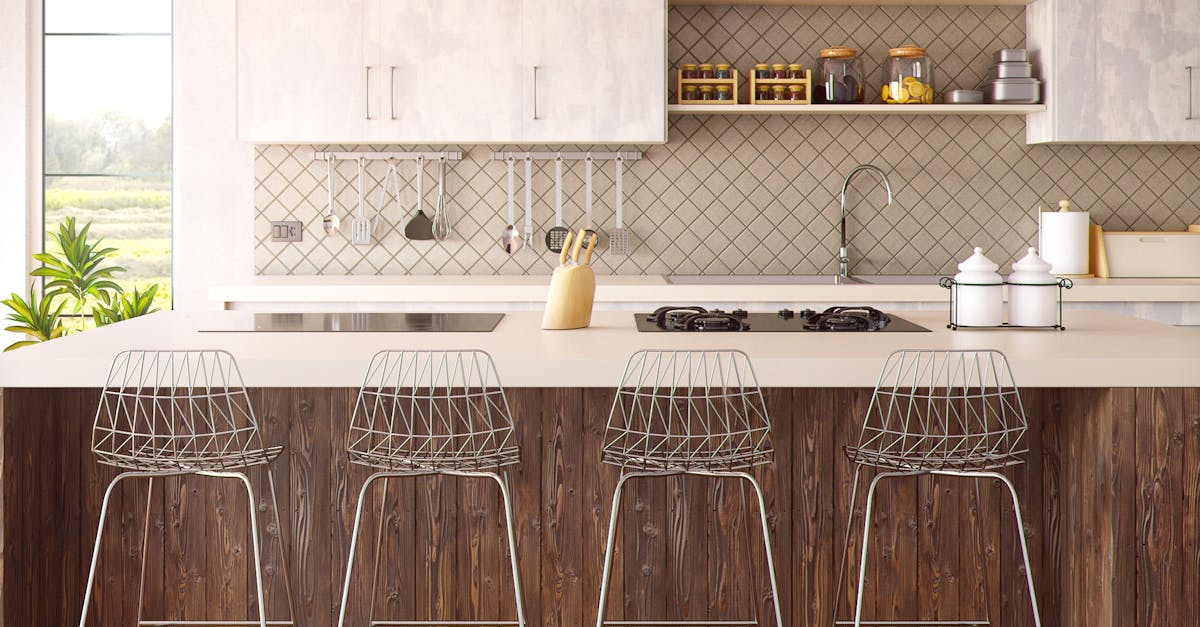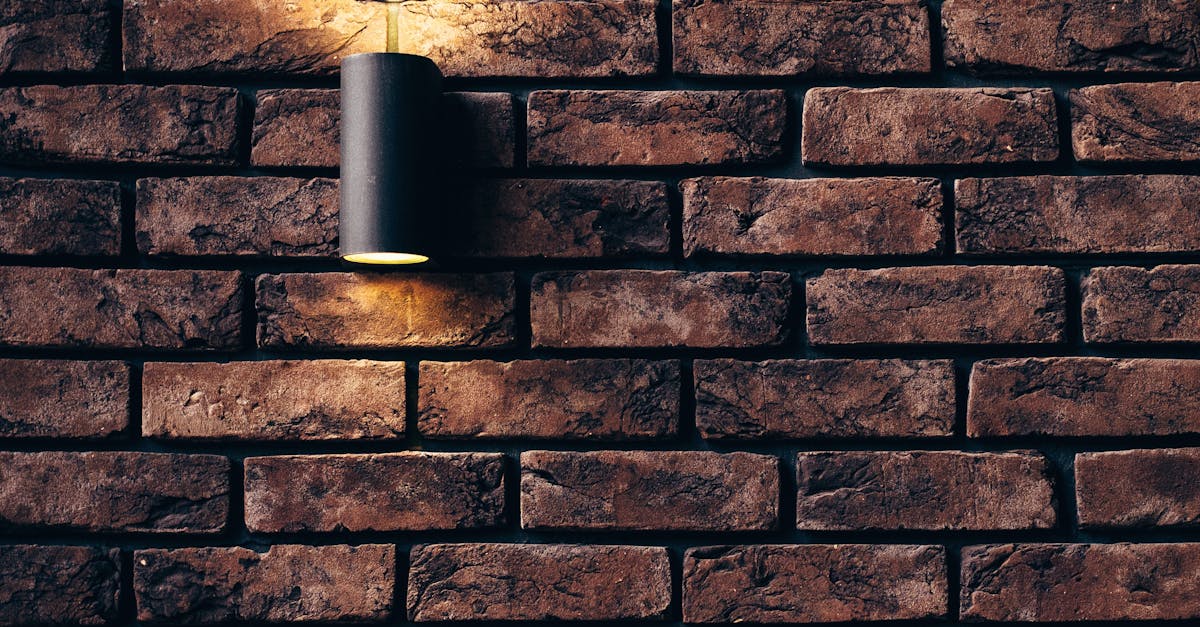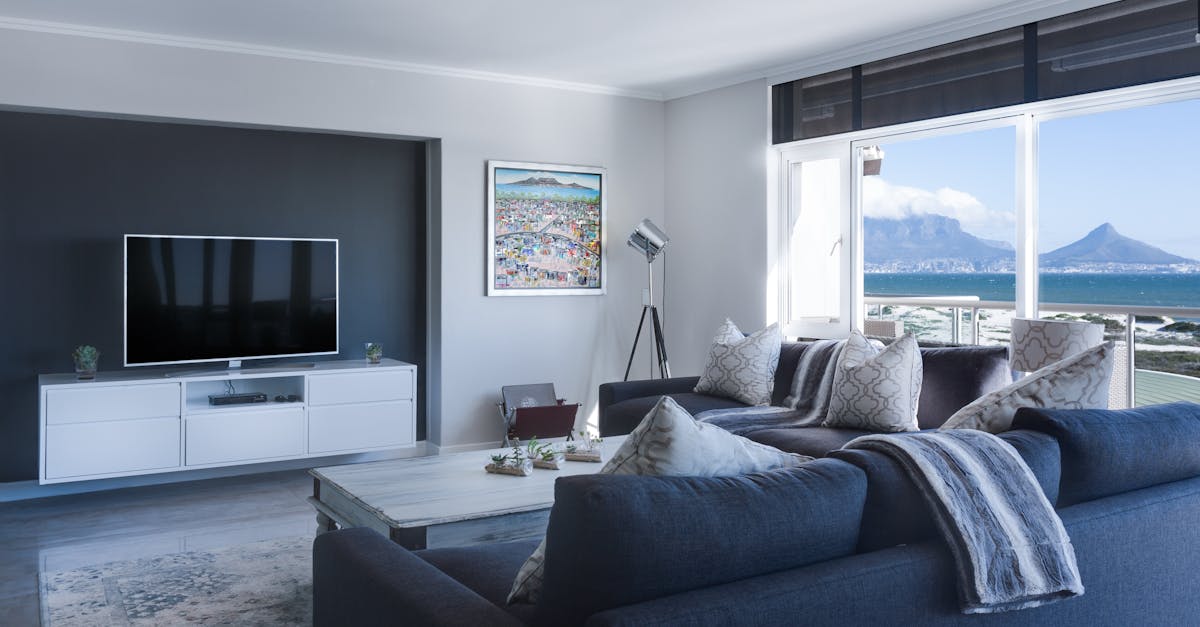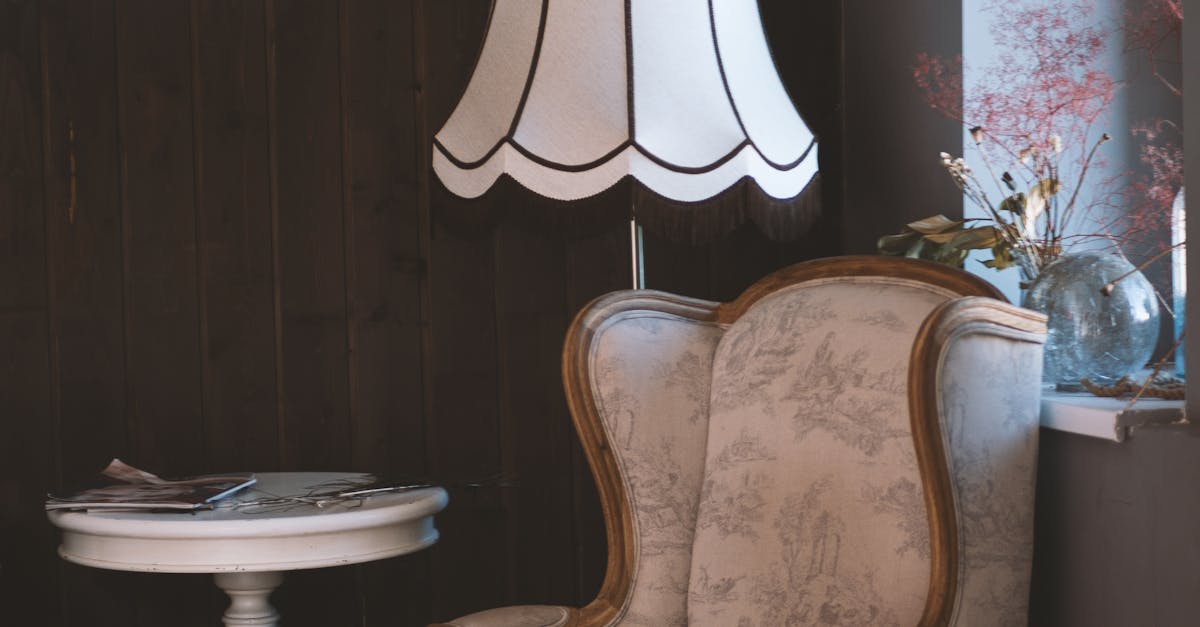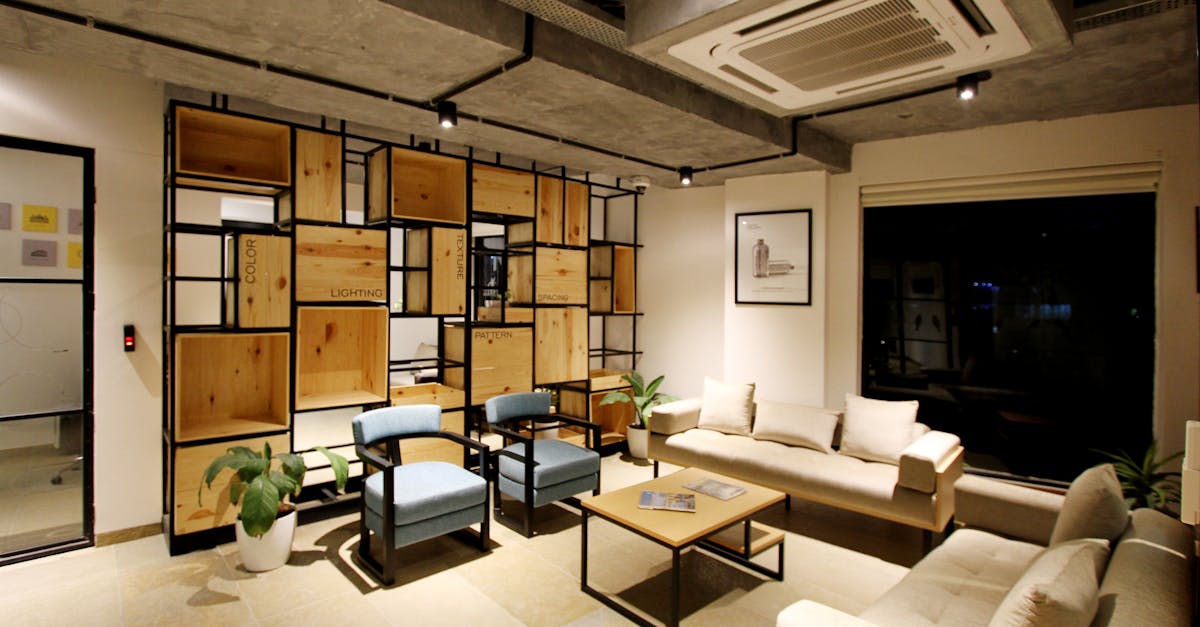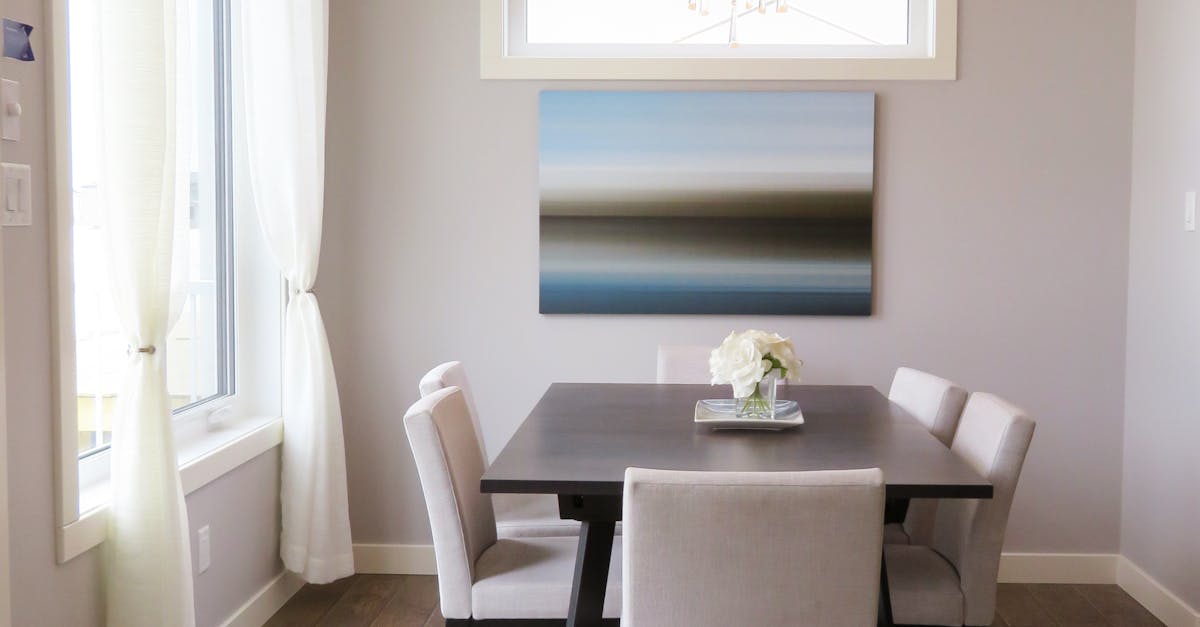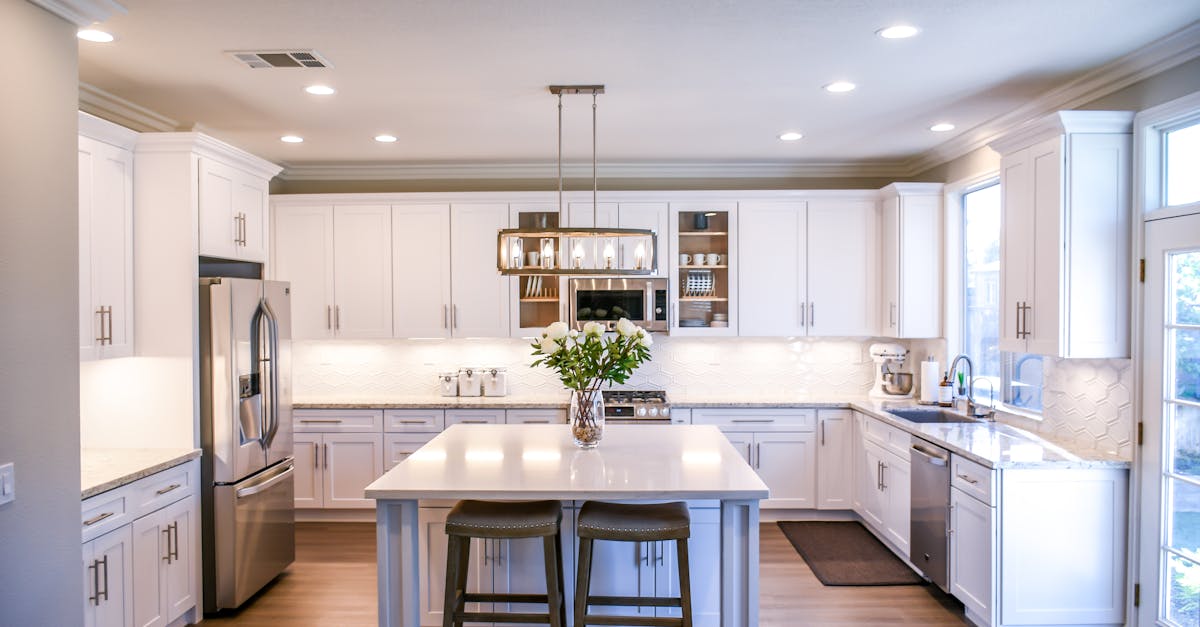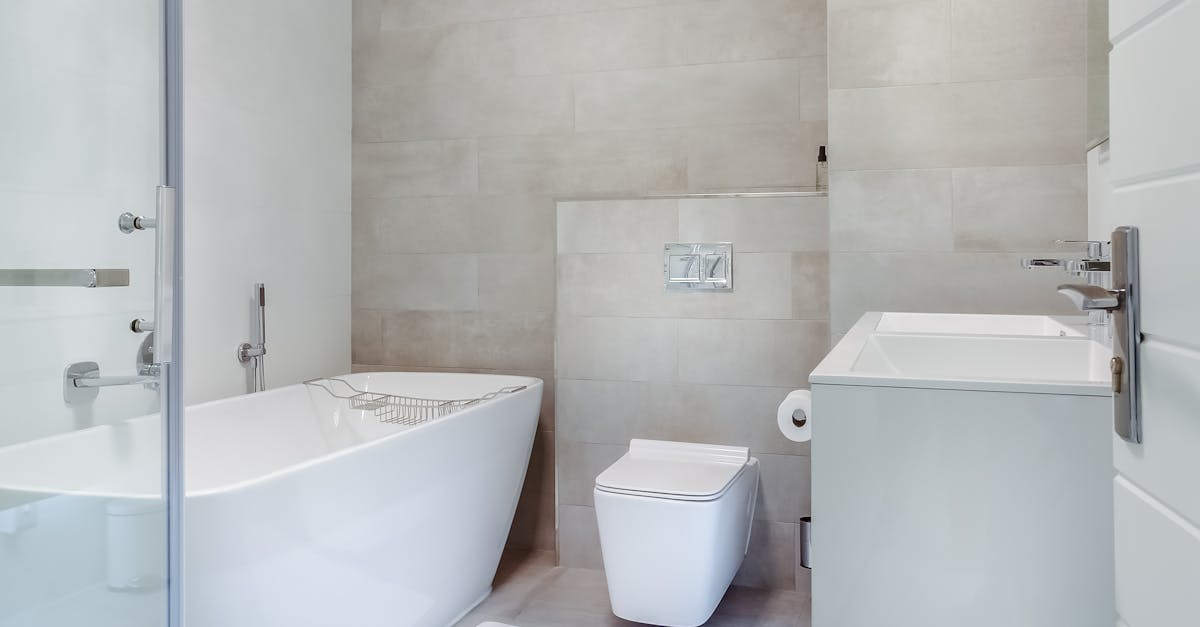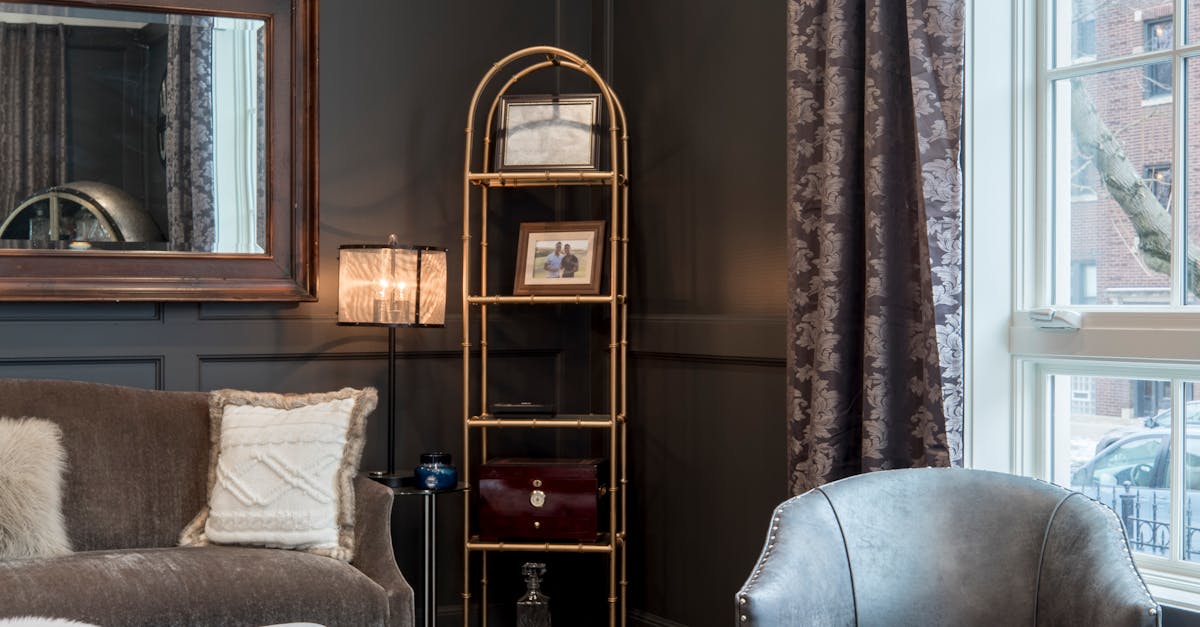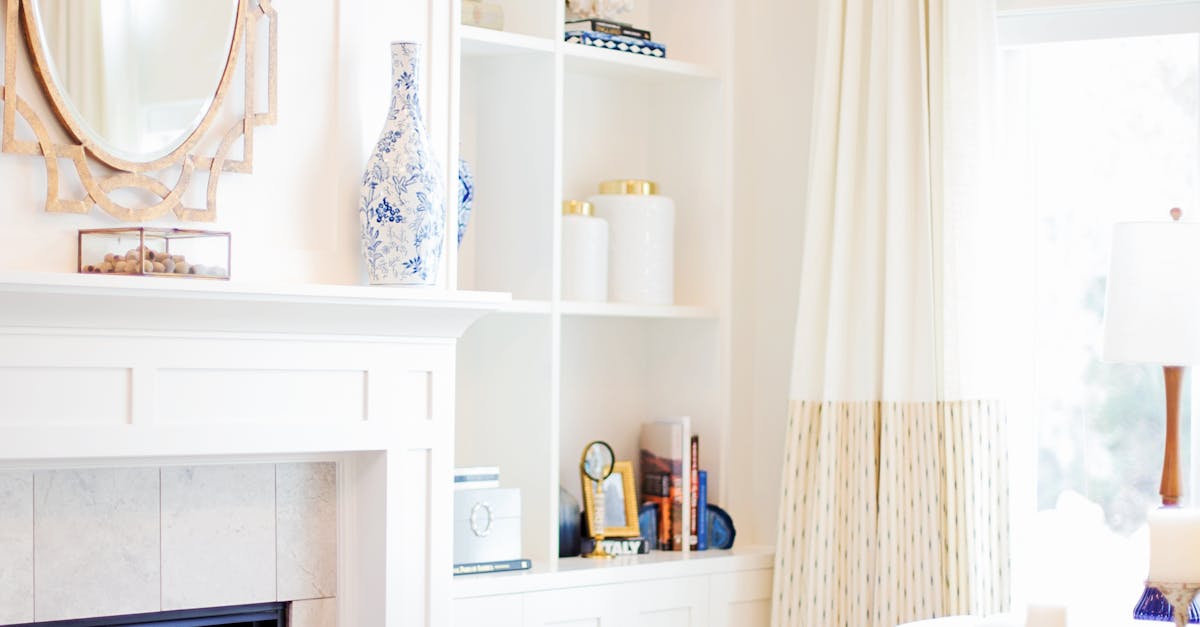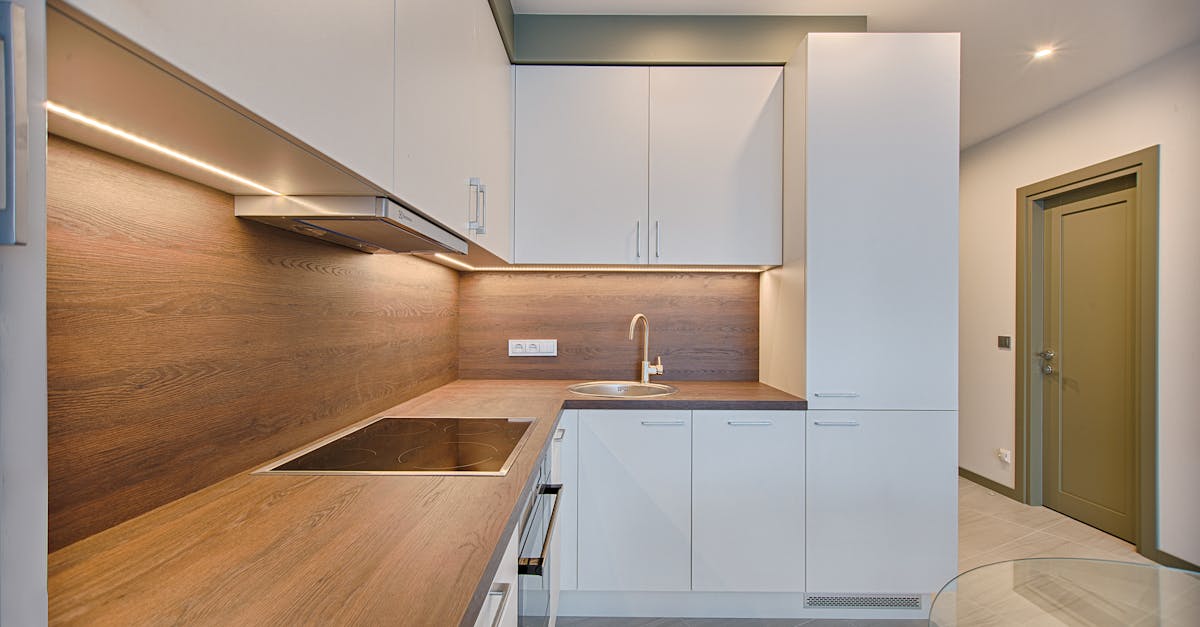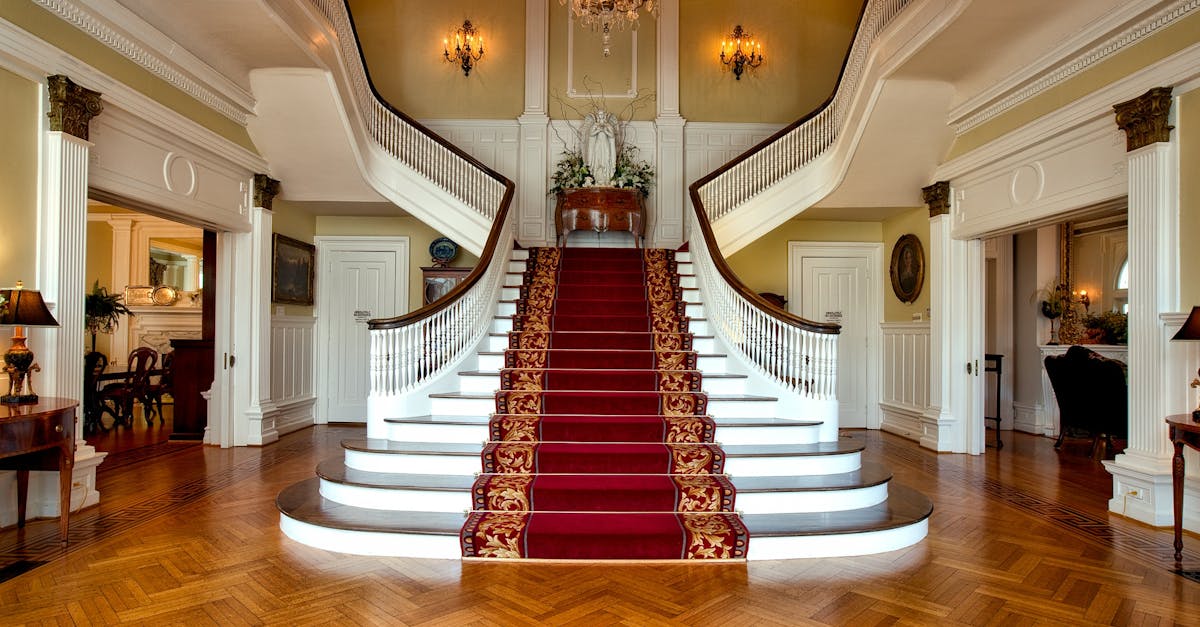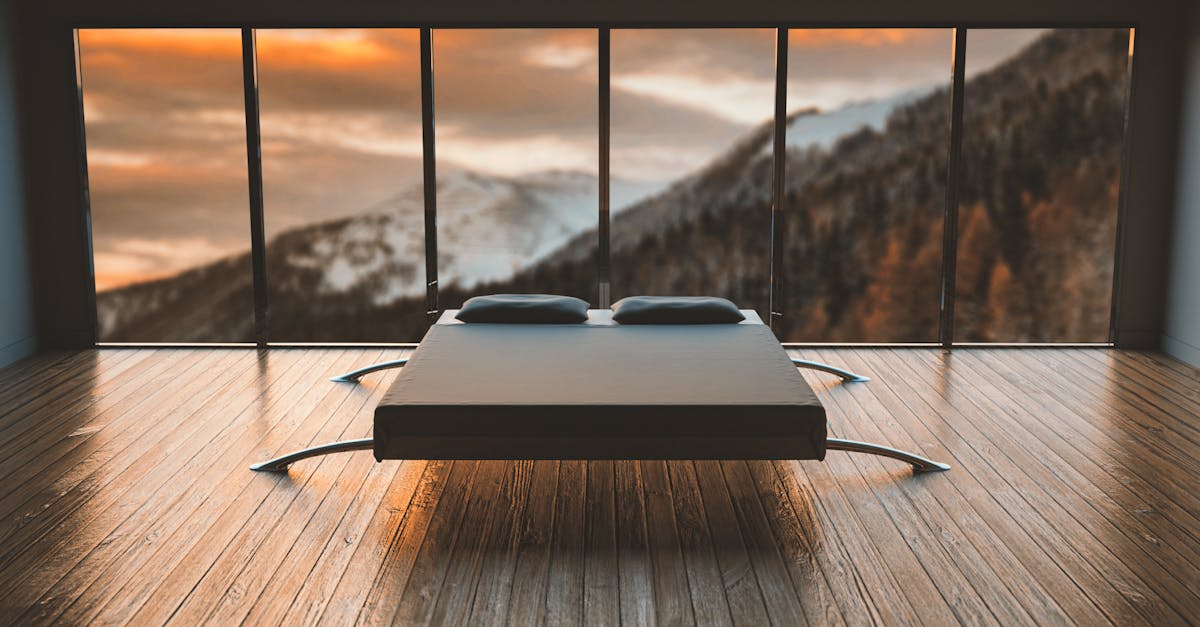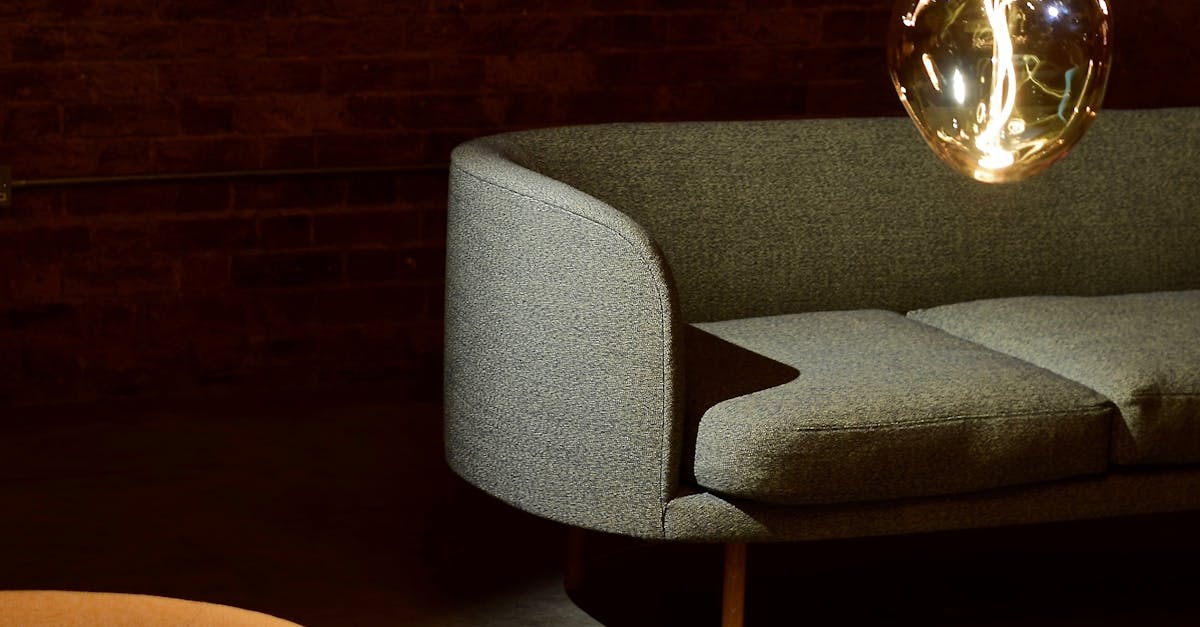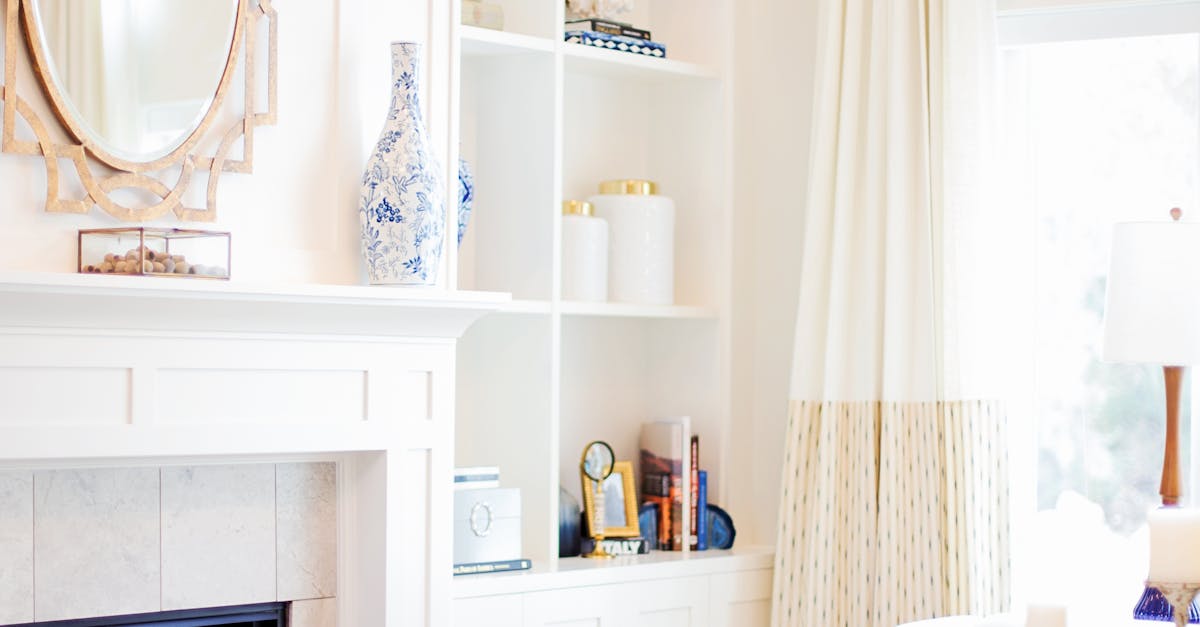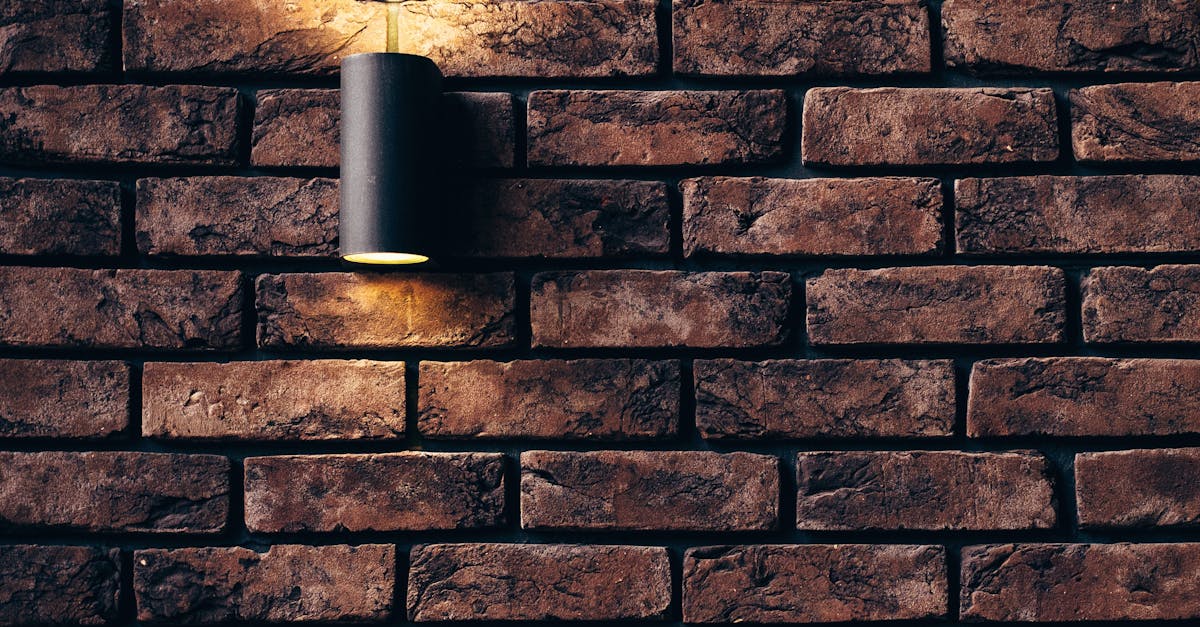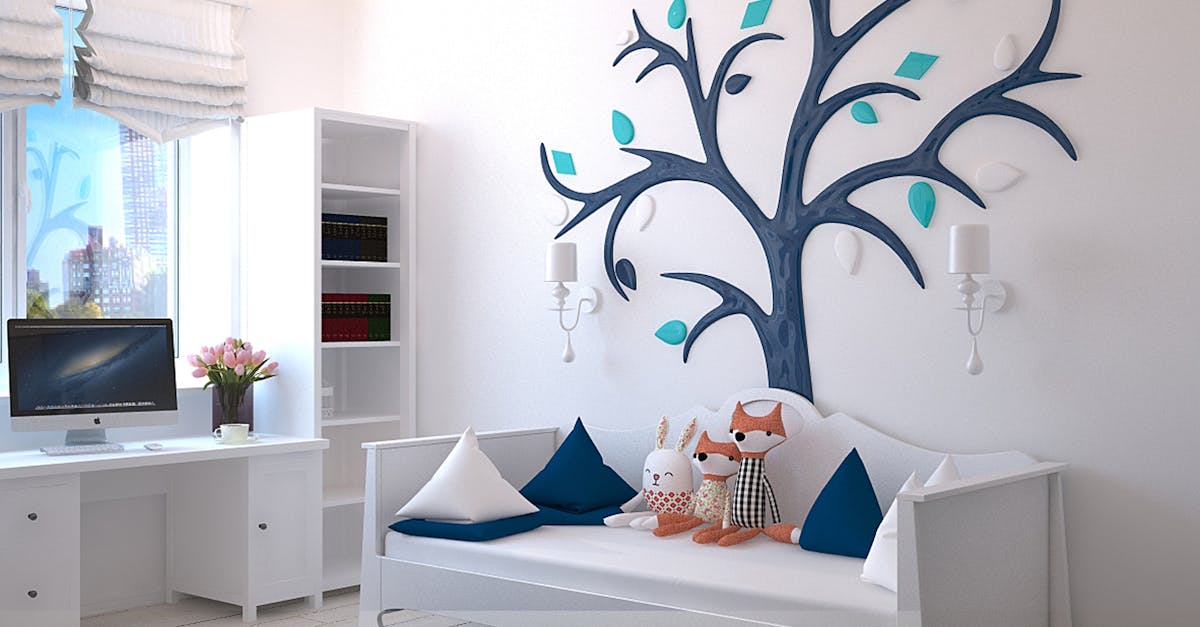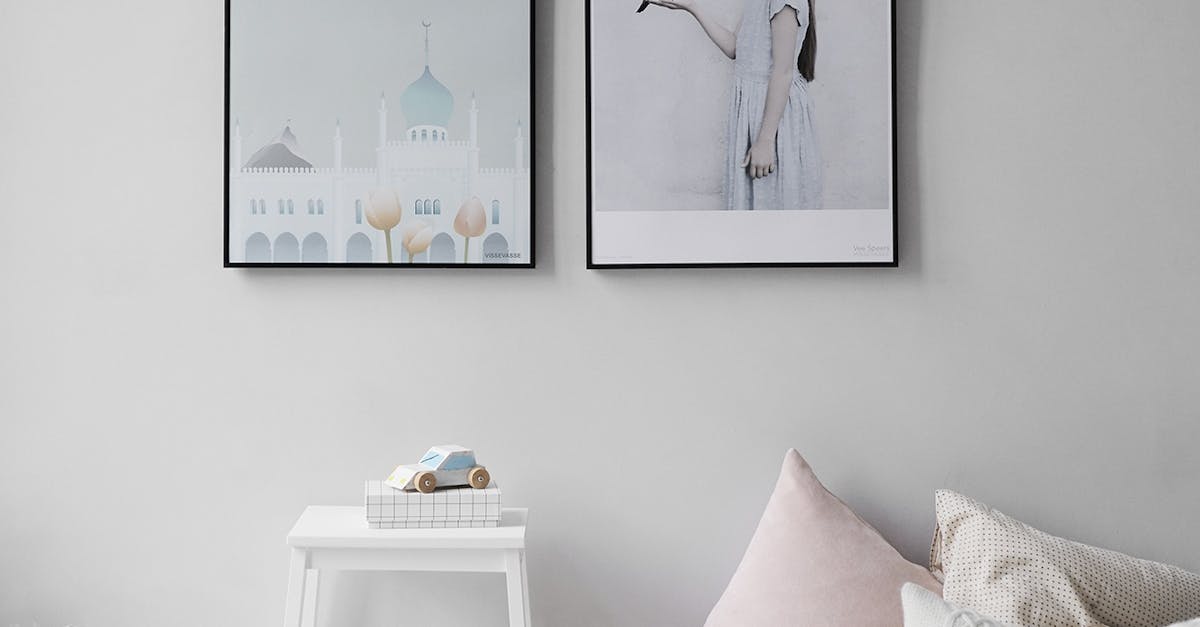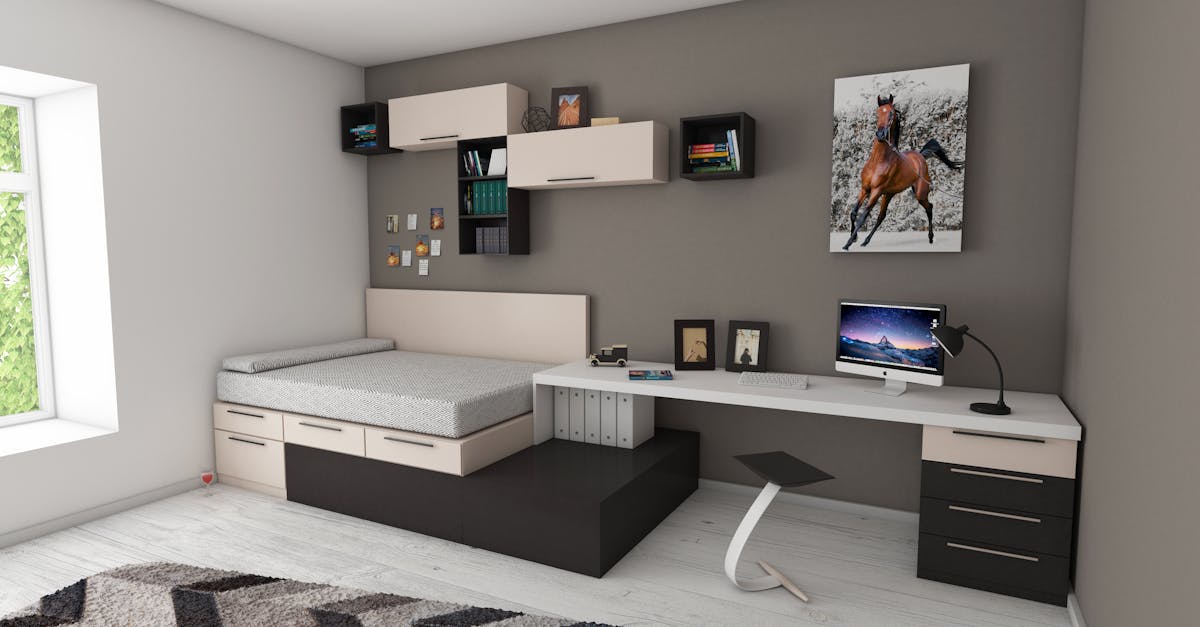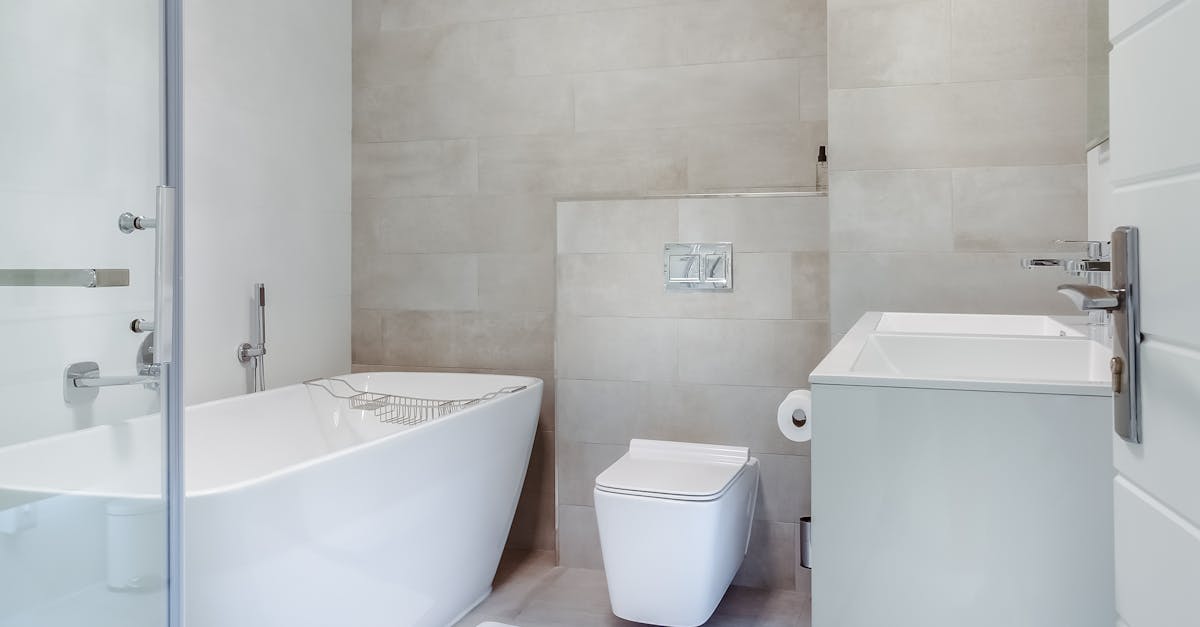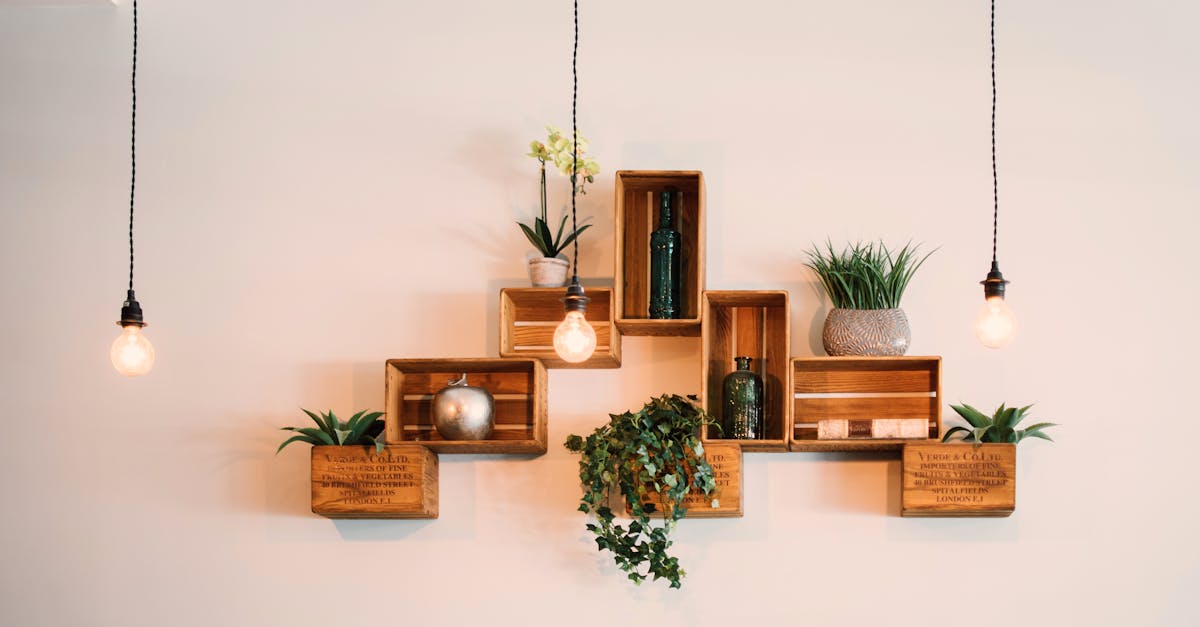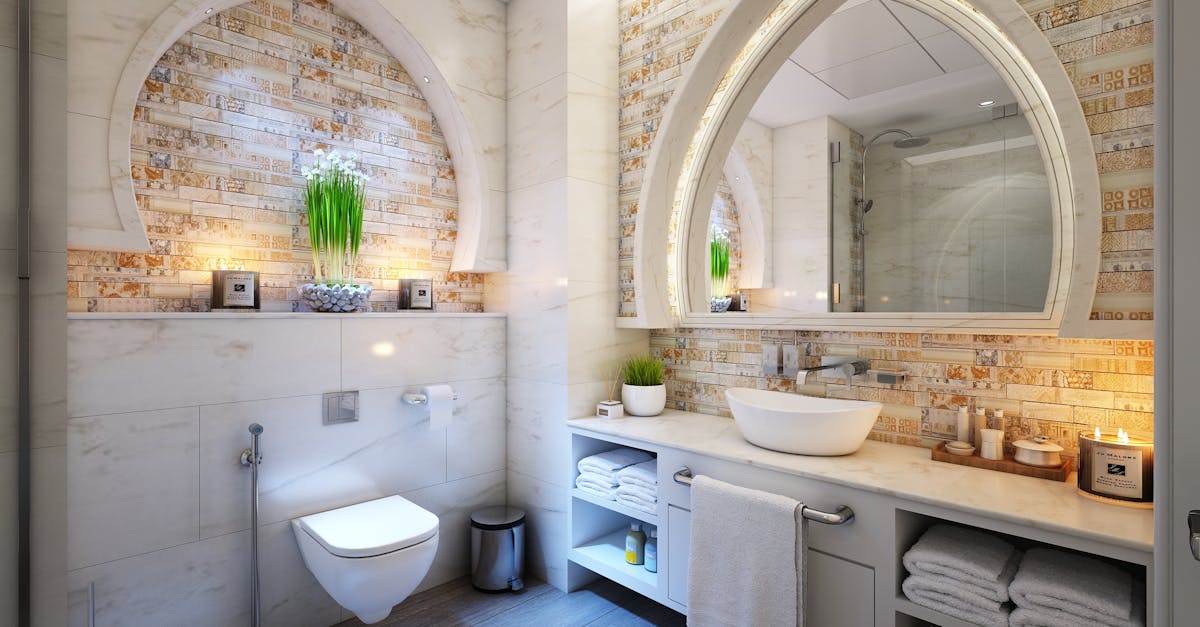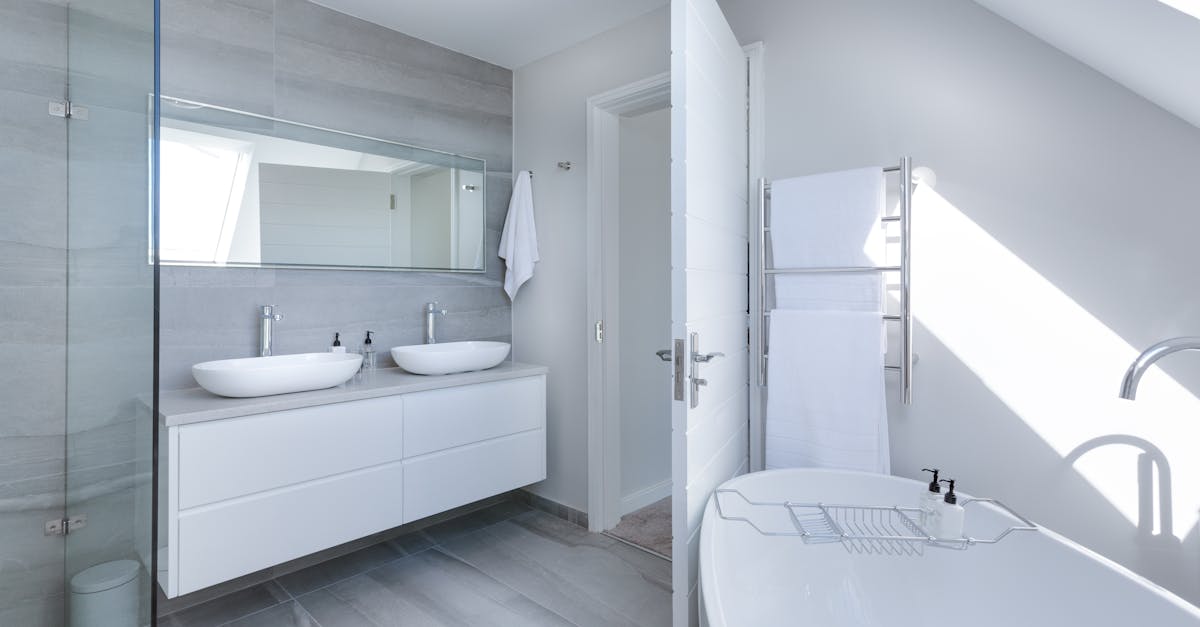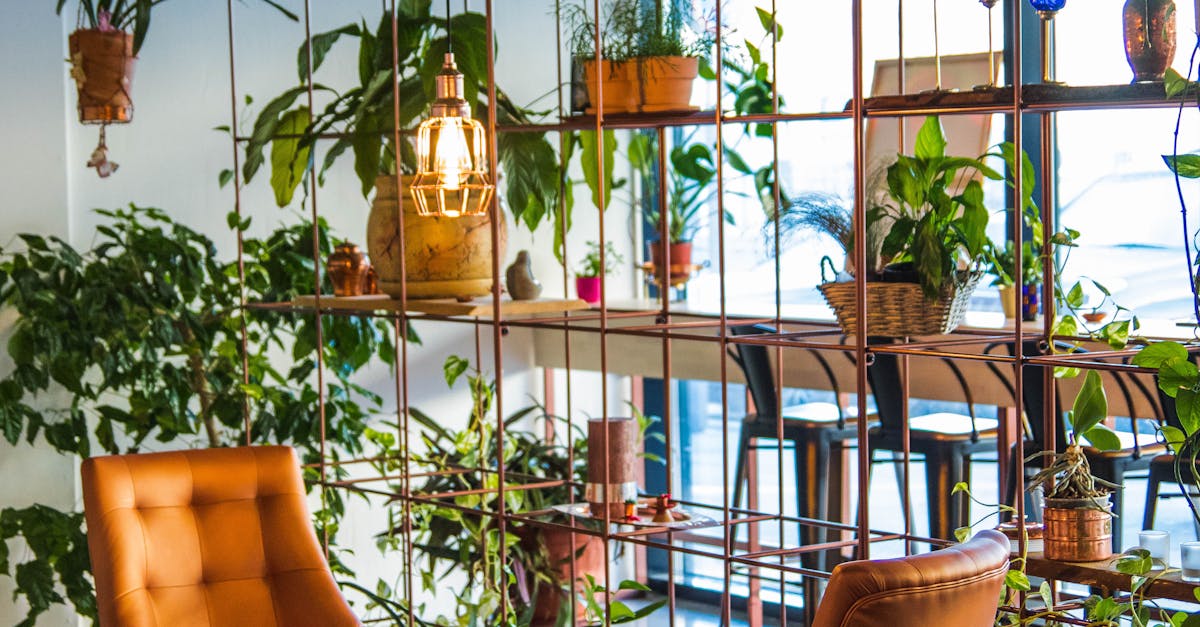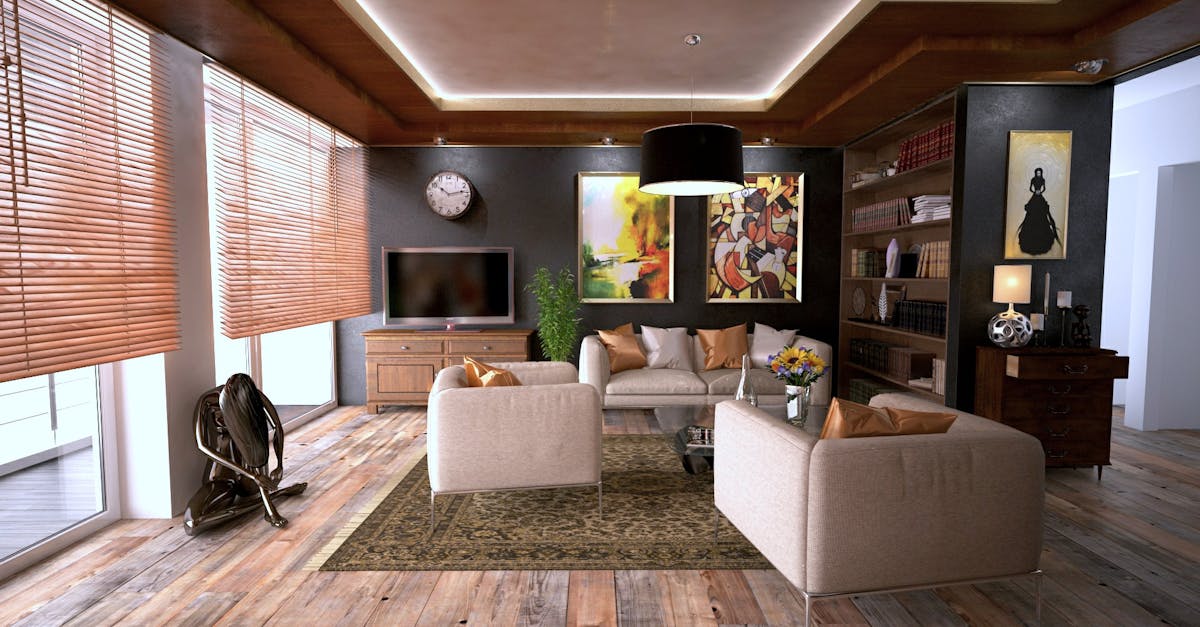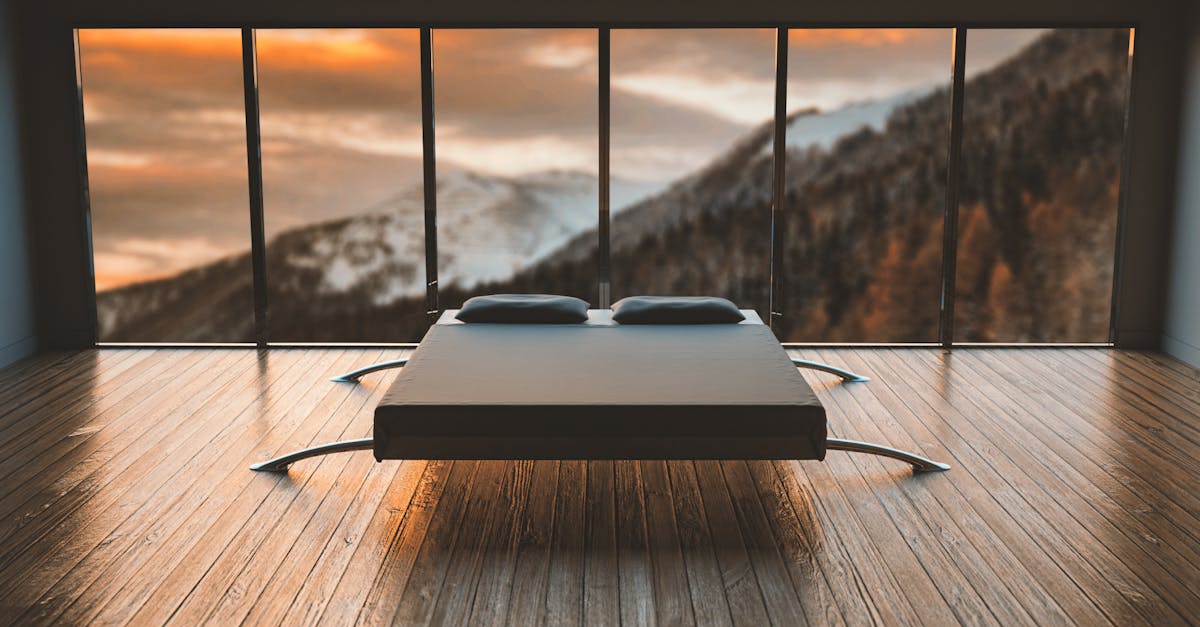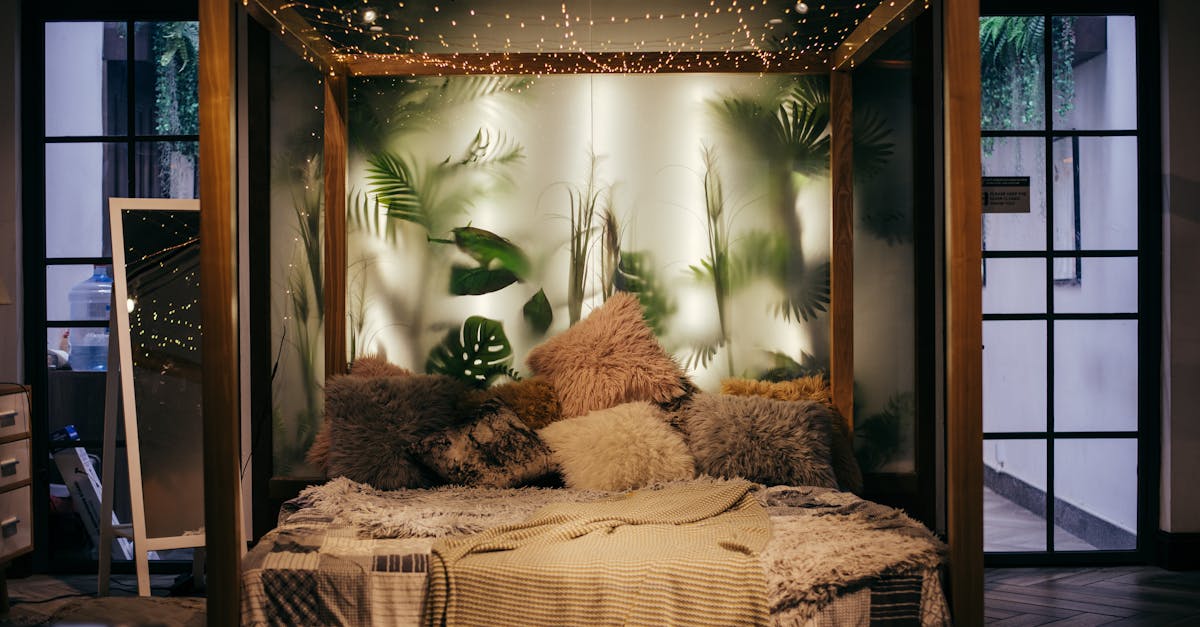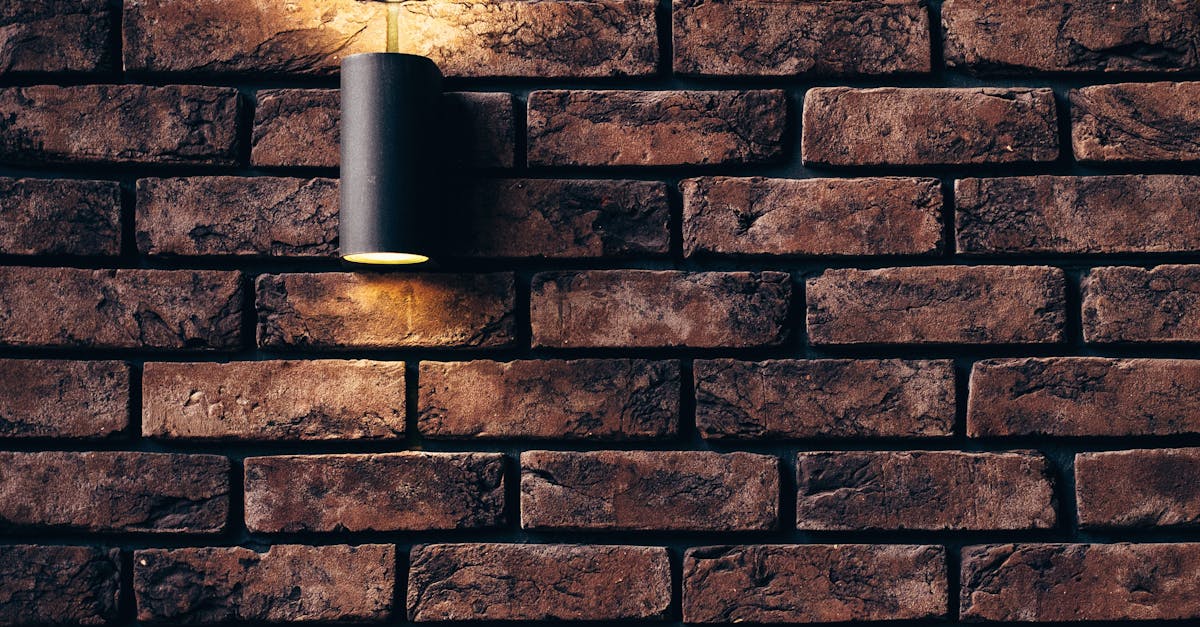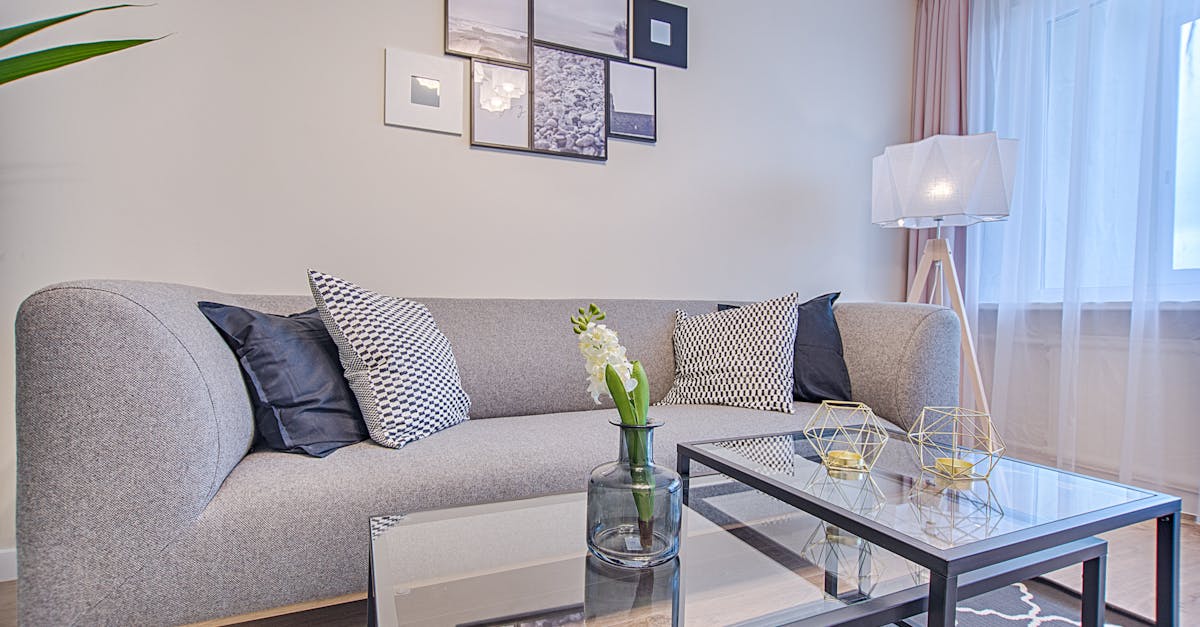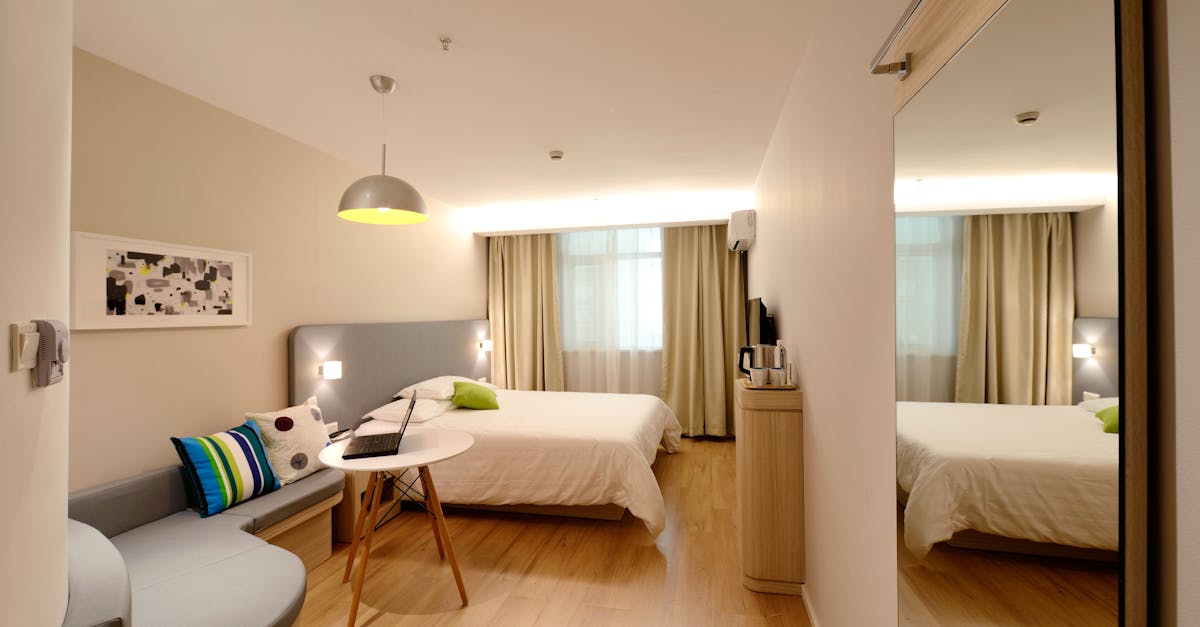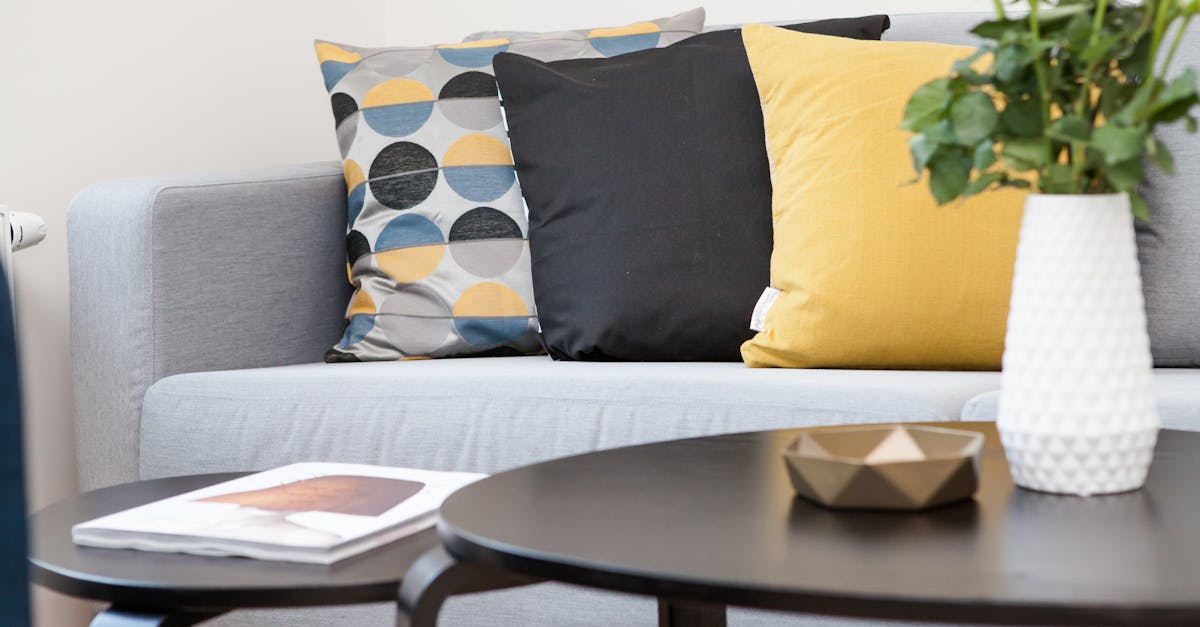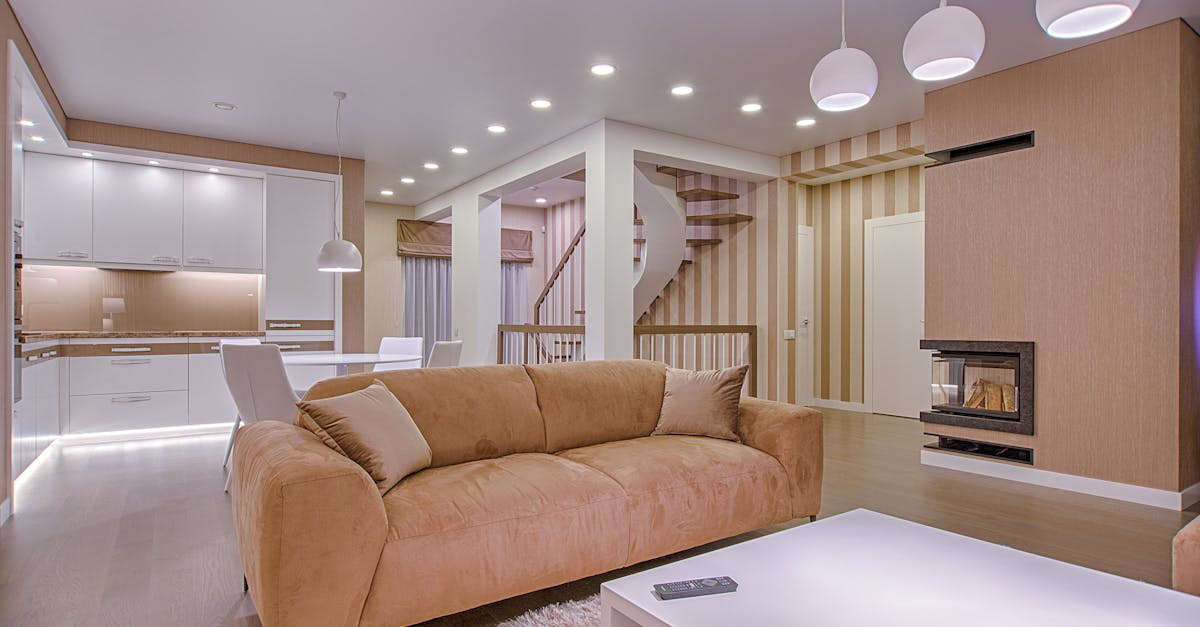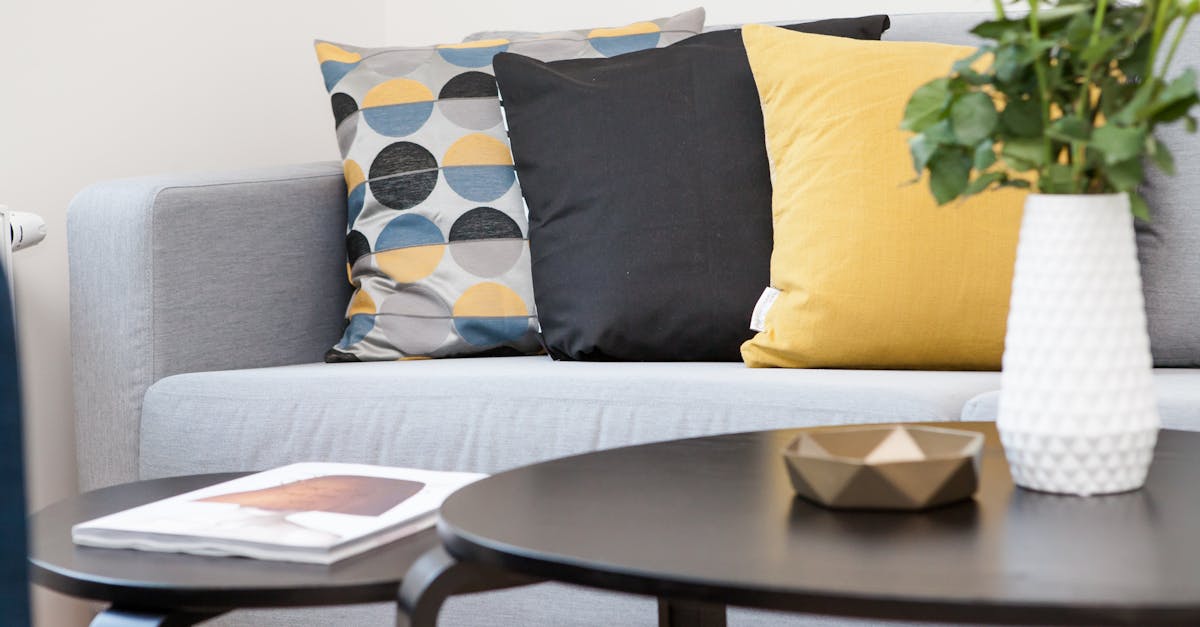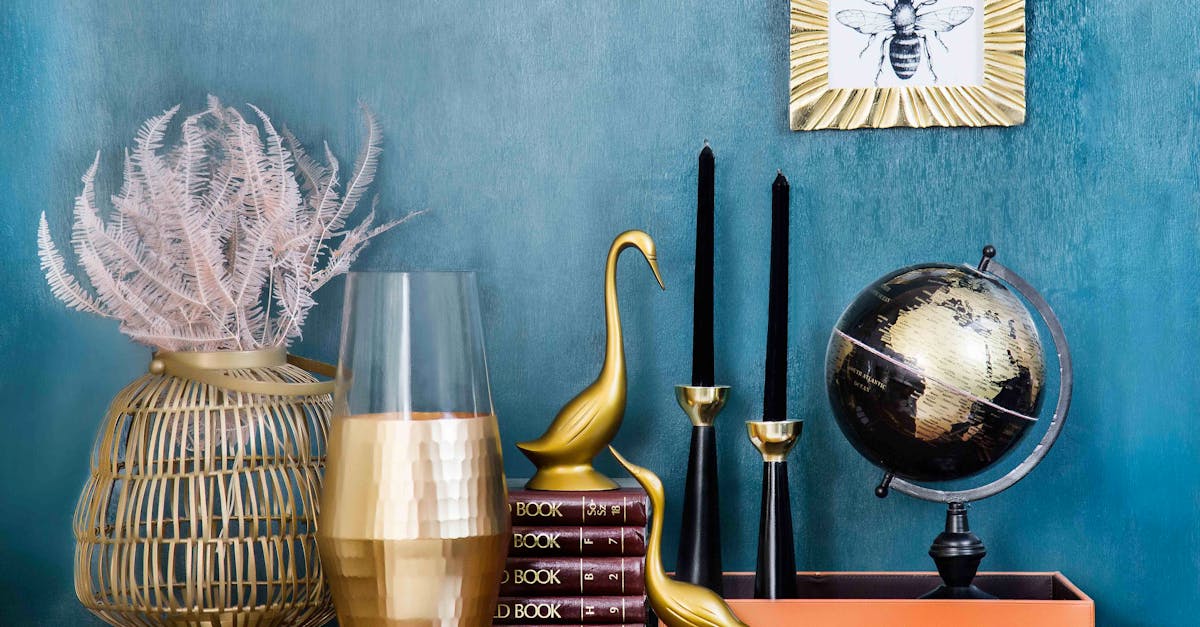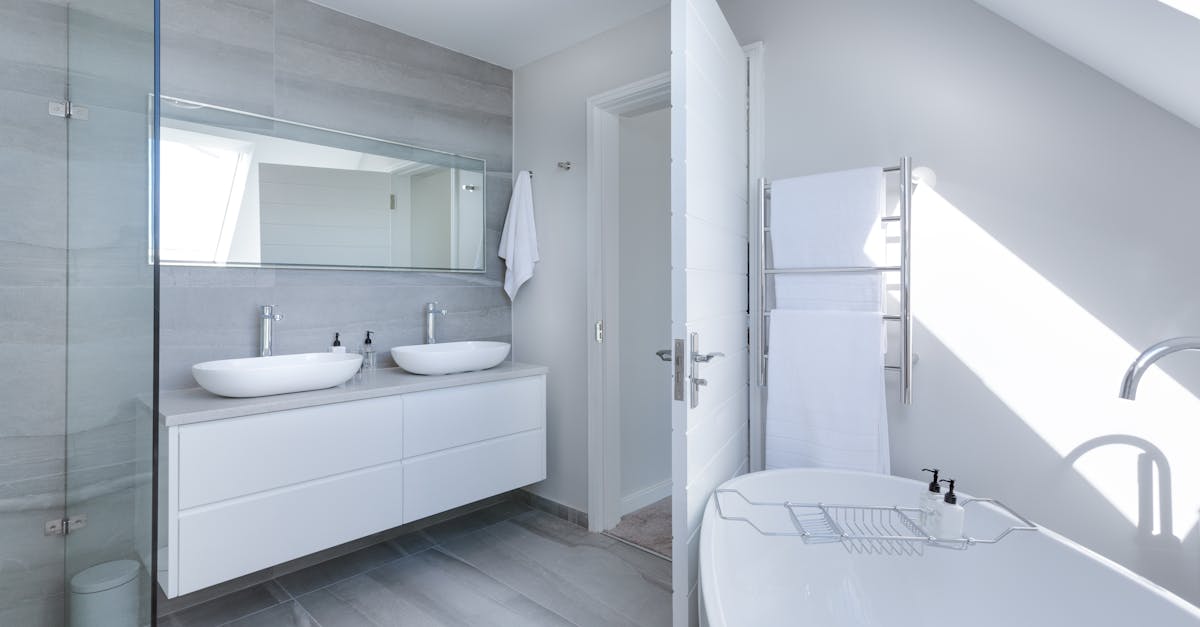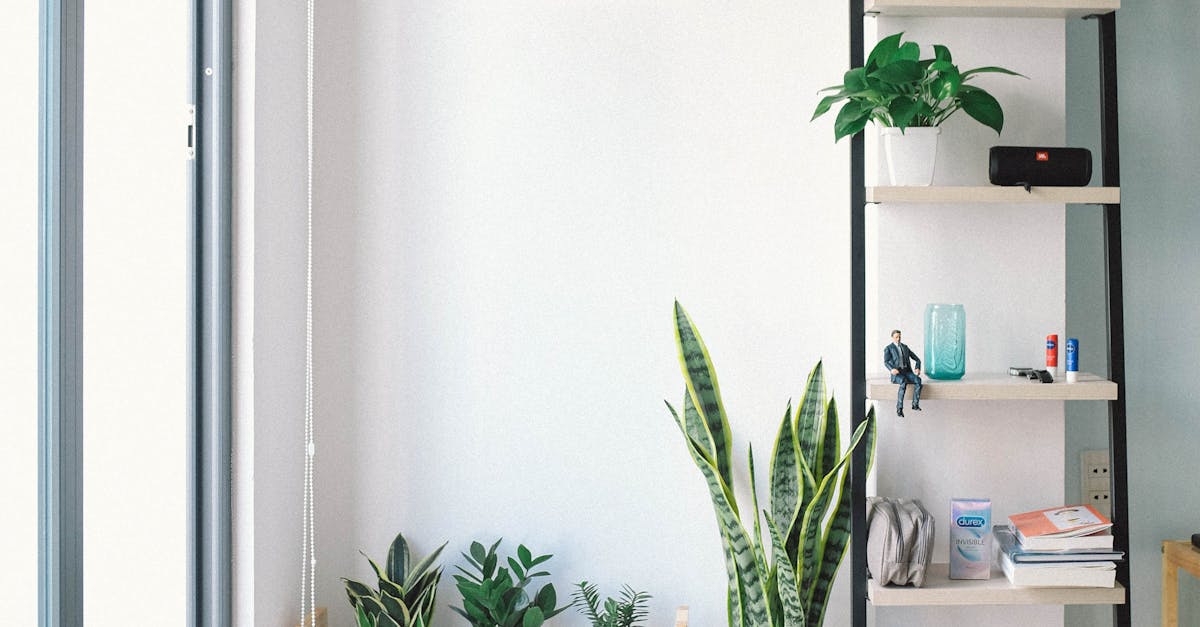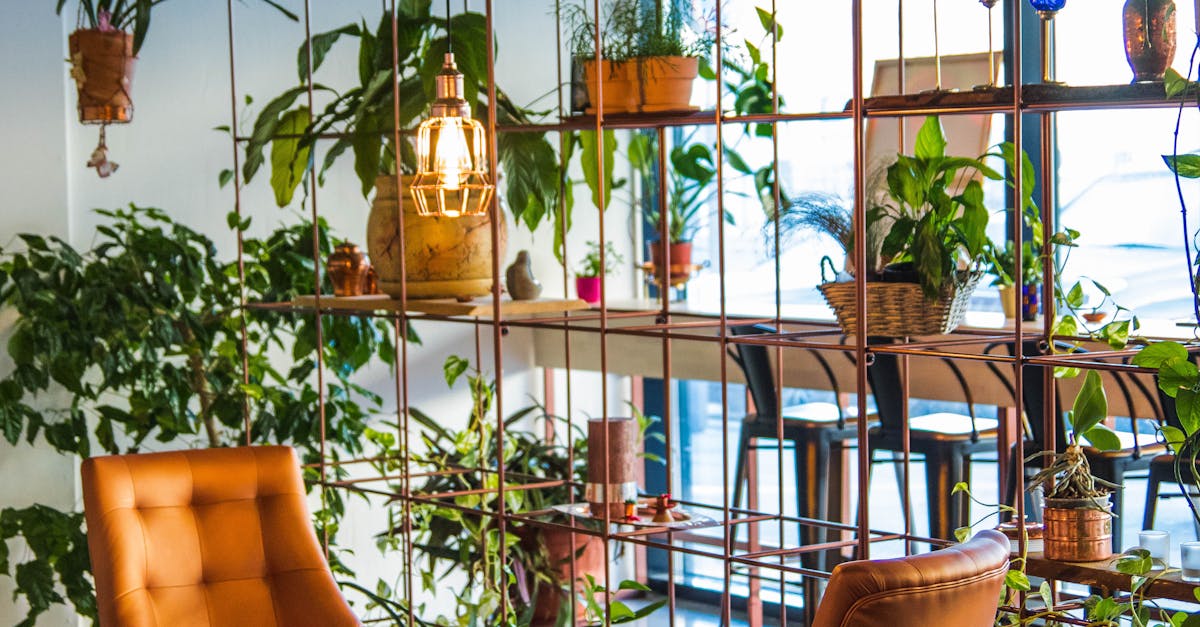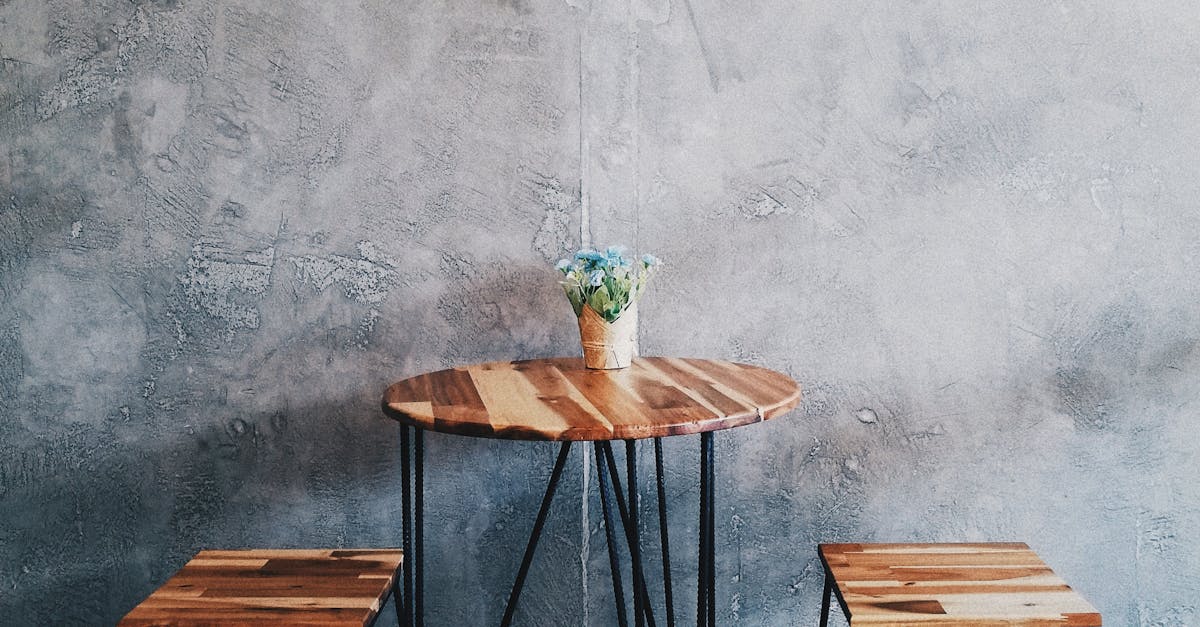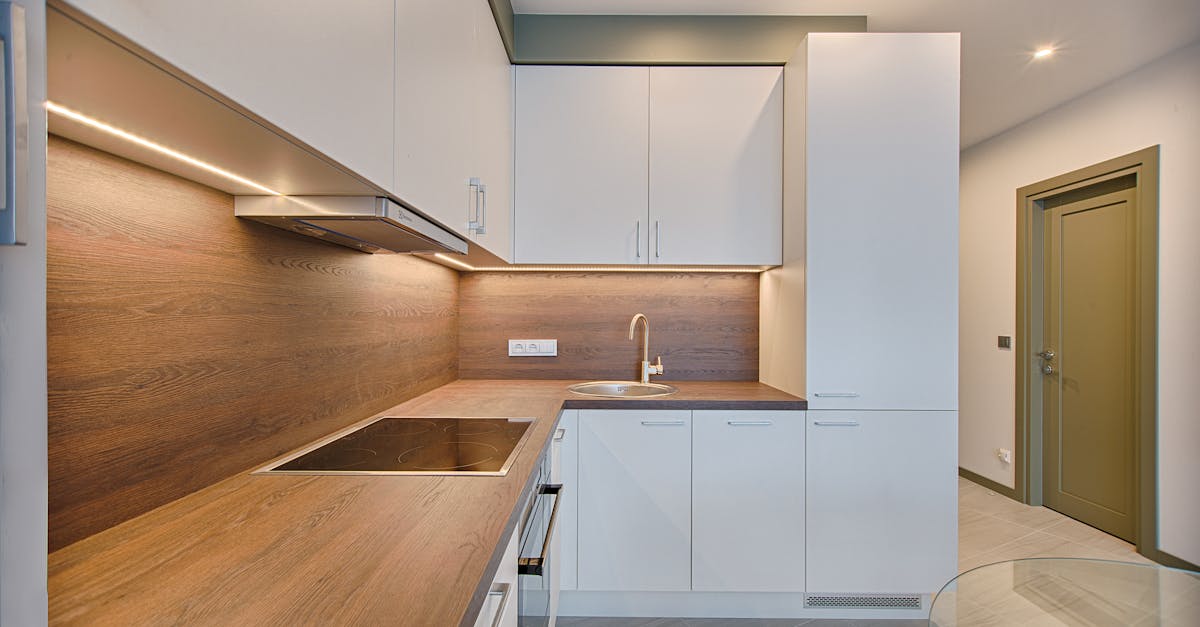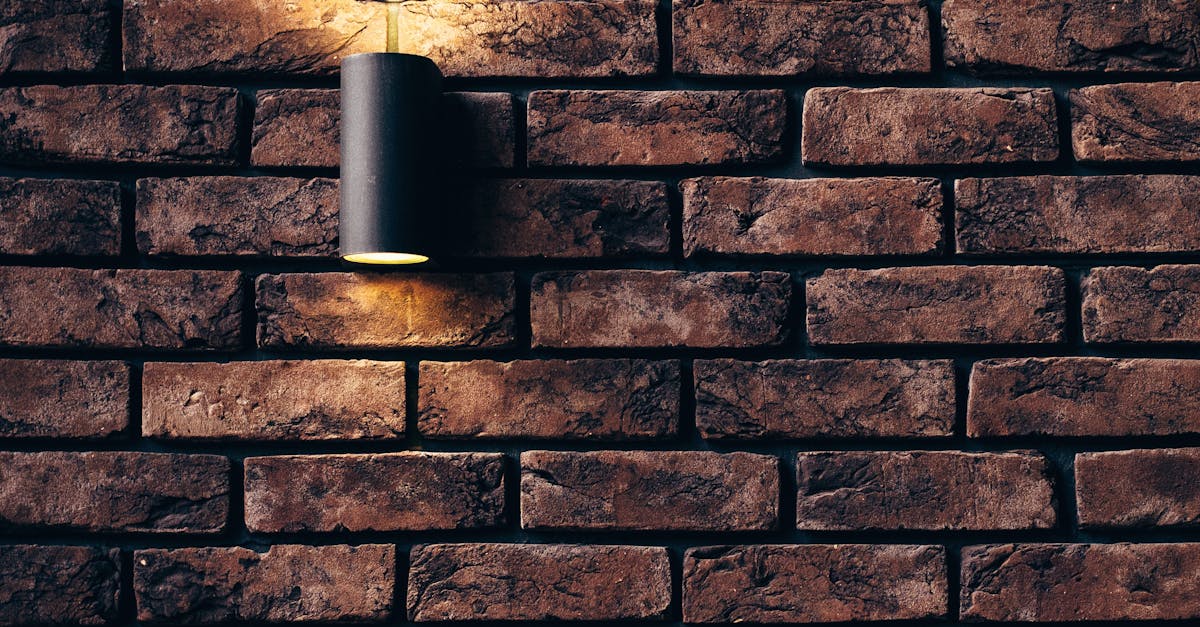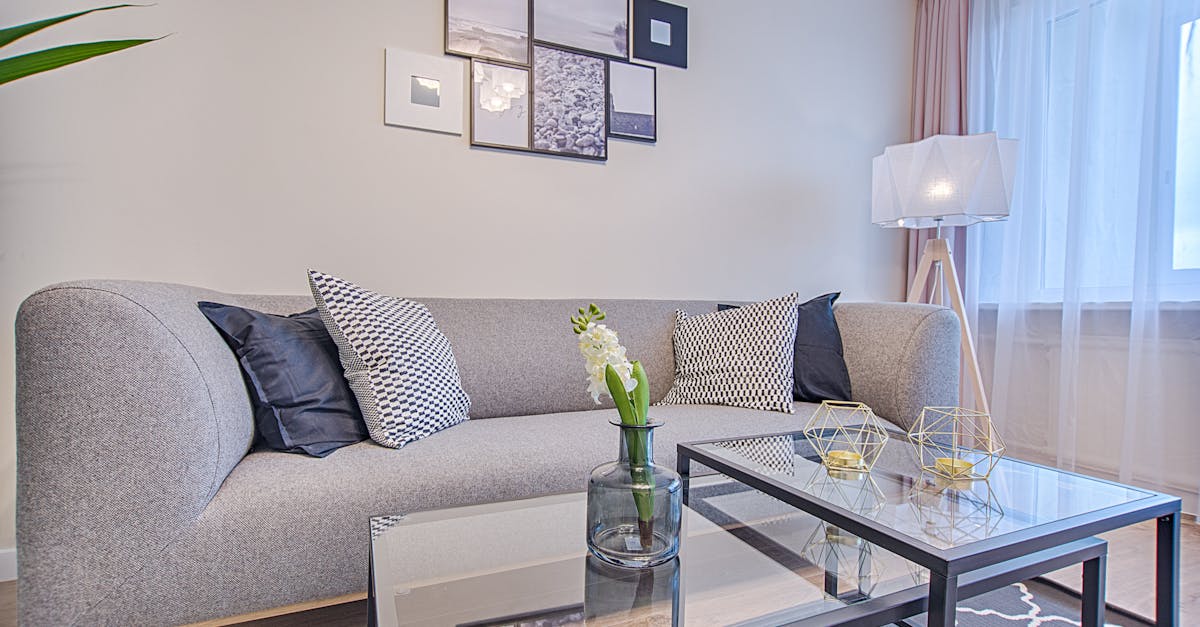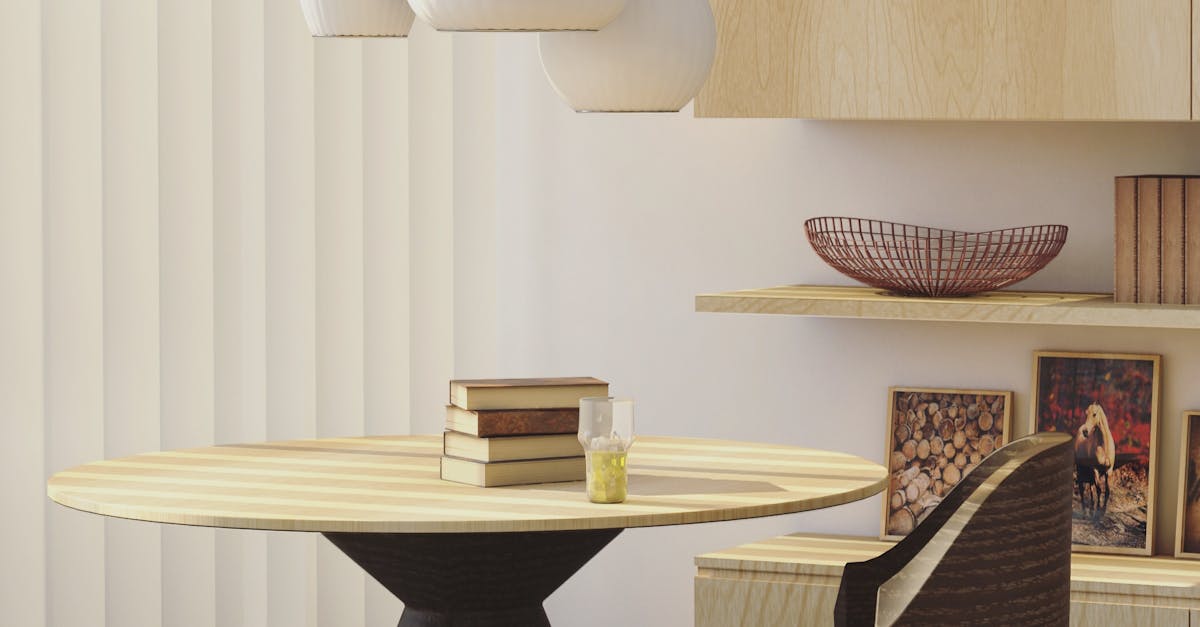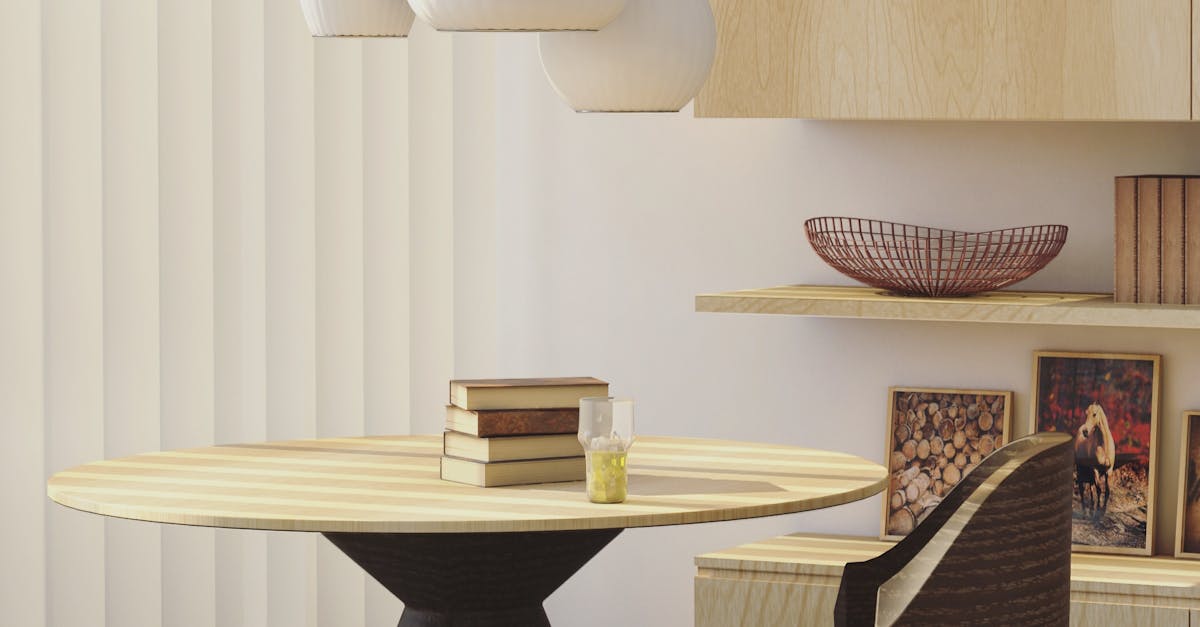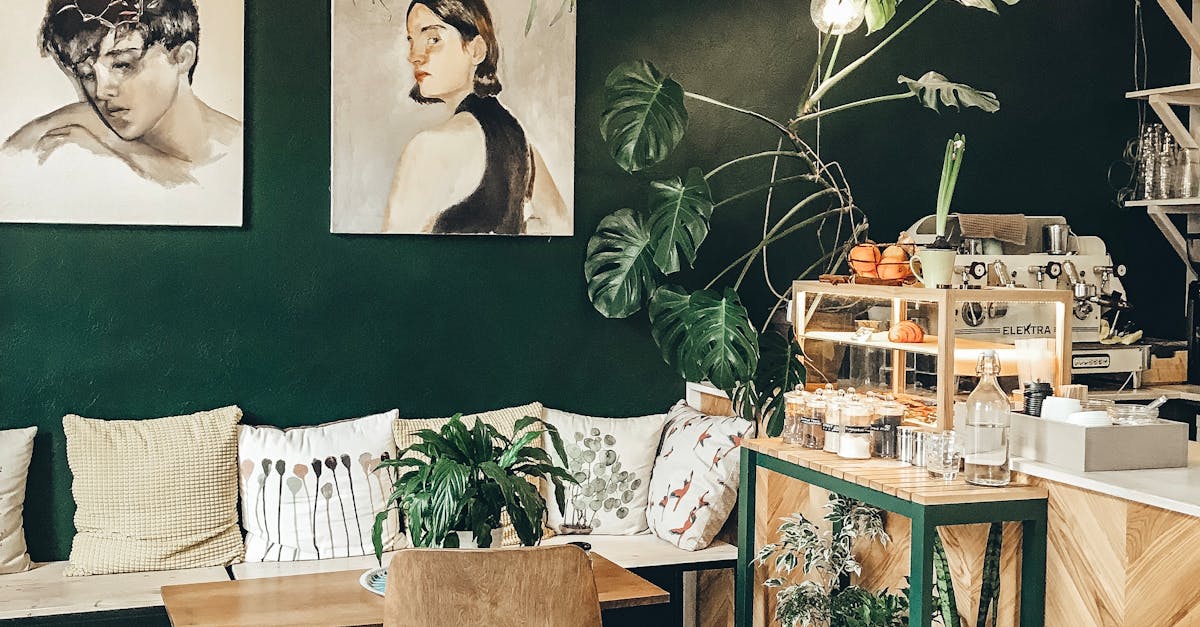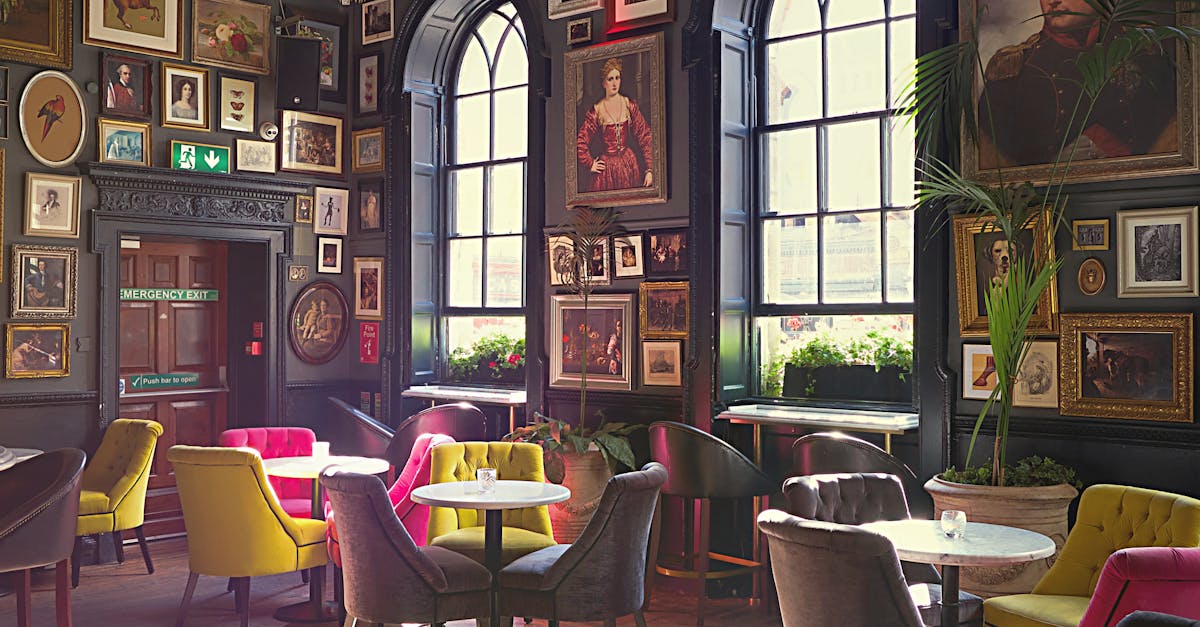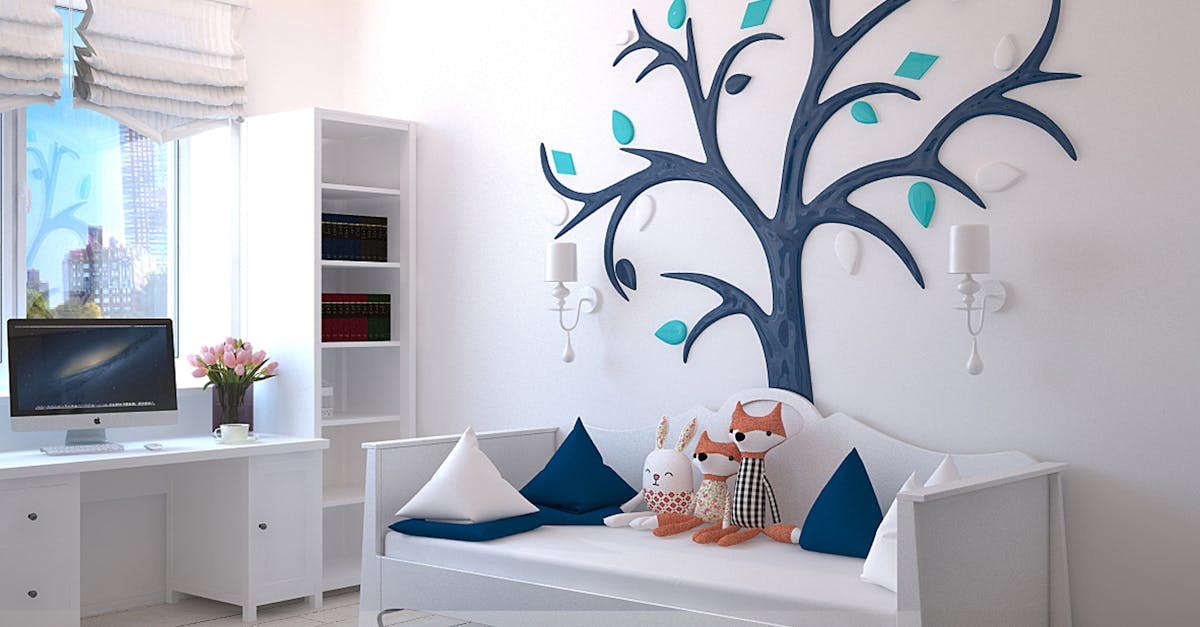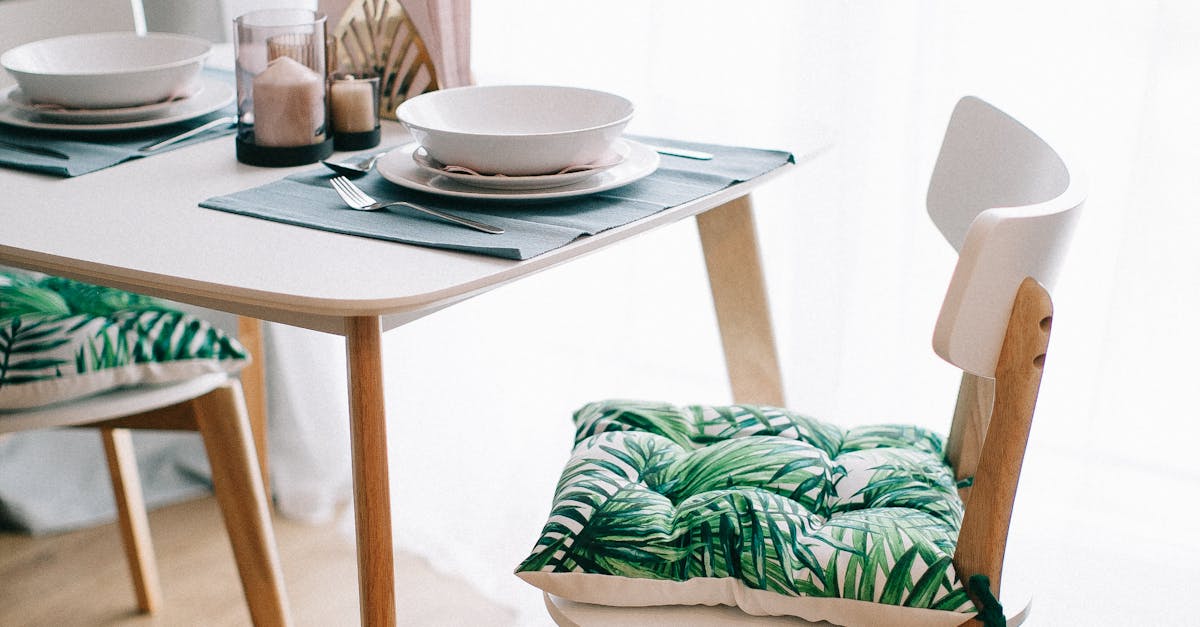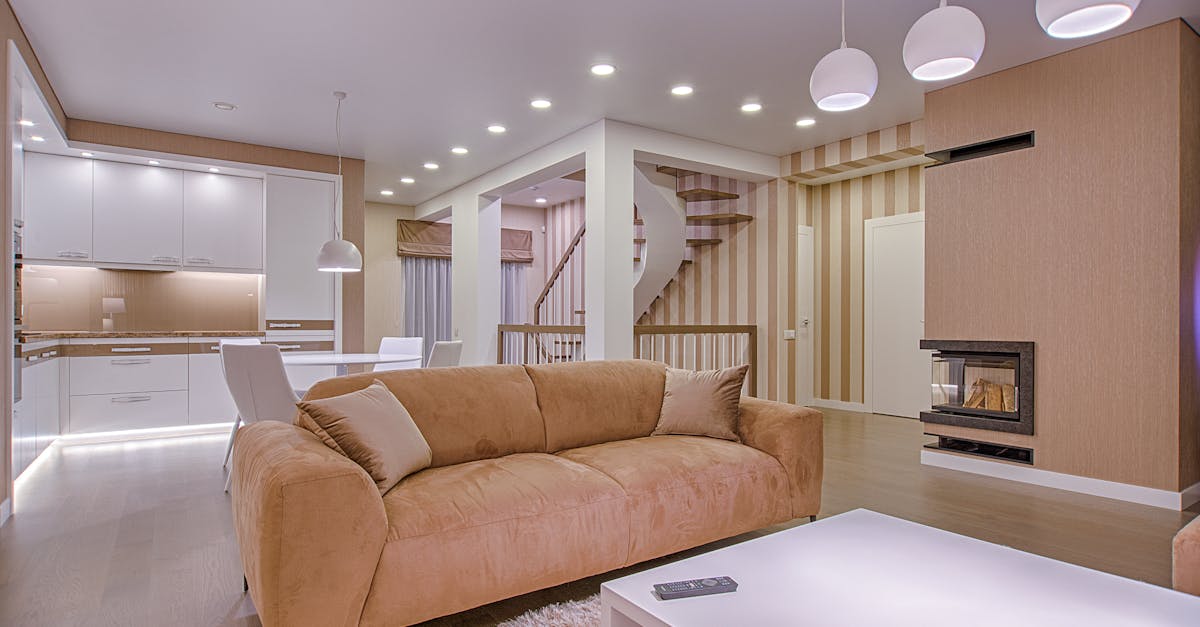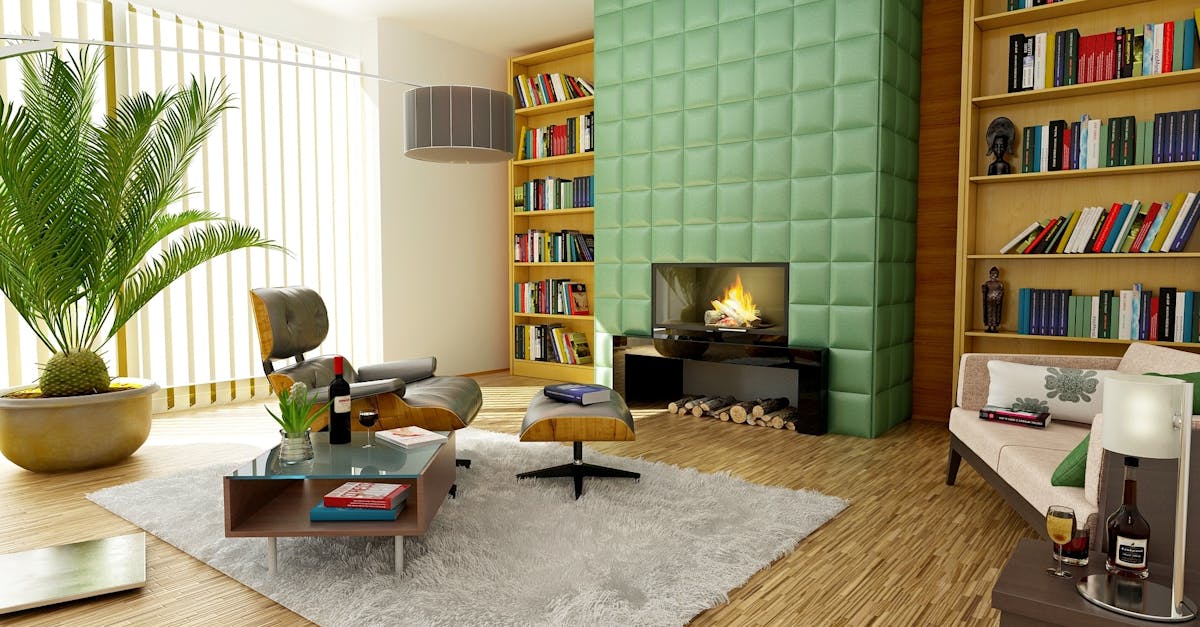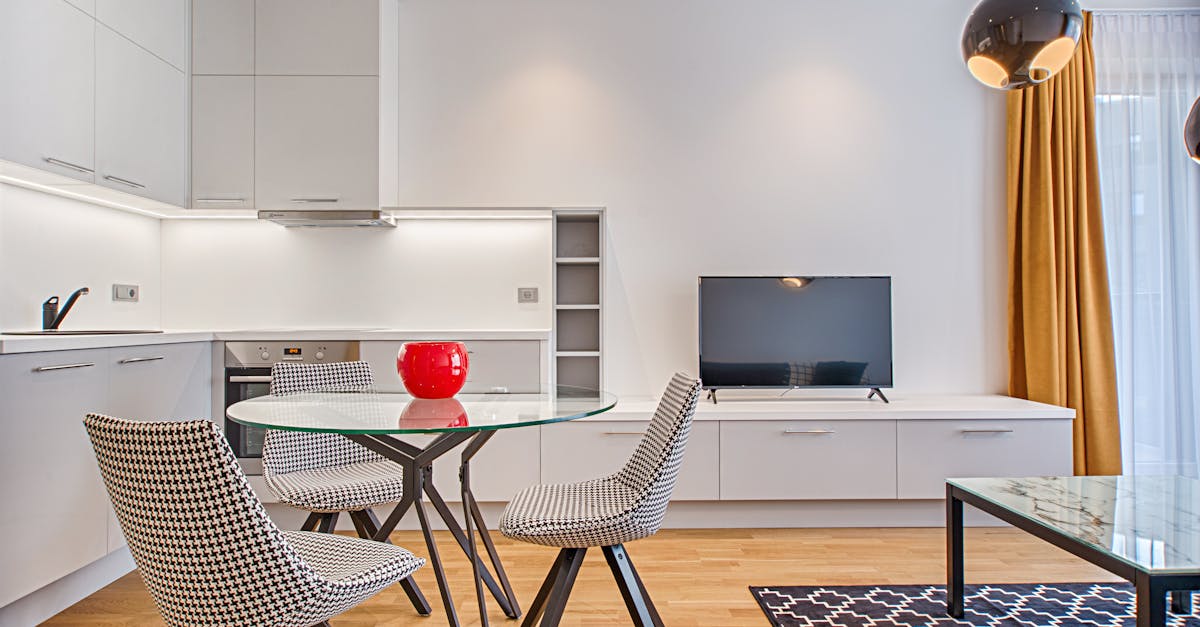- Home
- Top Reads
- Incorporating Hidden Storage into Modern Interiors
- Creative Storage Solutions for Cluttered Areas
- Sustainable Storage: Eco-Friendly Options for Homes
- Transforming Underutilised Areas into Storage Havens
- Multi-Use Furniture: The Best Storage Options
- Custom Built-In Storage: Enhancing Your Home's Layout
- The Art of Organising: Tips for Integrating Storage in Interiors
- Combining Aesthetics and Functionality in Storage Design
- Maximising Vertical Space with Clever Storage Solutions
- Innovative Storage Ideas for Small Living Spaces
- Adapting Your Home for Ergonomic Efficiency
- Principles of Ergonomic Design for Open-Plan Living
- Assessing the Impact of Ergonomics on Furniture Selection
- Essential Ergonomic Furniture for Home Entertaining Areas
- Integrating Ergonomics into Family-Friendly Spaces
- The Role of Ergonomics in Enhancing Home Wellbeing
- Creating an Ergonomic Layout for Small Apartments
- Designing a Home Office that Promotes Comfort and Productivity
- How to Choose Ergonomically Designed Chairs for Your Living Space
- The Importance of Ergonomic Principles in Modern Home Design
- Adapting to Change: Furniture for Evolving Space Needs
- Trends in Multi-Functional Furniture for Modern Interiors
- Creating Multi-Functional Zones in Open Plan Living Areas
- Choosing the Right Materials for Multi-Functional Furniture Designs
- Stylish Storage: Multi-Functional Furniture to Declutter Your Space
- The Art of Dual-Purpose Furniture in Contemporary Homes
- Maximising Functionality: Essential Multi-Use Furniture for Homes
- Designing with Purpose: The Benefits of Multi-Functional Pieces
- Innovative Furniture Layouts for Modern Interiors
- Innovative Multi-Functional Furniture Ideas for Small Spaces
- Transform Your Living Area with Versatile Furniture Solutions
- Strategies for Arranging Furniture in a Multi-Use Room
- The Role of Furniture Arrangement in Open Plan Living
- Balancing Aesthetics and Function in Furniture Arrangement
- Incorporating Personal Style in Your Furniture Layout
- How to Use Rugs to Define Furniture Zones
- Arranging Furniture for Optimal Natural Light
- The Impact of Furniture Layout on Room Functionality
- Integrating Technology with Space Planning Strategies
- Creating Flow: Tips for Arranging Living Room Furniture
- Balancing Aesthetics and Function in Space Design
- Mastering the Art of Furniture Arrangement for Small Spaces
- Designing for Accessibility in Home Layouts
- The Influence of Natural Light in Space Arrangement
- Creating Zones: Dividing Spaces for Functionality
- Adaptive Space Planning for Modern Family Needs
- Innovative Solutions for Maximising Small Spaces
- The Role of Flow in Optimising Room Layouts
- Crafting Cohesive Living Spaces through Strategic Layouts
- Understanding the Principles of Effective Space Planning
- Colour Trends to Watch in Modern Interior Design
- Using Colour to Define Individual Spaces Within an Open Layout
- The Impact of Natural Light on Colour Perception
- Mixing and Matching Colours: Tips for a Balanced Look
- Seasonal Colour Inspirations for Home Decor
- Bold Accent Walls: Choosing the Right Hue
- Harmonising Neutrals: A Guide to Subtle Colour Palettes
- Creating Cohesive Colour Schemes for Open Plan Living
- Tips for Painting Different Surfaces: Wood, Metal, and More
- Complementary Colours: Enhancing Your Living Space
- The Psychology of Colour in Home Interiors
- Trends in Paint Techniques for a Modern Home
- Creative Ways to Use Chalk Paint in Interior Design
- Understanding the Impact of Paint Sheen on Room Ambience
- The Role of Primer in Achieving a Perfect Paint Finish
- Techniques for Achieving a Flawless Painted Wall
- Innovative Painting Techniques to Transform Your Space
- The Science Behind Textured Paints and Their Applications
- Exploring the Effects of Matte vs Glossy Paints in Interiors
- The Art of Choosing the Right Paint Finish for Your Home
- Exploring Cultural Influences in Textile Design
- Blending Textures: Creating Depth with Fabrics
- Best Fabrics for Eco-Friendly Interior Design
- Tips for Selecting Upholstery Fabrics for Longevity
- Innovative Textile Treatments for Enhanced Durability
- The Evolution of Textile Trends in Modern Interiors
- The Impact of Natural Fibres on Interior Atmosphere
- How to Incorporate Bold Patterns into Your Home Textiles
- Choosing the Right Fabrics for Seasonal Decor Changes
- The Role of Textiles in Creating a Coherent Room Theme
- Choosing Sustainable Flooring Options for Every Room
- The Benefits of Low-Impact Paints and Finishes
- Using Upcycled Materials to Create Unique Decor
- Exploring Organic Textiles in Home Furnishings
- Biodegradable Materials and Their Impact on Home Design
- Natural Stone: A Sustainable Choice for Interiors
- Innovations in Recycled Glass Decor Elements
- Repurposing Reclaimed Wood for Stylish Interiors
- The Rise of Bamboo in Sustainable Interior Design
- Eco-Friendly Fabrics for a Greener Home
- Exploring the Effects of Colour on Mood and Emotion
- Creating Cohesion with a Monochromatic Colour Scheme
- Techniques for Combining Bold Colours Effectively
- The Influence of Natural Light on Colour Perception
- The Role of Neutrals in Creating Balanced Interiors
- How to Use Accent Colours to Make a Statement
- Colour Trends for Modern Home Design in 2023
- Utilising Colour Psychology to Enhance Your Living Space
- The Impact of Warm and Cool Colours on Room Atmosphere
- Understanding Colour Harmony in Home Interiors
- The Use of Large Windows to Enhance Industrial Ambience
- Mixing Old and New: Industrial Decor Meets Modern Trends
- Achieving Minimalism with Industrial Design Elements
- The Influence of Industrial Lighting on Home Aesthetics
- Open Space Concepts: Blending Functionality and Style
- The Charm of salvaged Materials in Contemporary Homes
- Creating a Factory-Style Kitchen with Vintage Fixtures
- Understanding the Role of Concrete in Modern Design
- Incorporating Metal Accents for an Urban Vibe
- The Raw Appeal of Exposed Brick in Industrial Interiors
- Lighting Solutions for an Eclectic Aesthetic
- Statement Pieces: The Centrepiece of Eclectic Design
- How to Choose the Right Textures for an Eclectic Room
- Eclectic Decor: Balancing Chaos and Cohesion
- Personalising Your Space with Eclecticism
- Combining Modern and Vintage Elements Seamlessly
- Use of Bold Colours in Eclectic Style Homes
- Embracing Cultural Influences in Eclectic Interiors
- The Art of Mixing Patterns in Eclectic Decor
- Curating an Eclectic Living Space with Flea Market Finds
- Blending Old and New: A Guide to Transitional Vintage Styles
- The Role of Antique Lighting in Vintage Interior Design
- Accessorising with Vintage Finds: Tips and Techniques
- Iconic Furniture Pieces That Define Retro Décor
- Curating a Retro Colour Palette for Authentic Appeal
- The Allure of Vintage Wallpaper Patterns
- Classic Farmhouse Aesthetics: A Nostalgic Revival
- Exploring the Bohemian Flair in Vintage Spaces
- The Impact of Minimalist Design on Mental Wellbeing
- Reviving the Glamour of Art Deco Home Design
- The Timeless Charm of Mid-Century Modern Interiors
- Integrating Nature: Biophilic Elements in Minimalist Design
- Minimalist Decor: Focal Points without Overwhelm
- Artful Organisation: The Importance of Decluttering
- Textures without Clutter: Minimalist Fabric Selection
- Maximising Negative Space in Minimalist Interiors
- Essential Furniture for a Minimalist Approach
- The Role of Light in Minimalist Interior Design
- Creating Tranquility: Colour Choices for Minimalist Spaces
- Embracing Simplicity: The Essence of Minimalist Aesthetics
- Sustainable Practices within Contemporary Home Design
- Accessibility in Contemporary Interior Design
- Blending Indoor and Outdoor Living in Contemporary Homes
- The Role of Colour in Contemporary Design Trends
- Lighting Techniques to Enhance Contemporary Spaces
- Bold Statements: Incorporating Art into Contemporary Interiors
- Creating Fluid Spaces in Contemporary Home Design
- Innovative Materials that Define Contemporary Aesthetics
- The Influence of Technology on Contemporary Interior Spaces
- Embracing Simplicity: Key Elements of Contemporary Design
Forever Spaces Kitchens, Bathrooms, Bedrooms & Home Offices
1-2 Church St, Haddington EH41 3EX
01620672890
